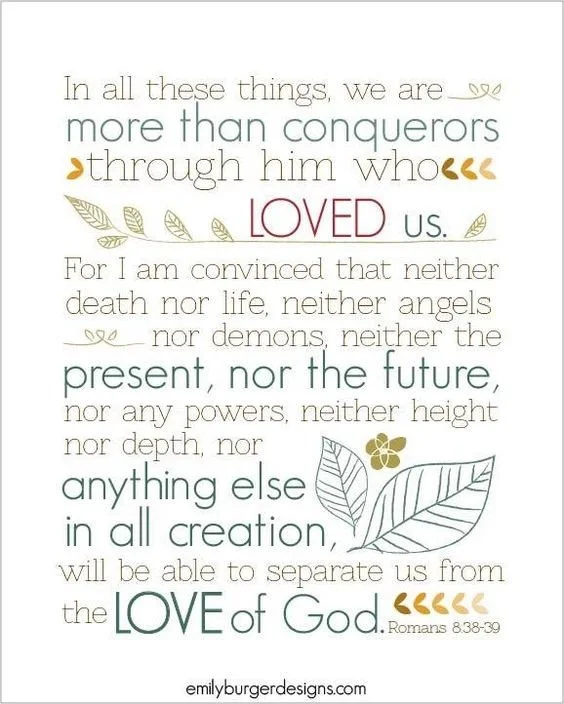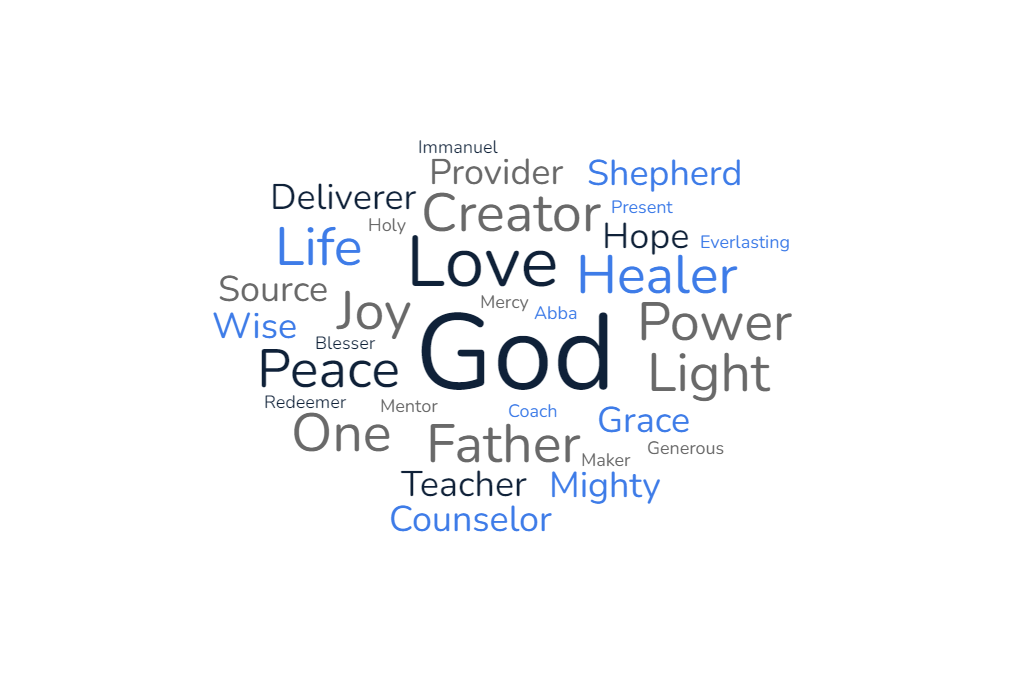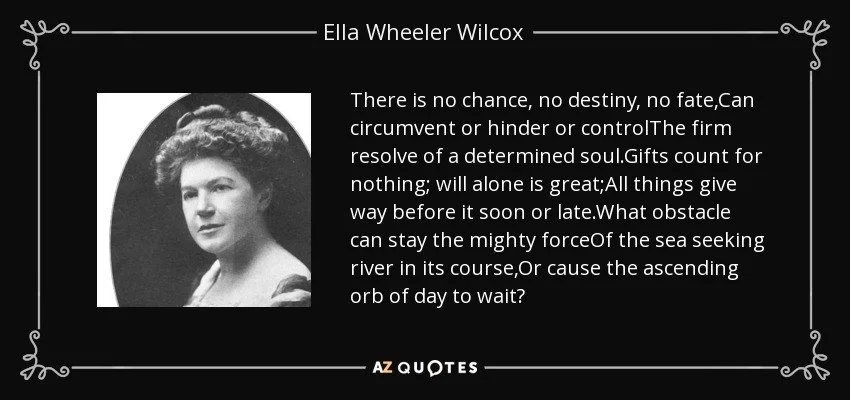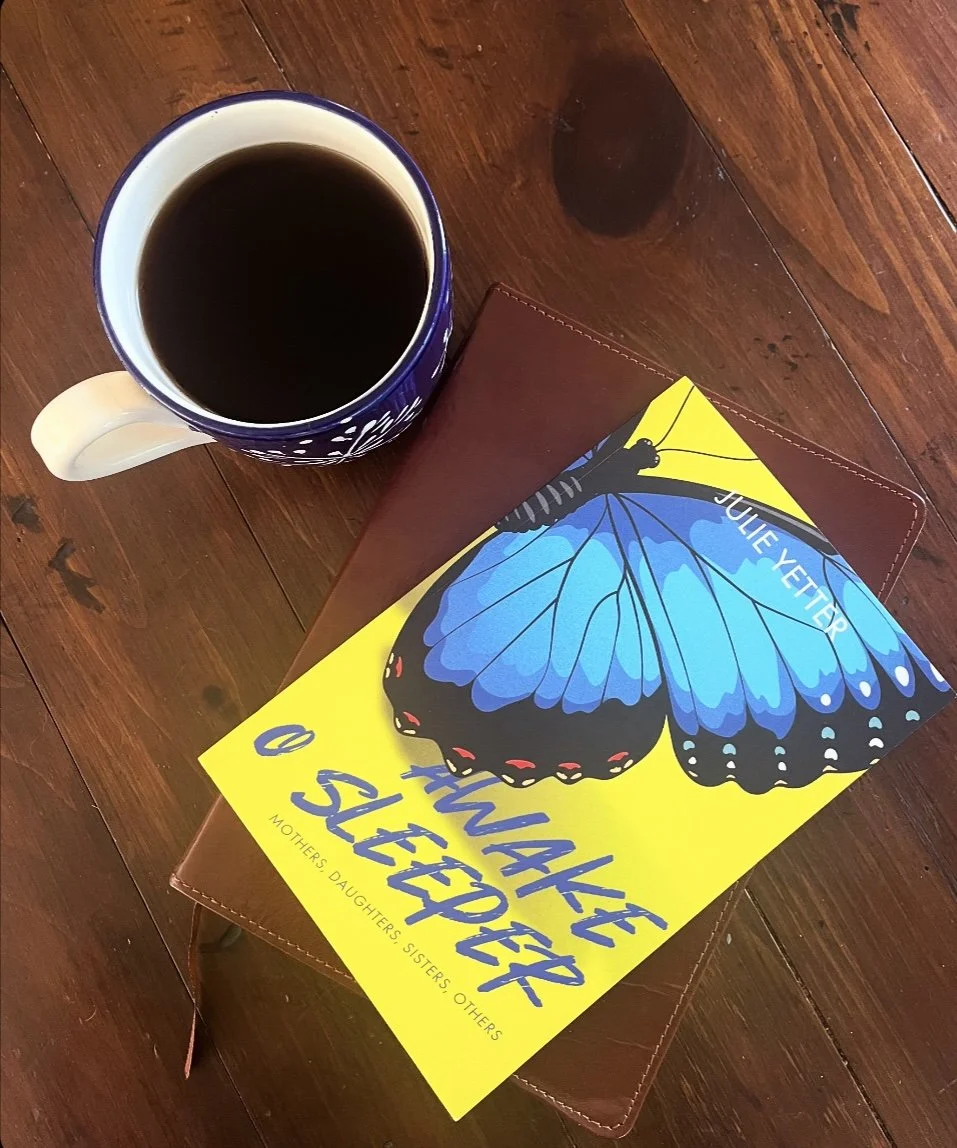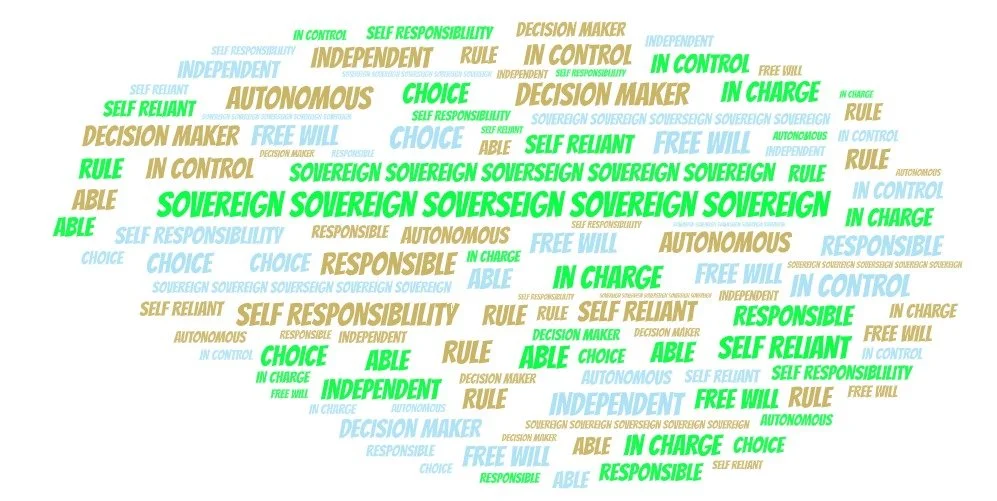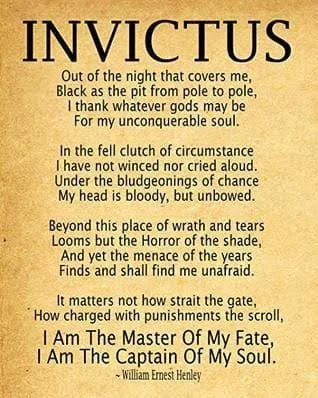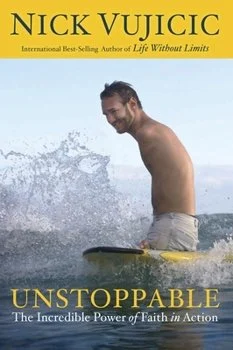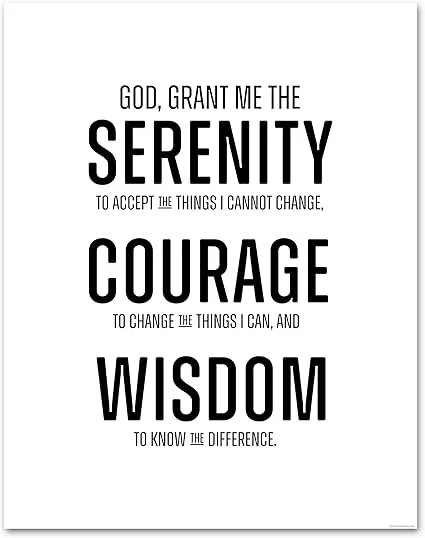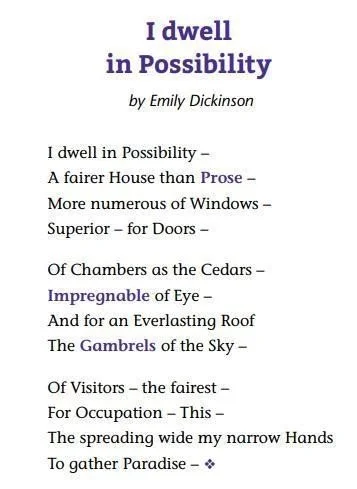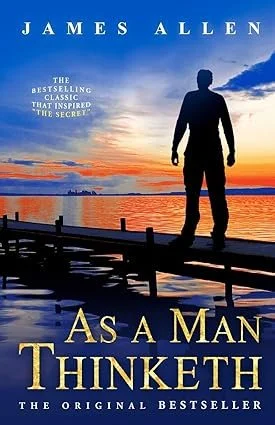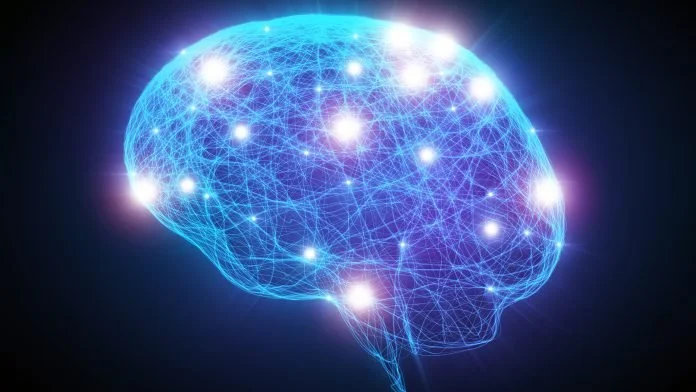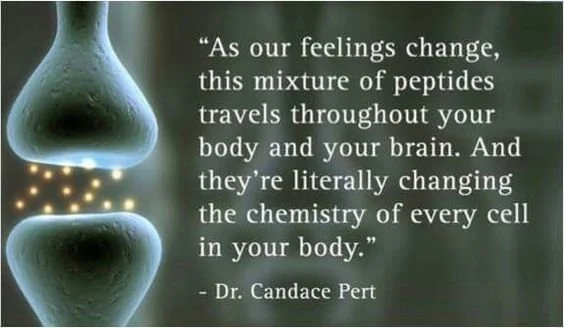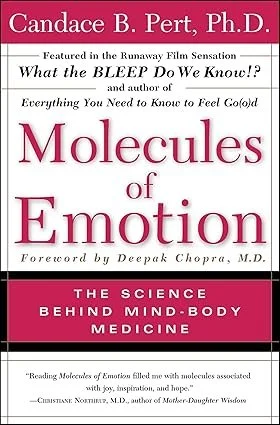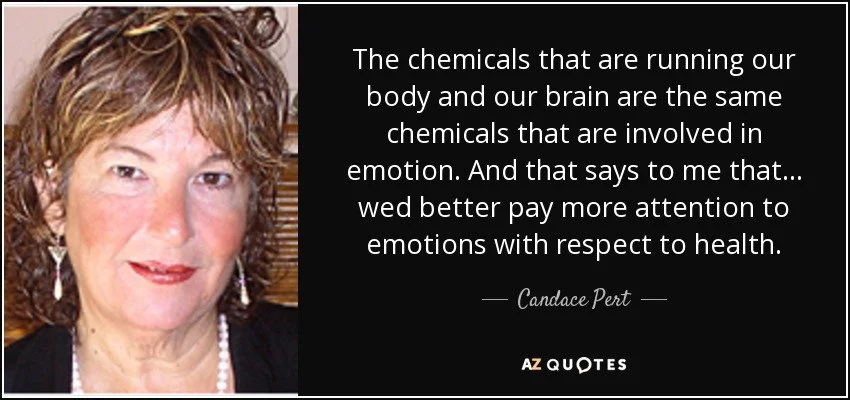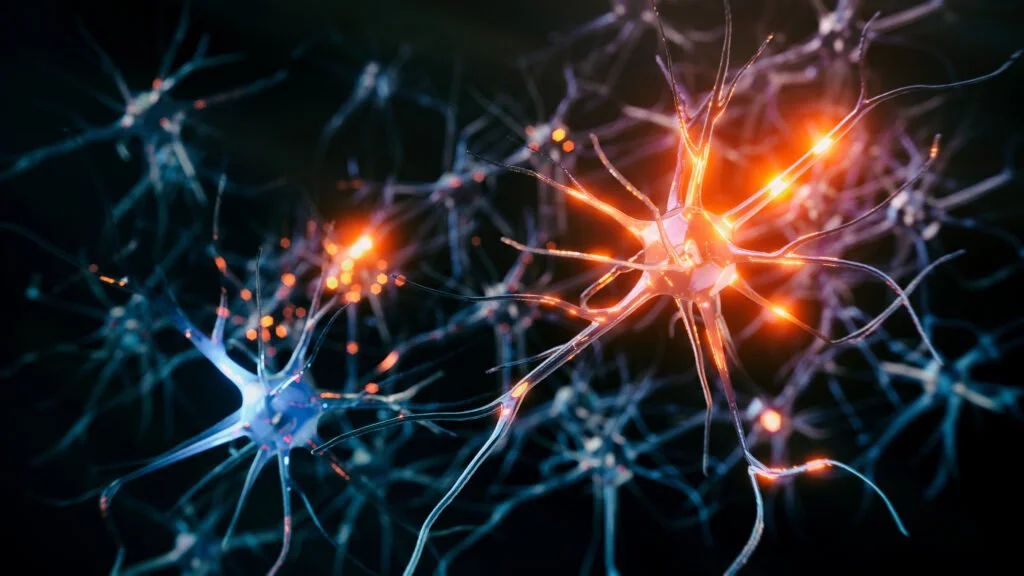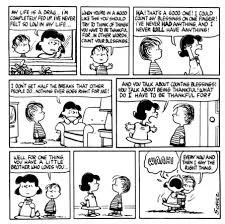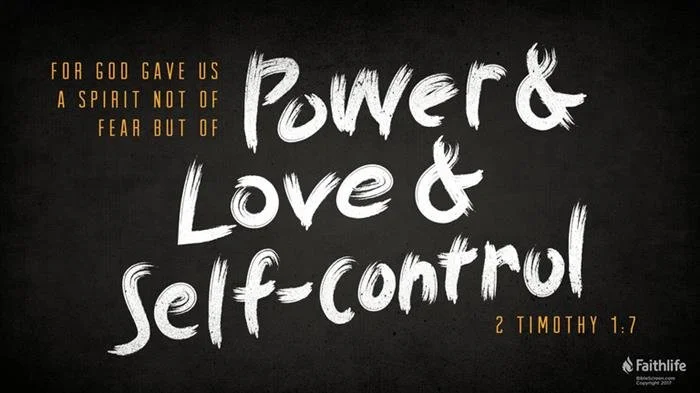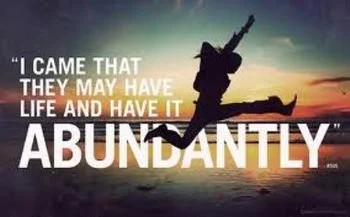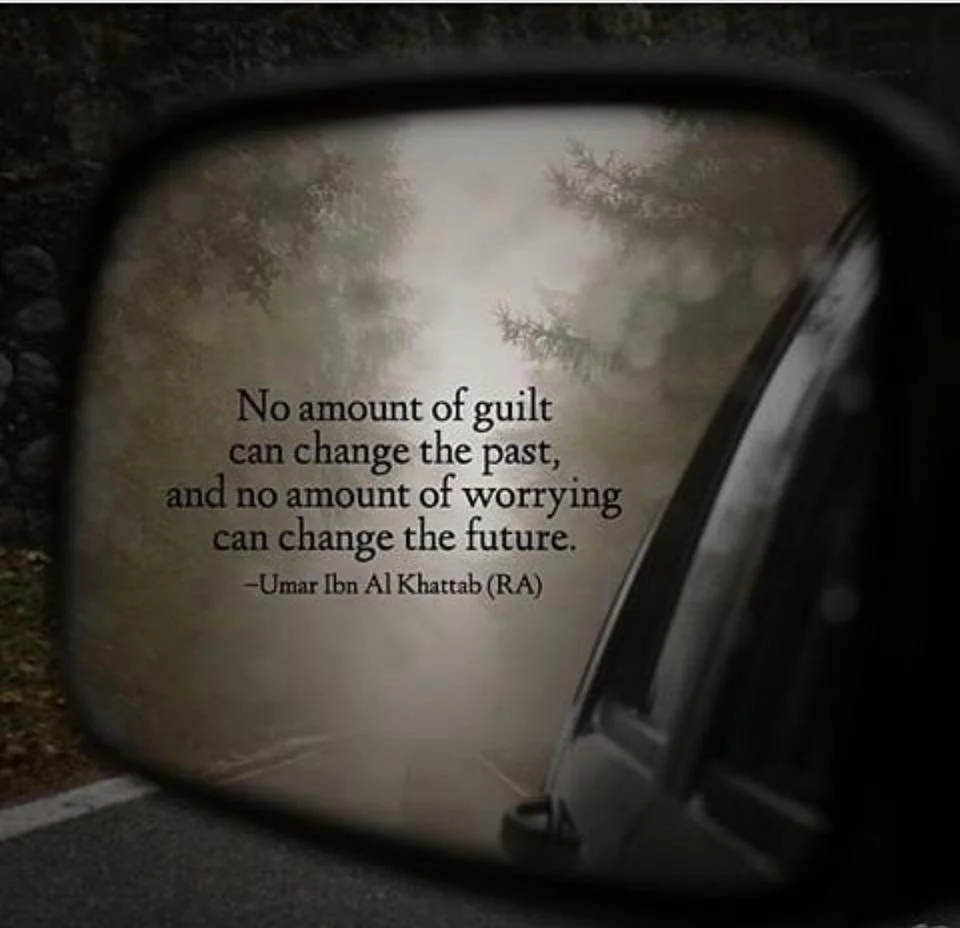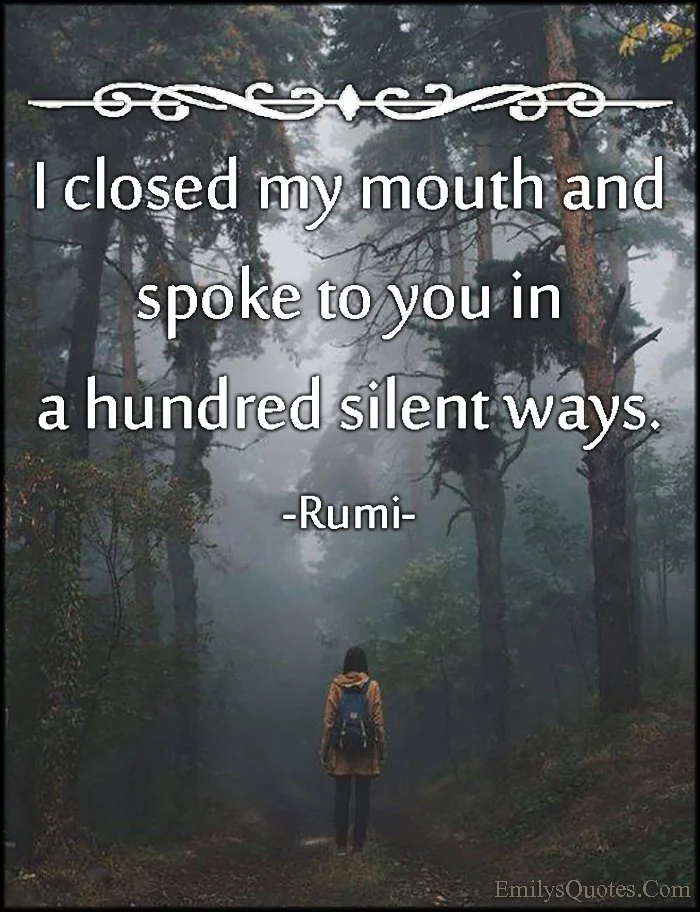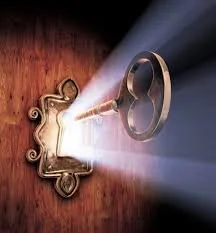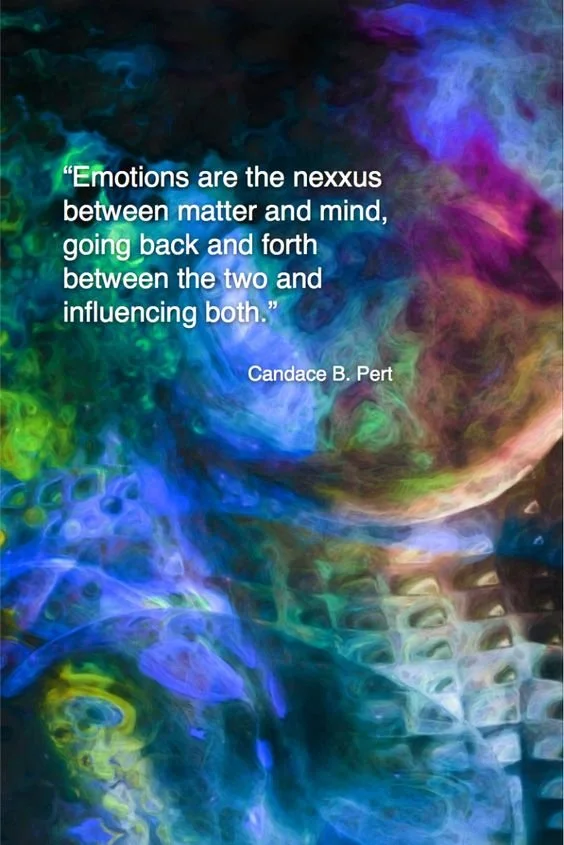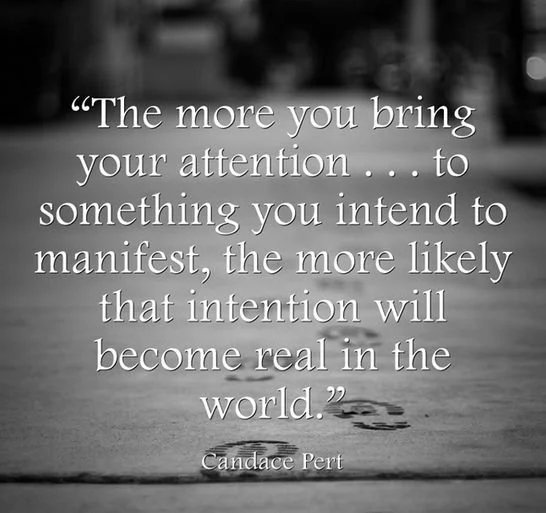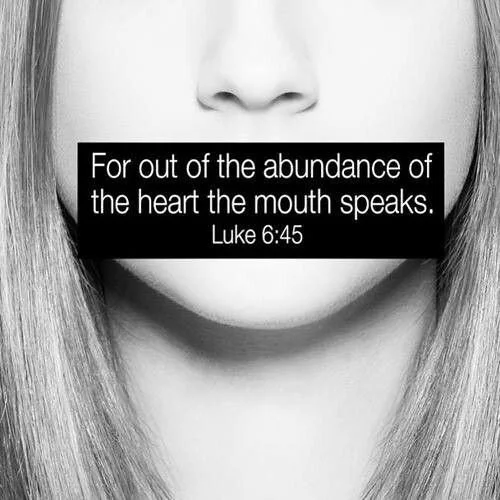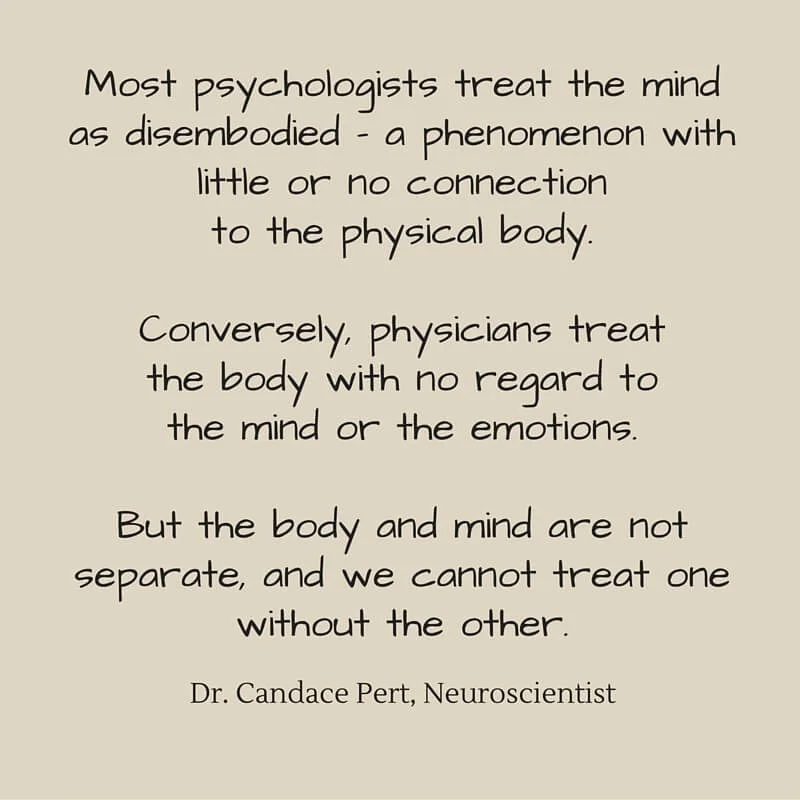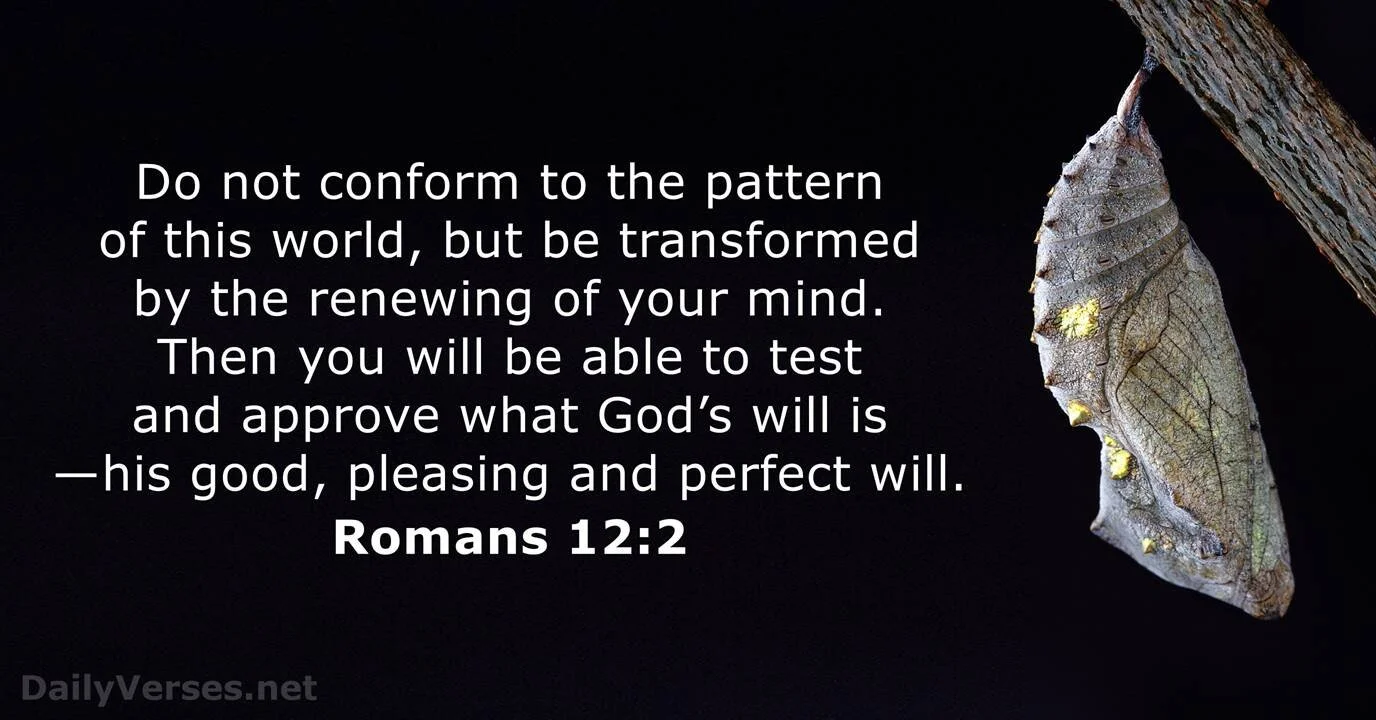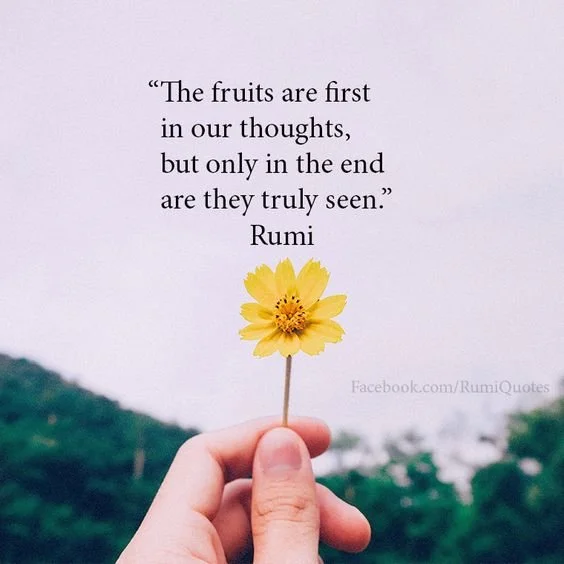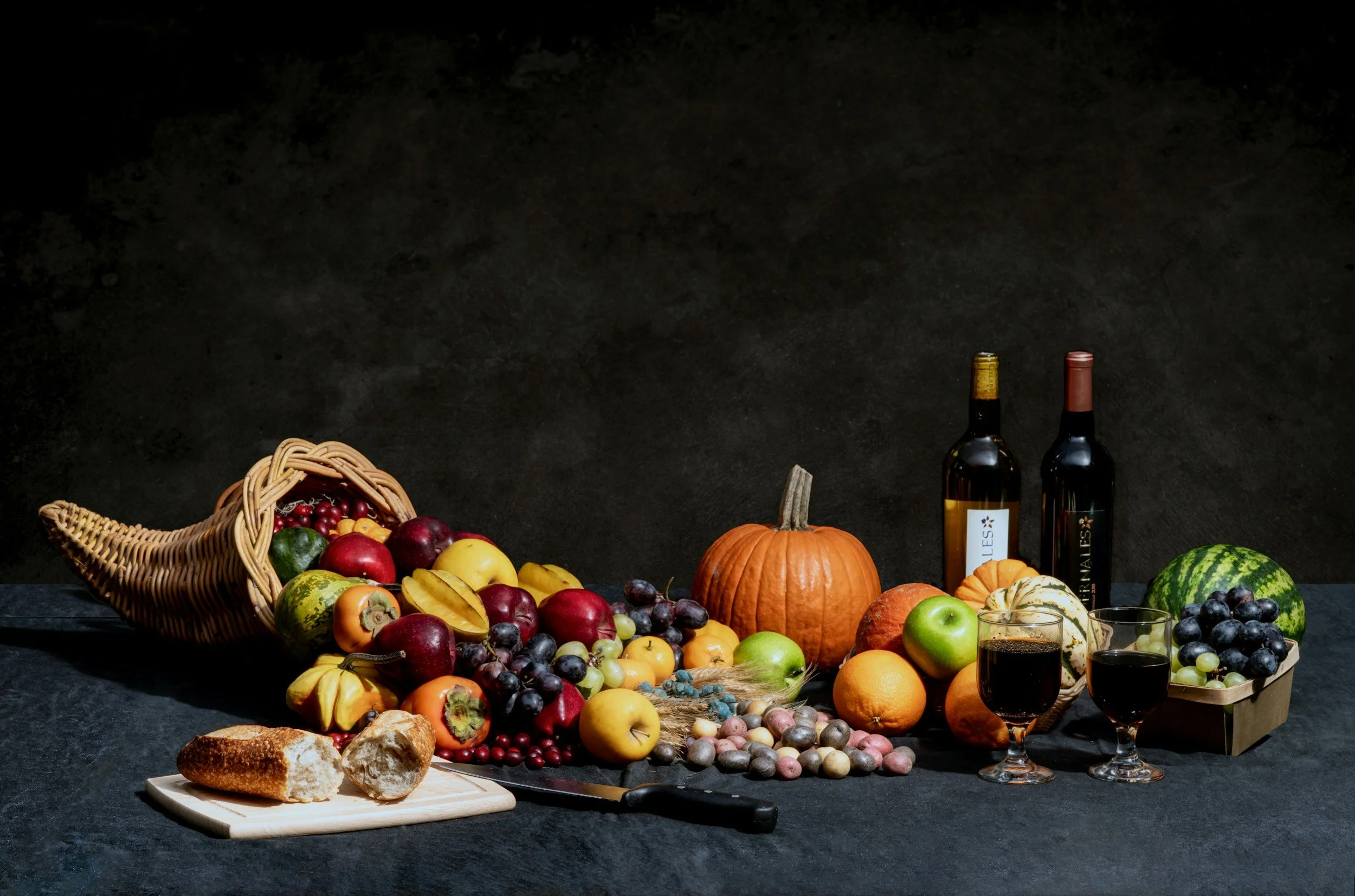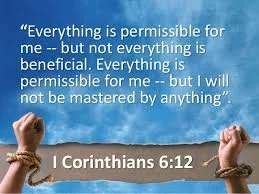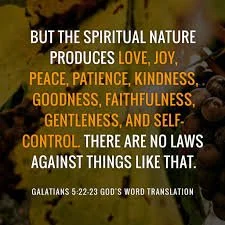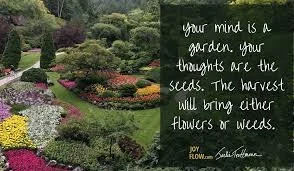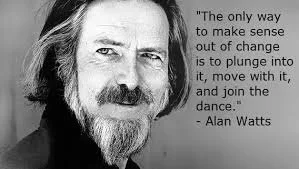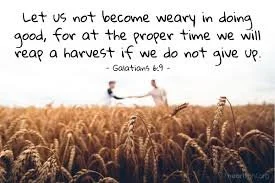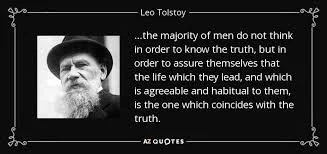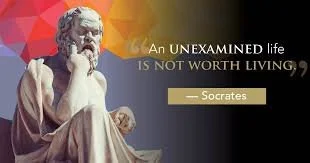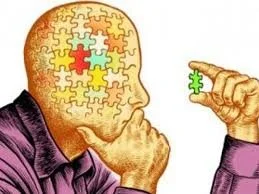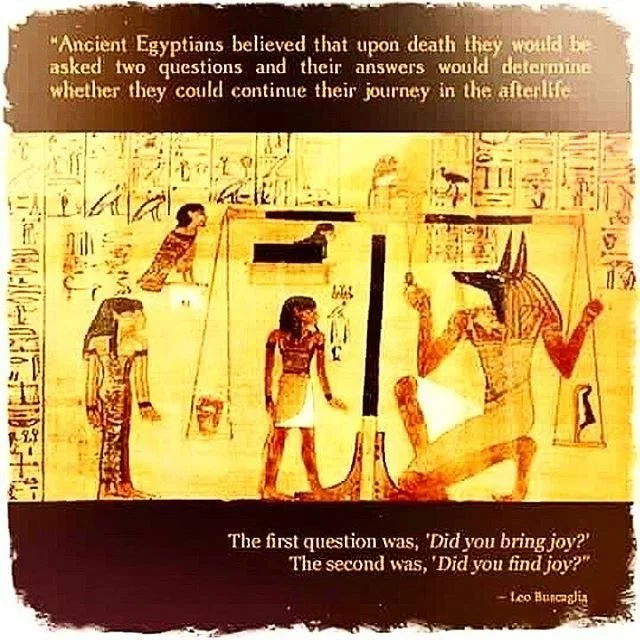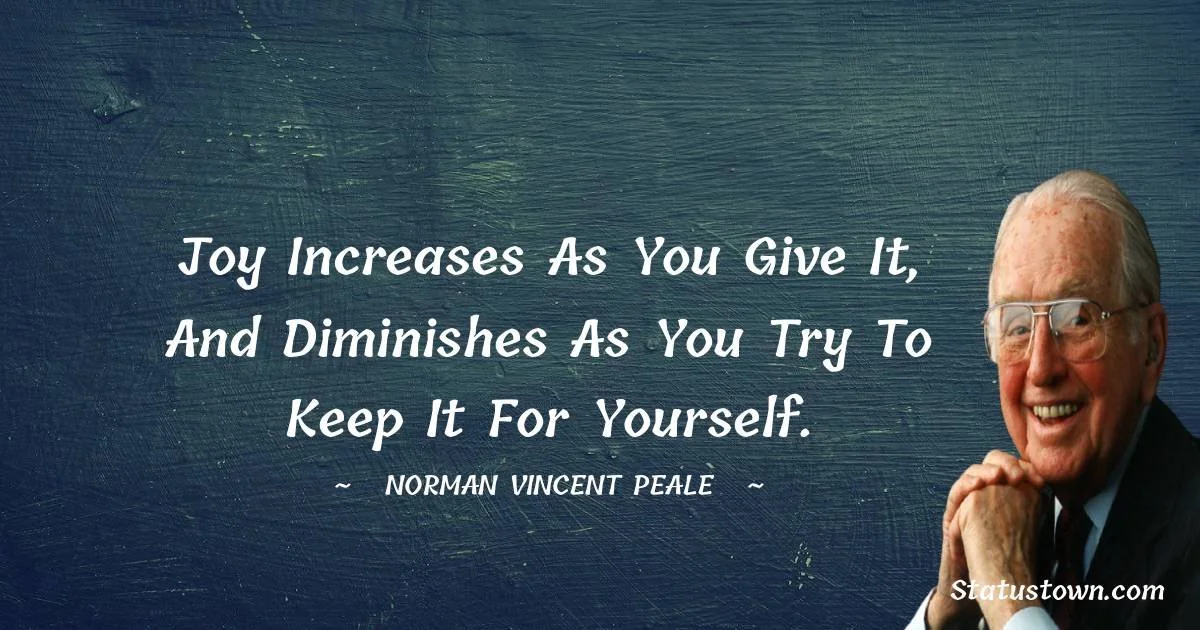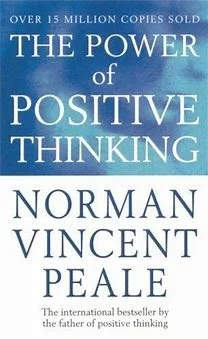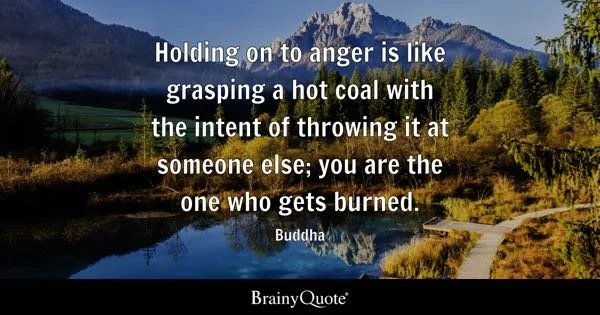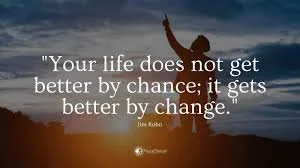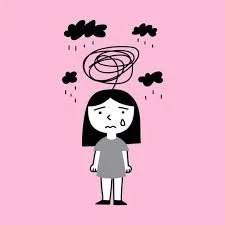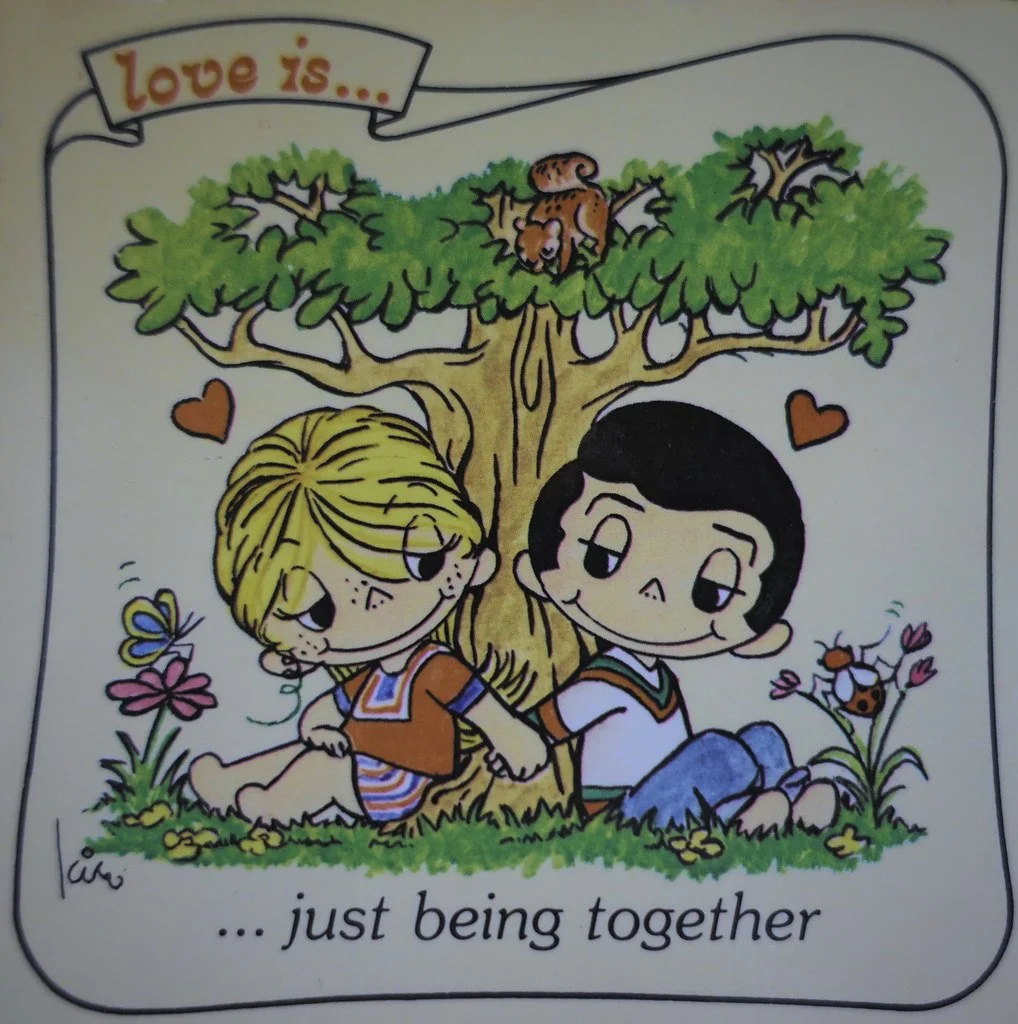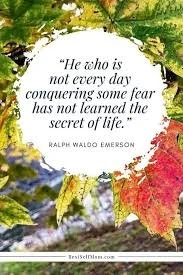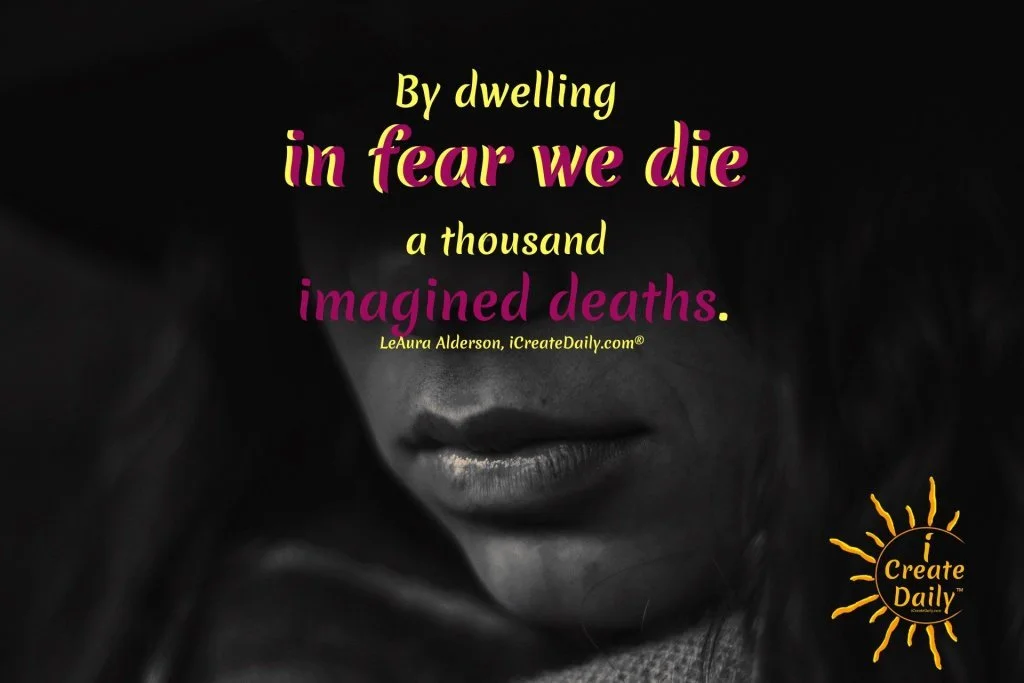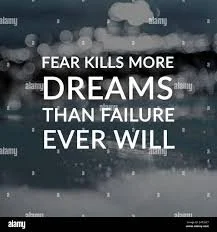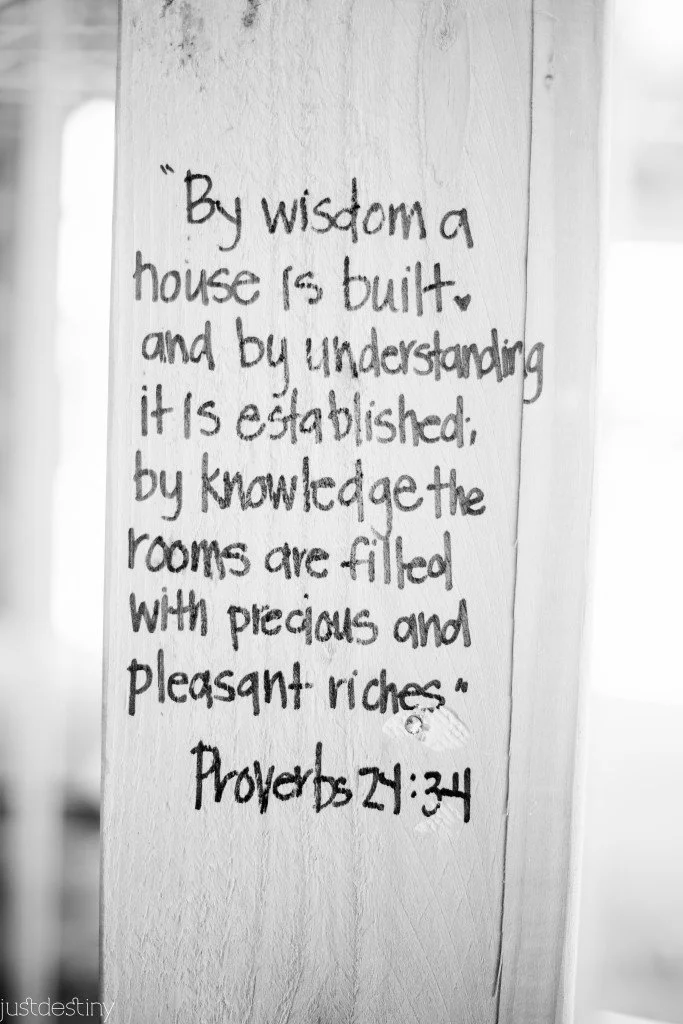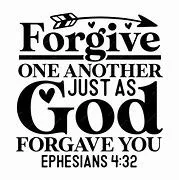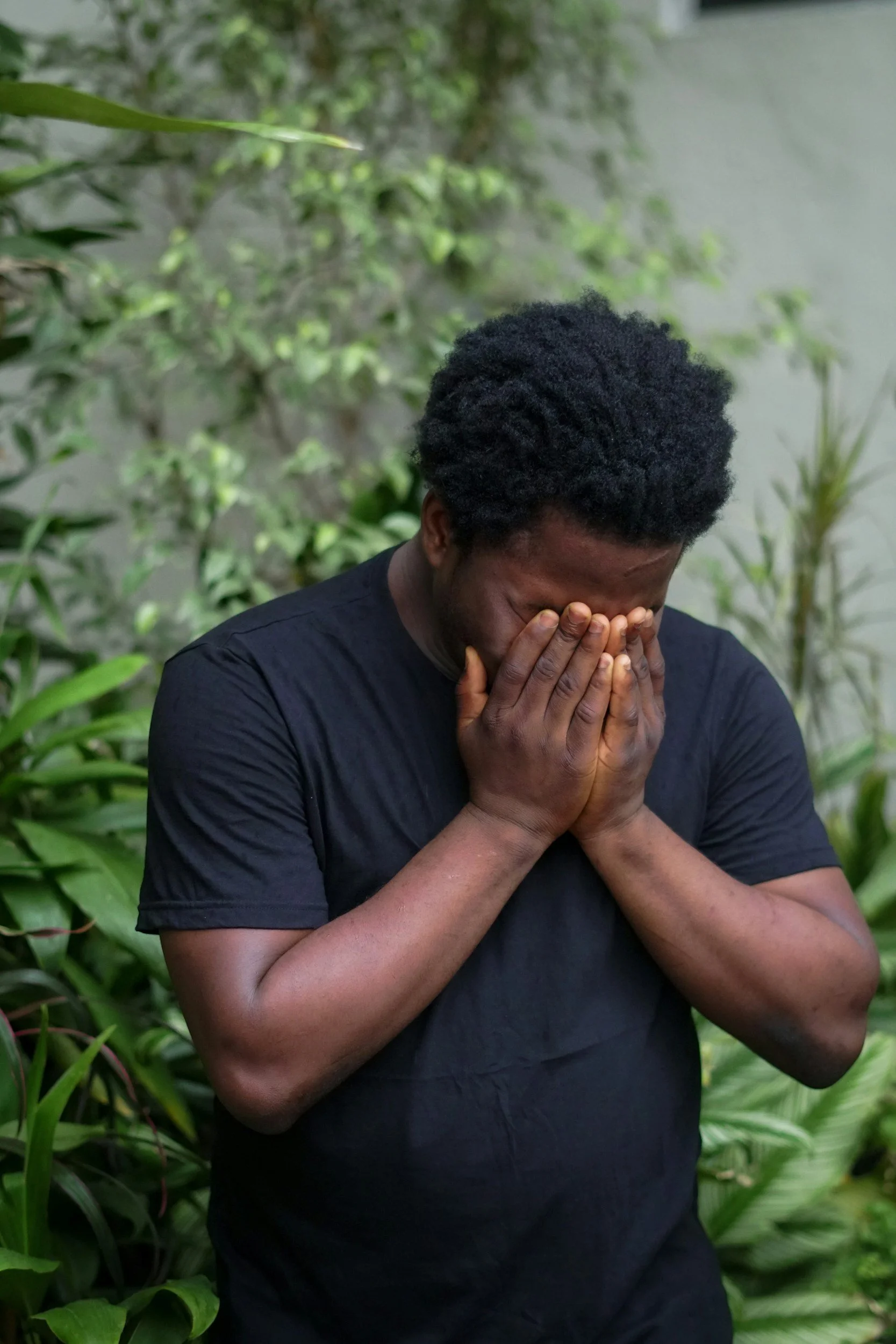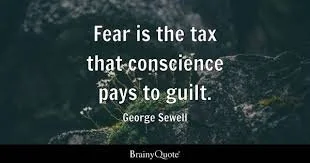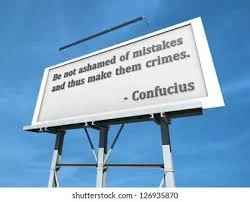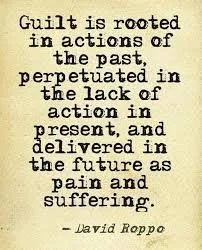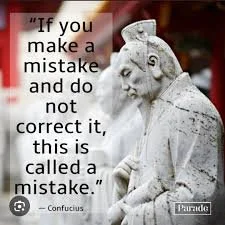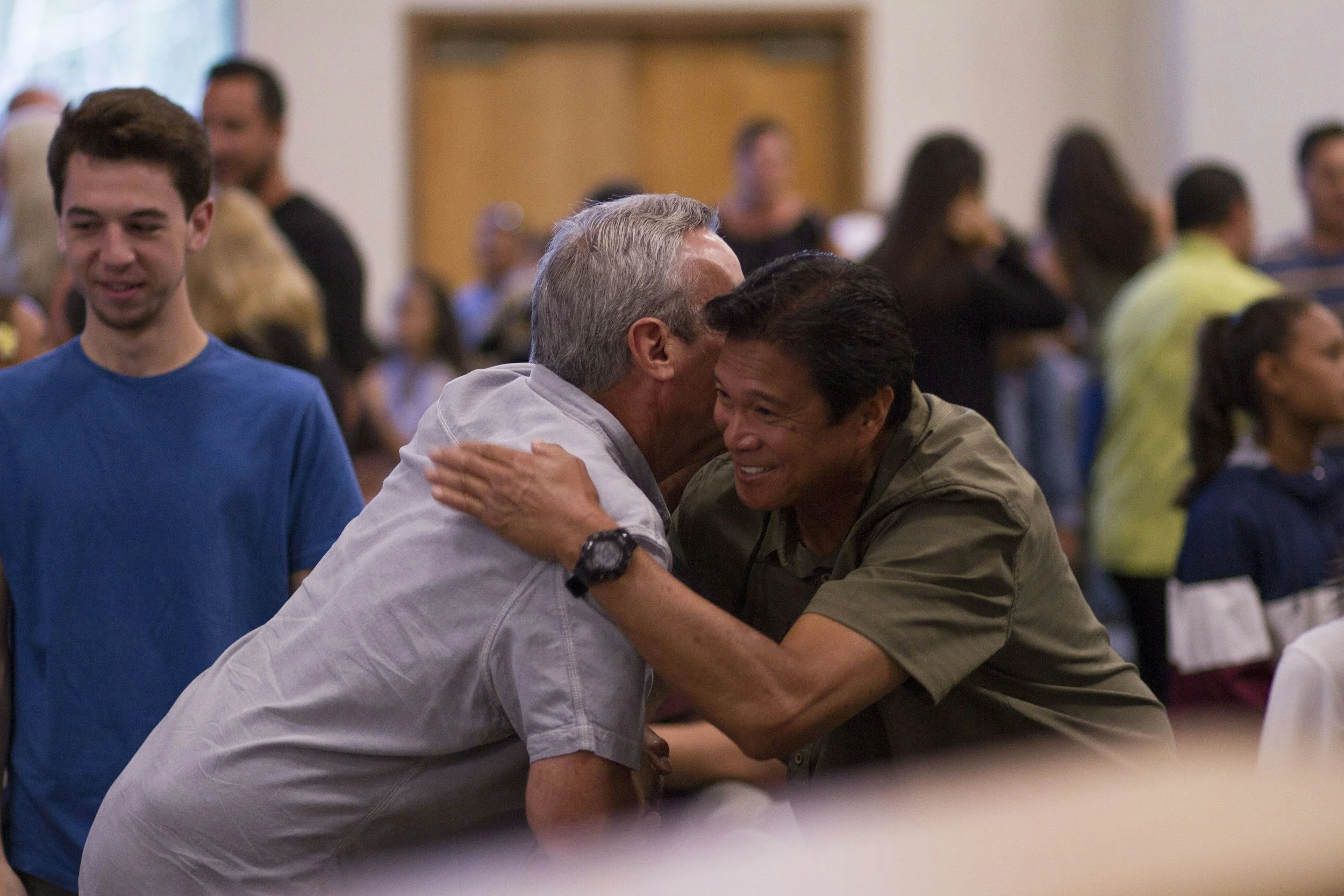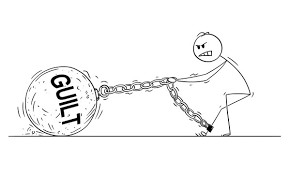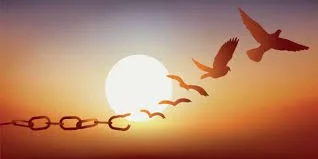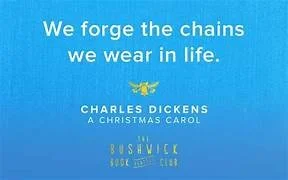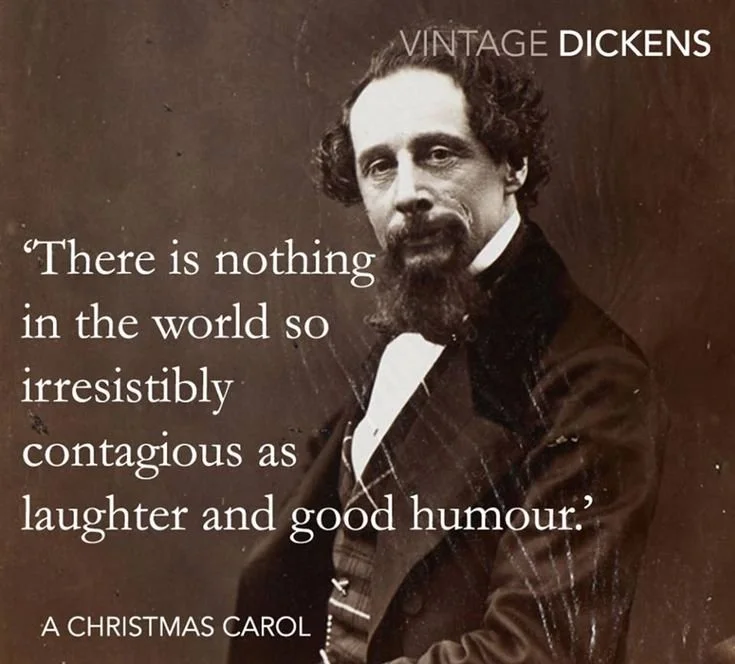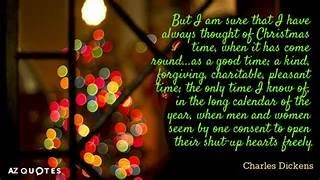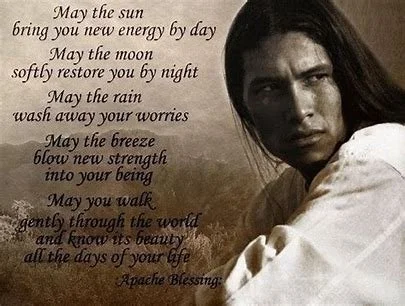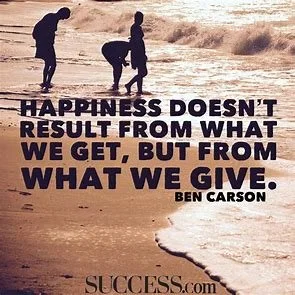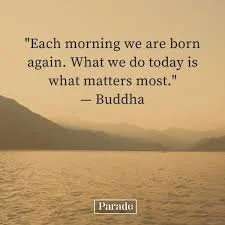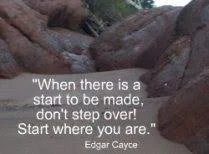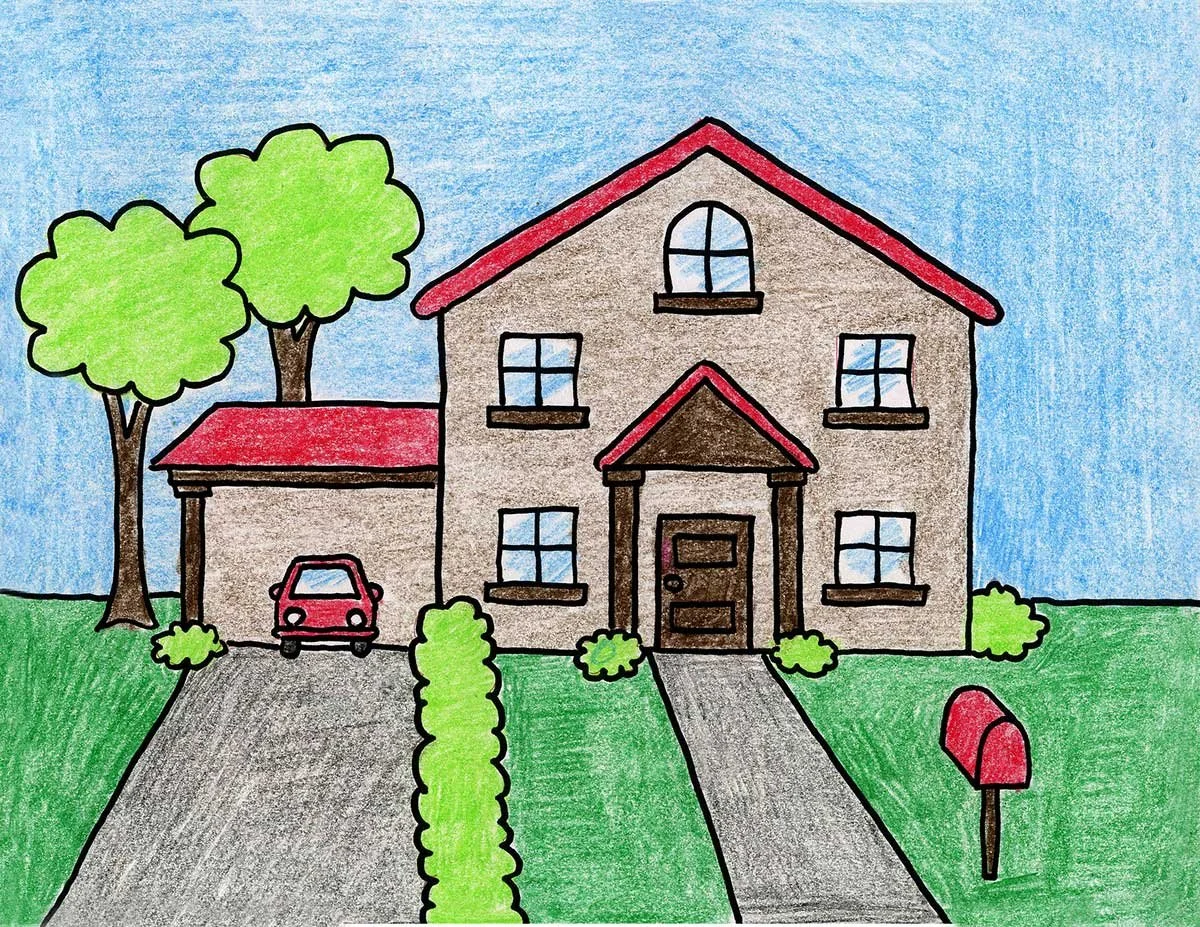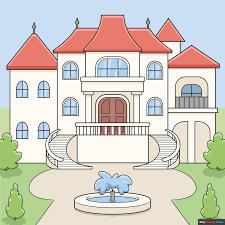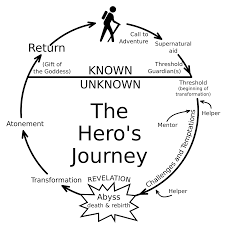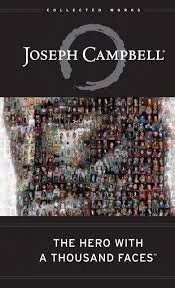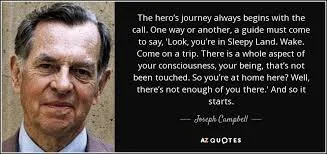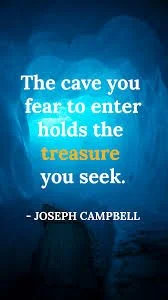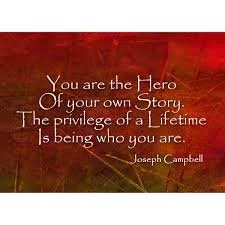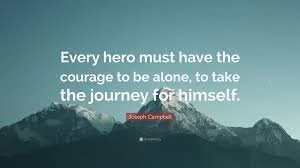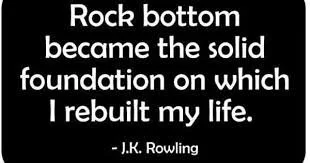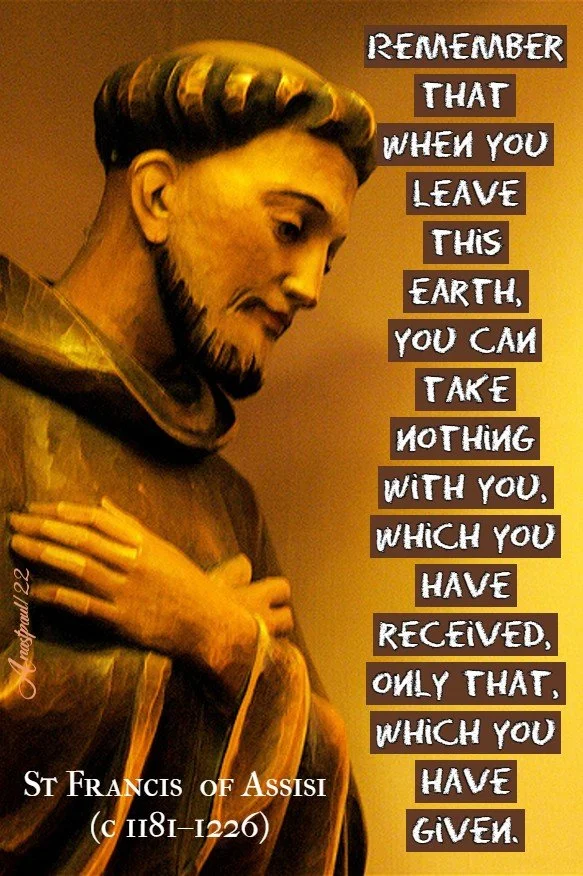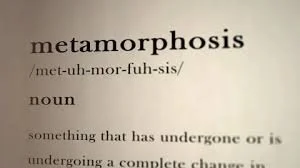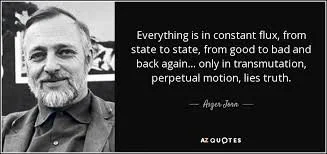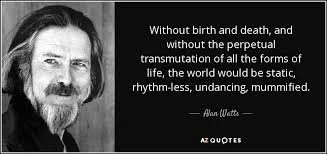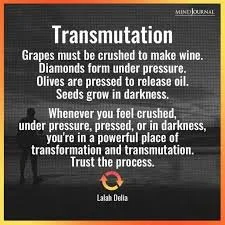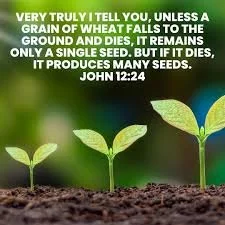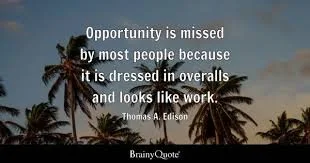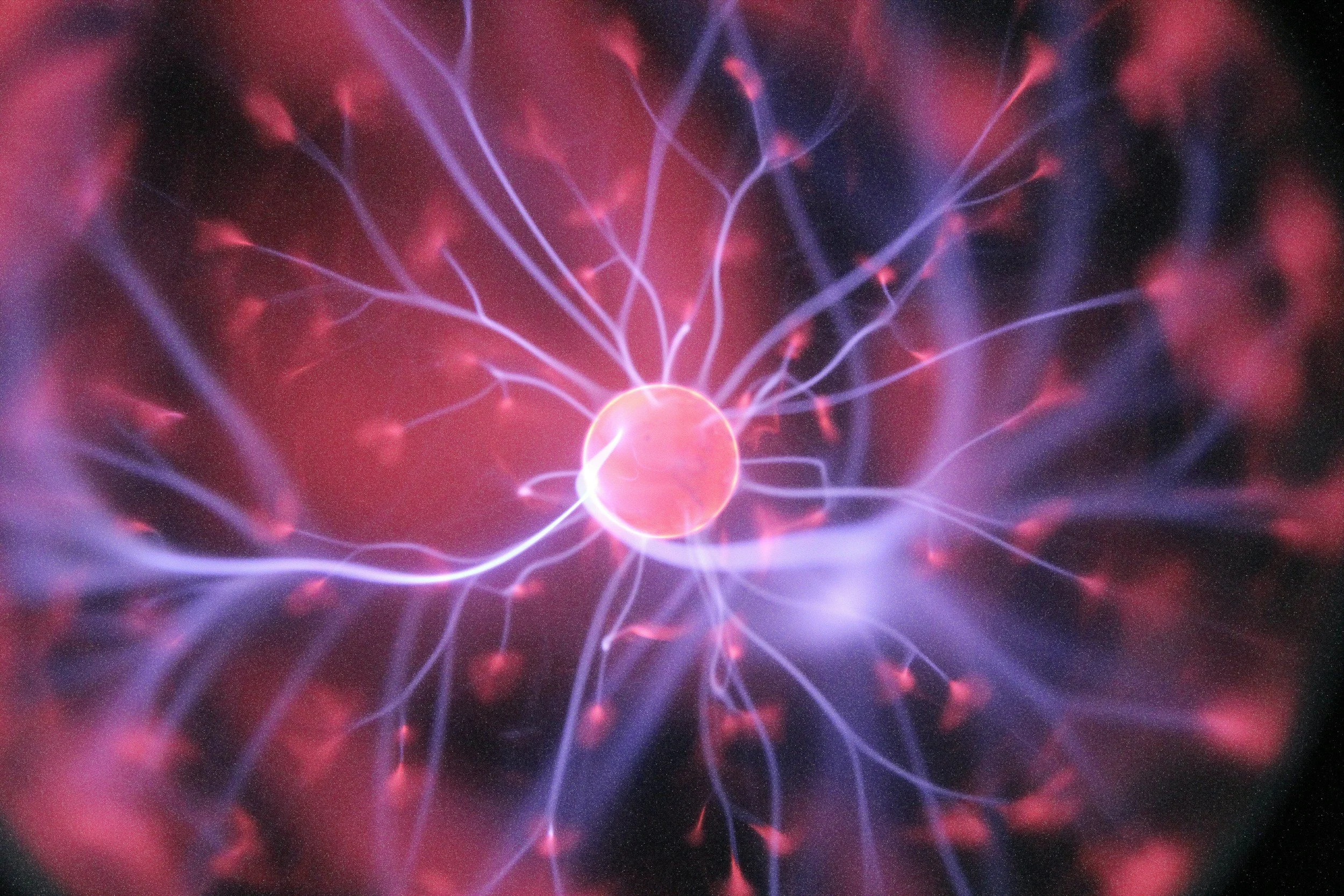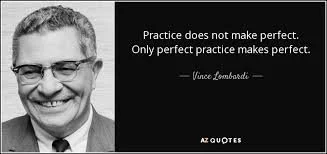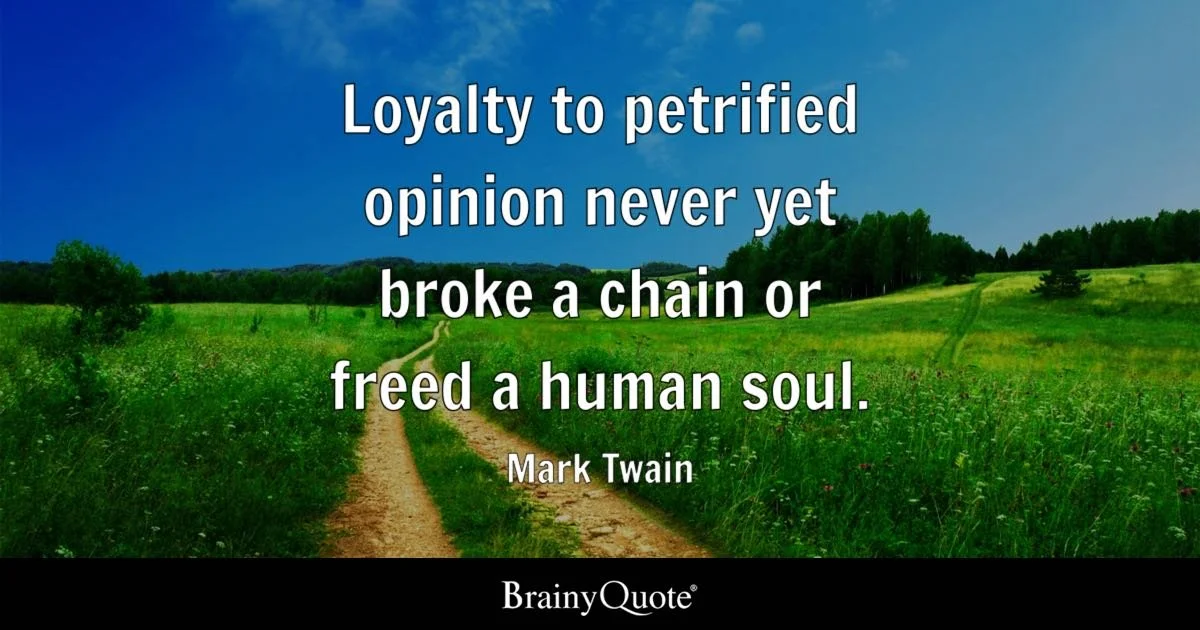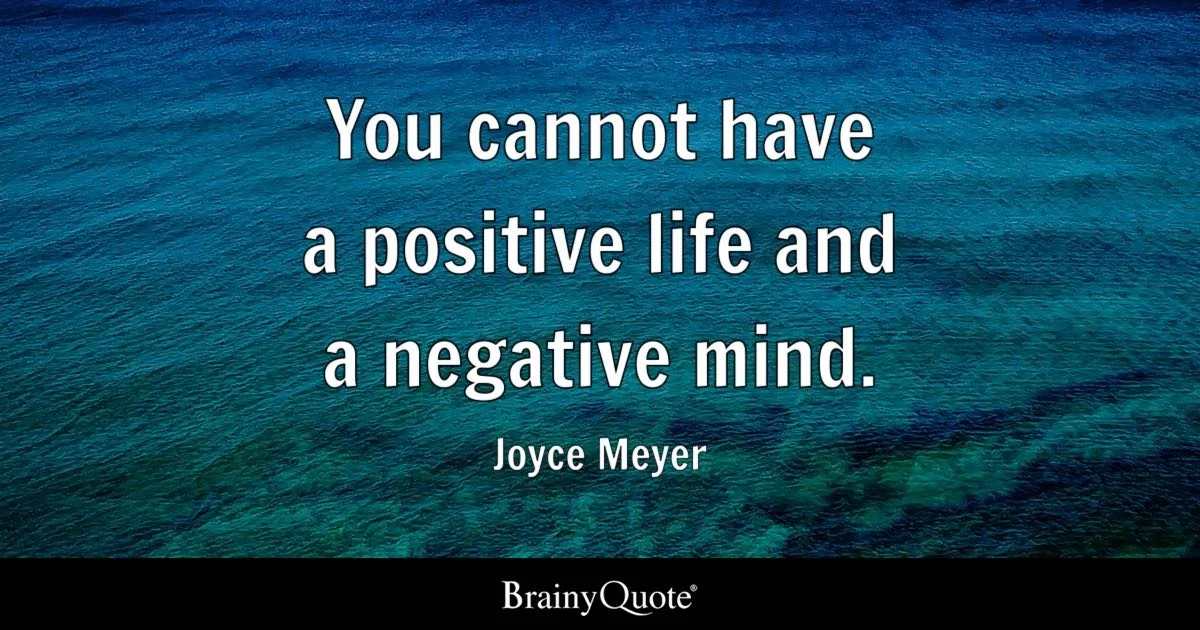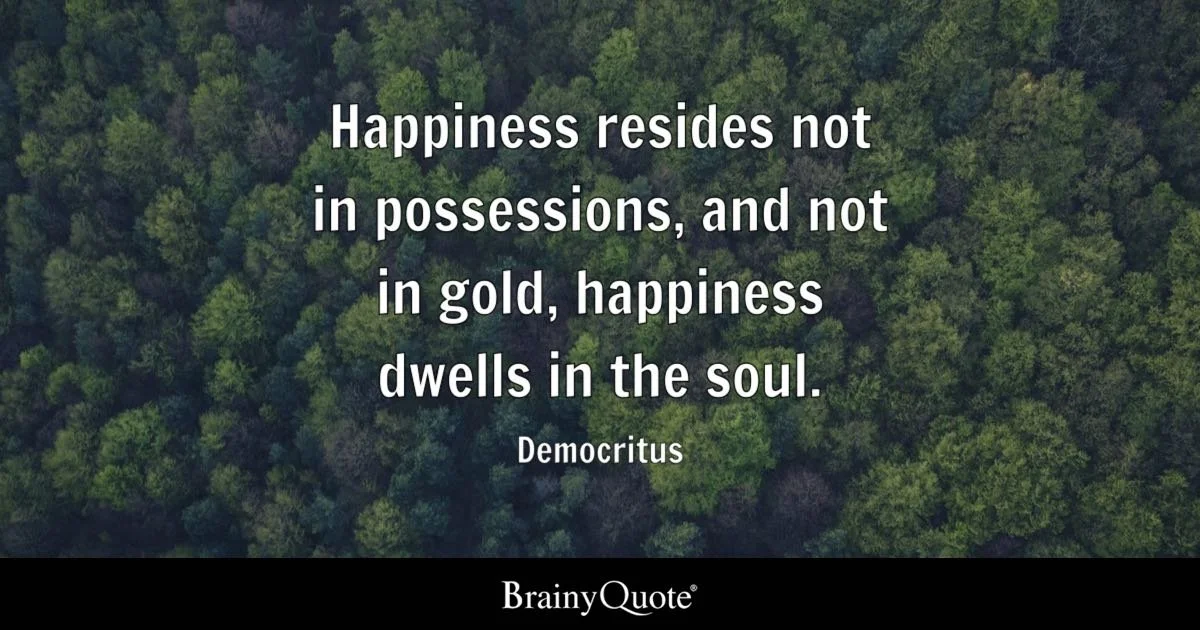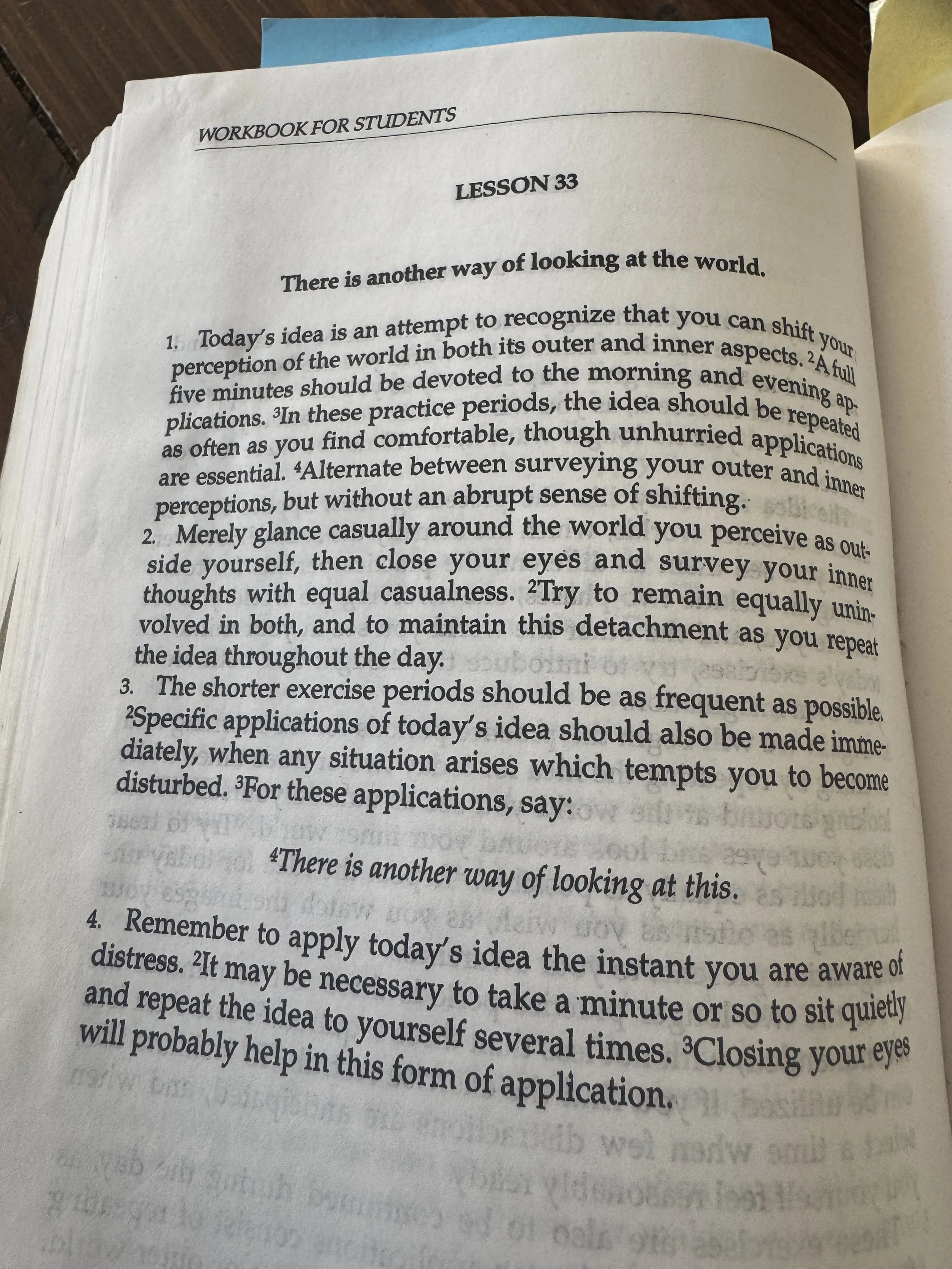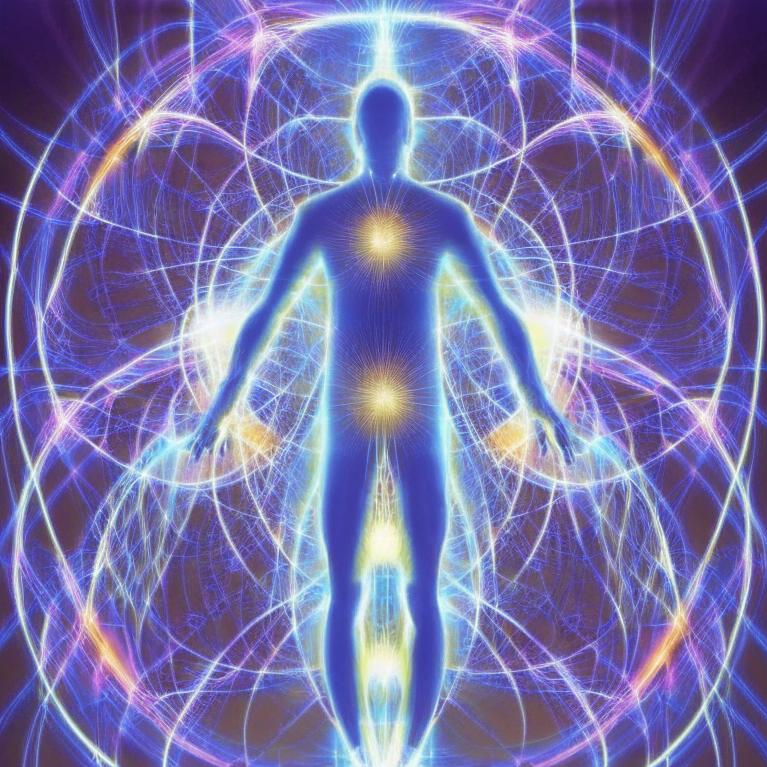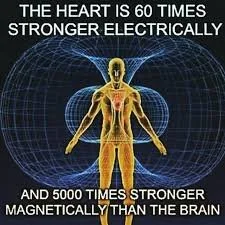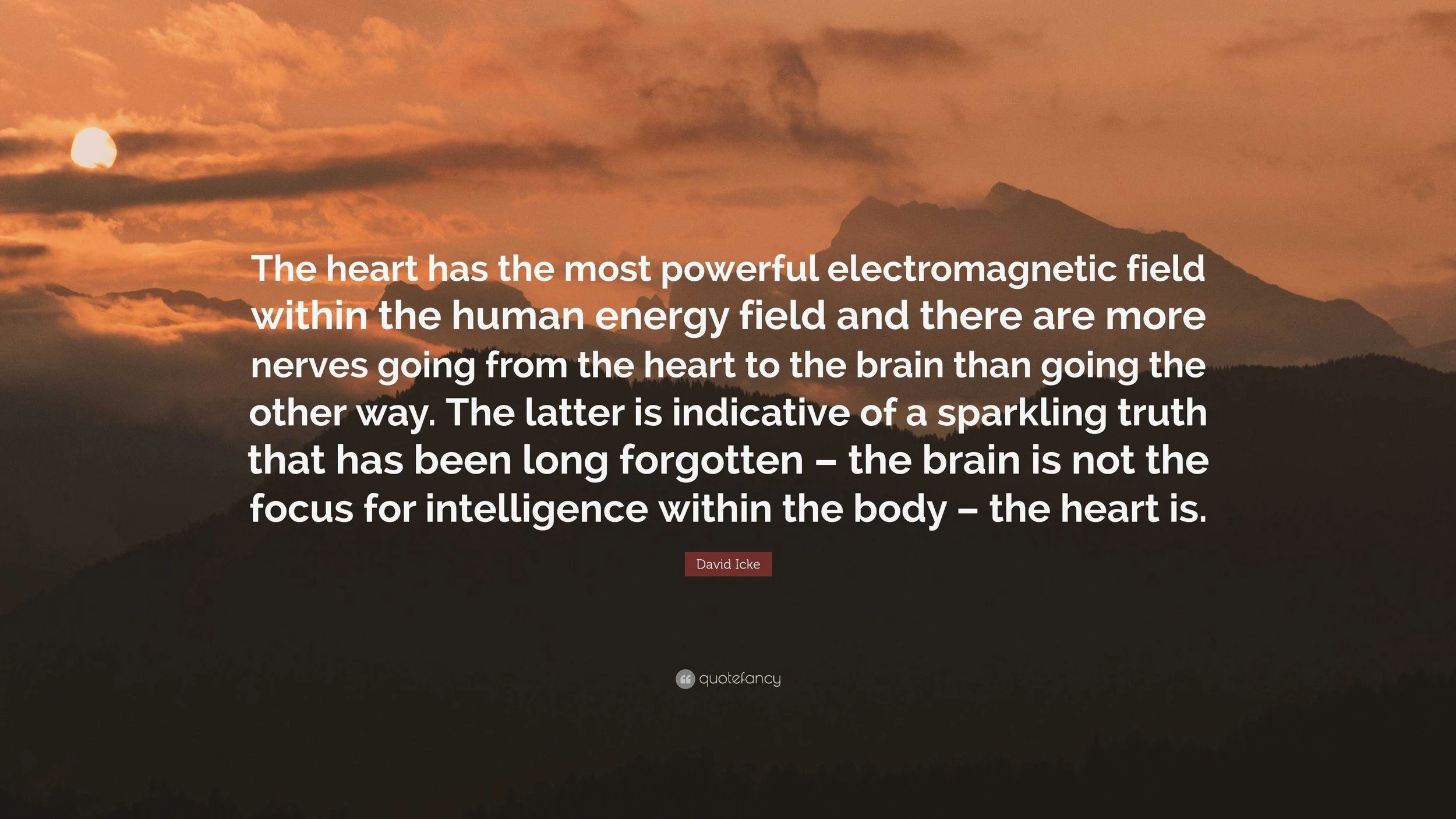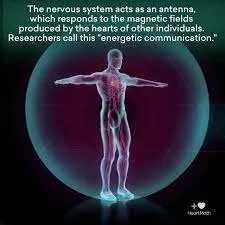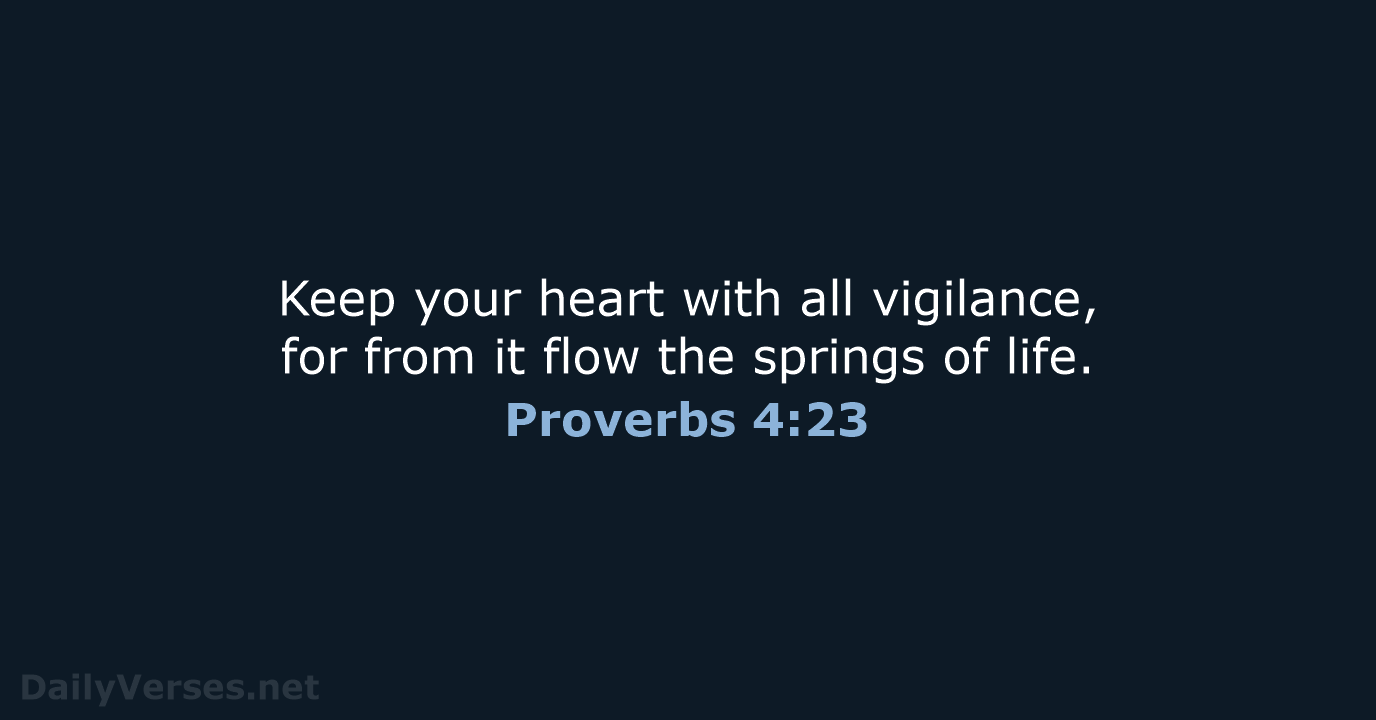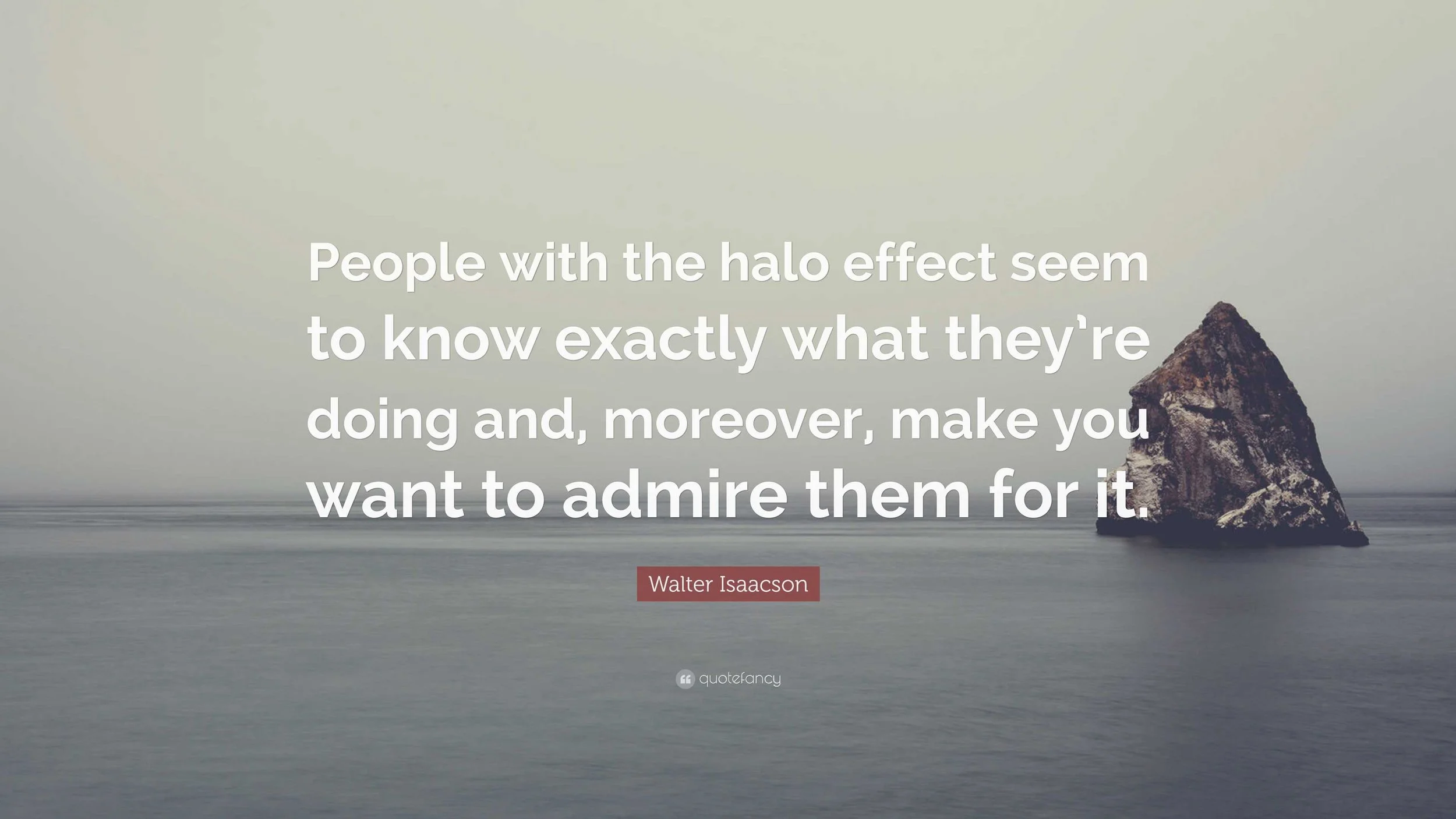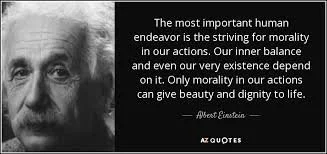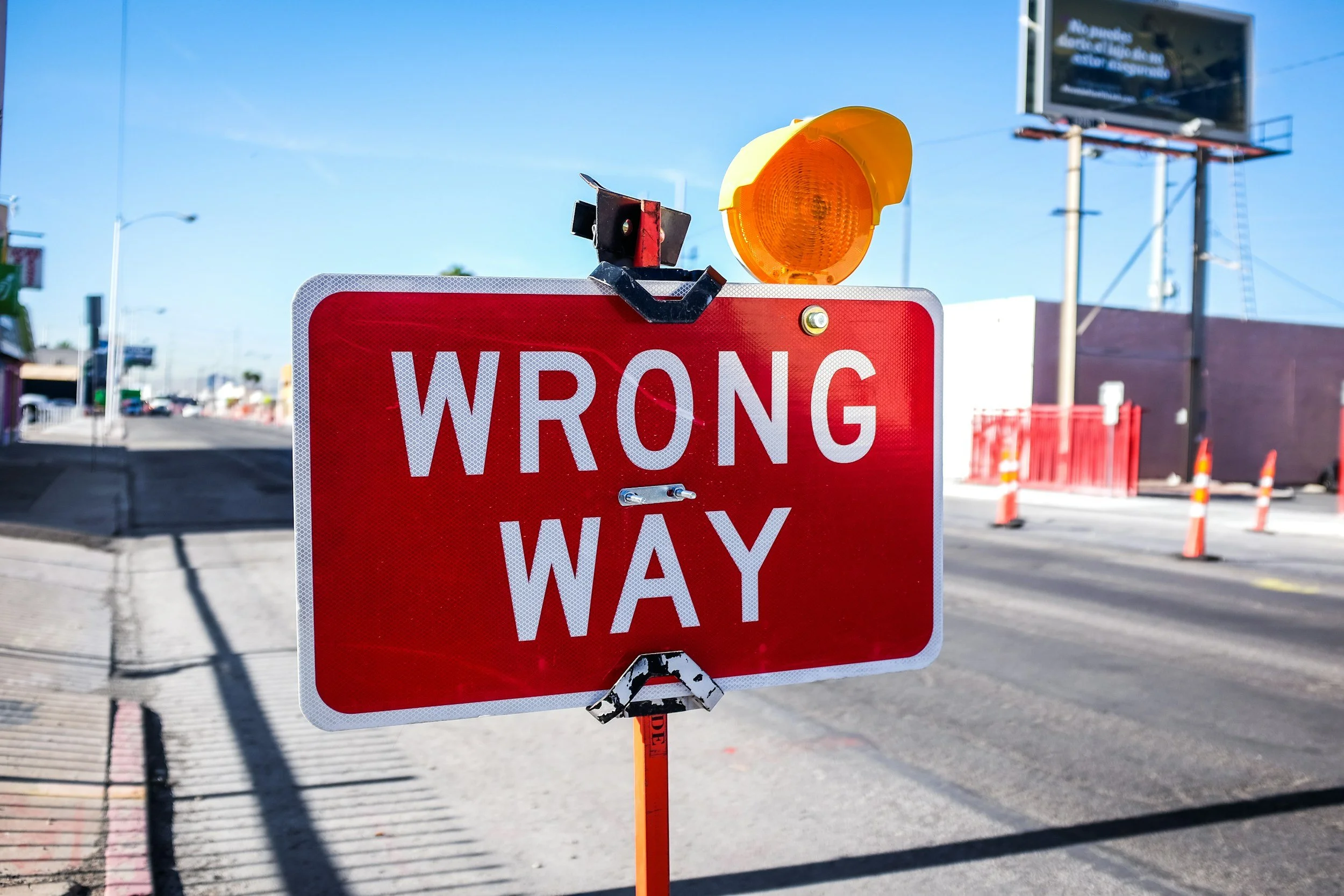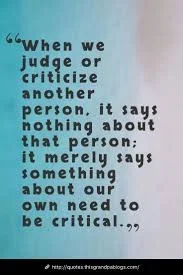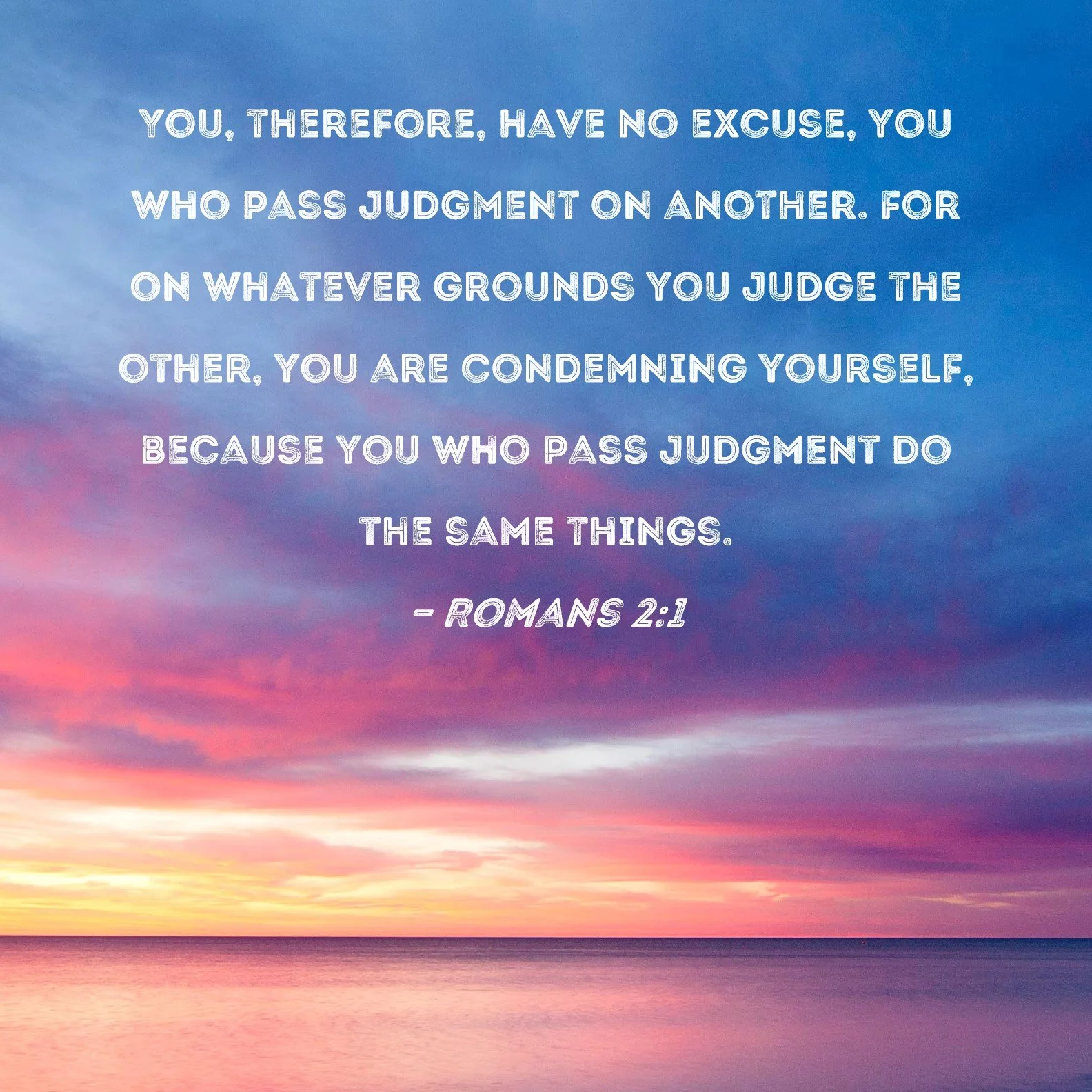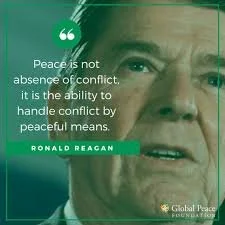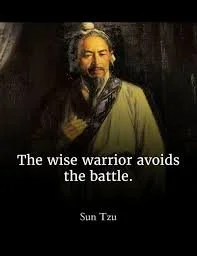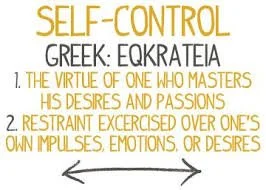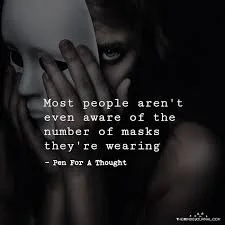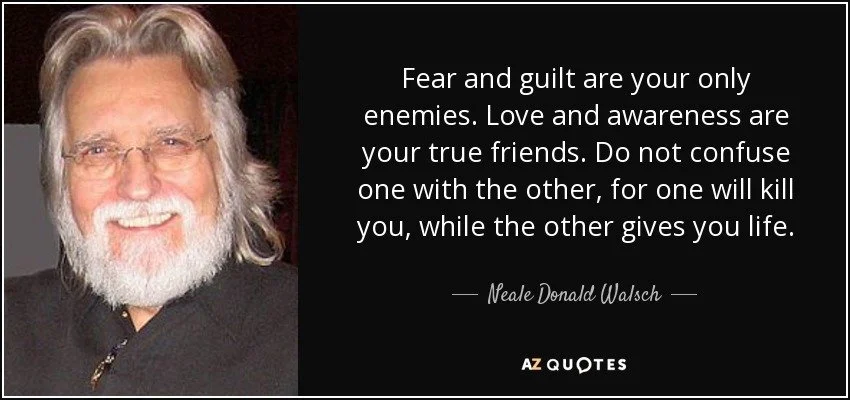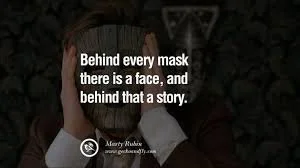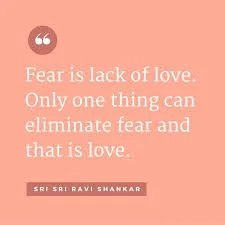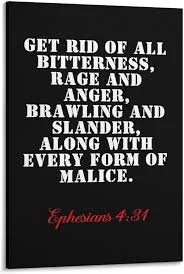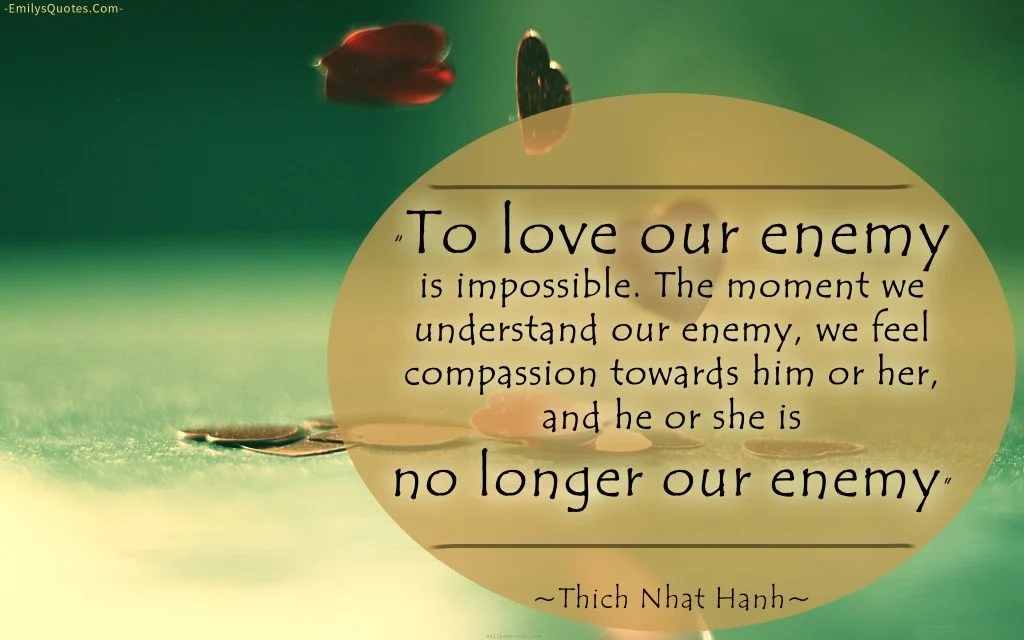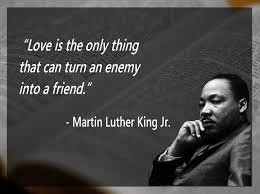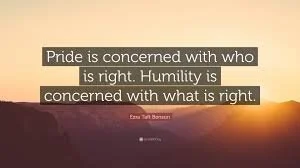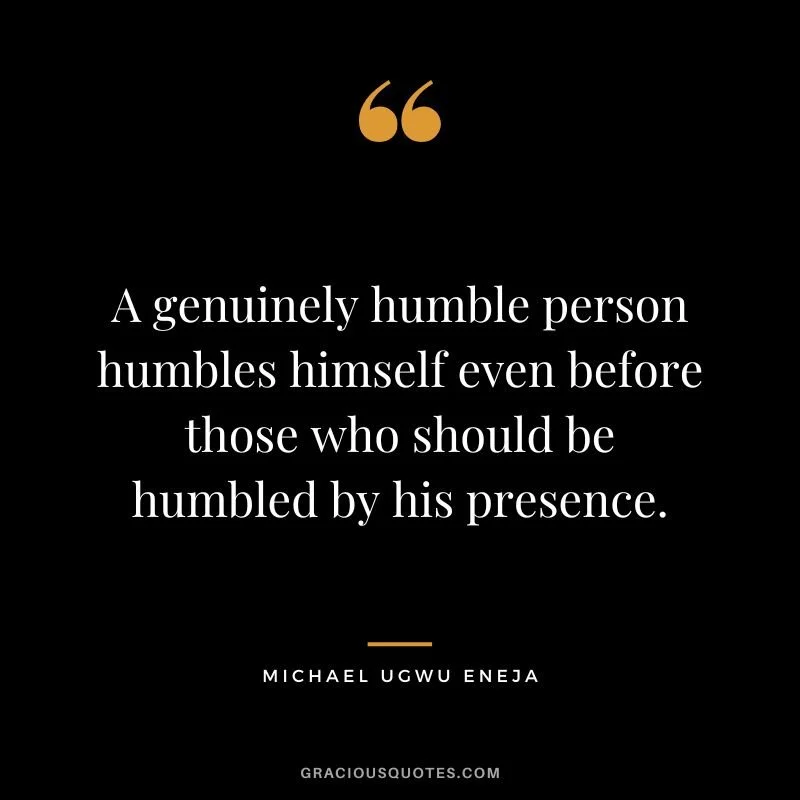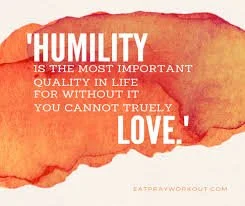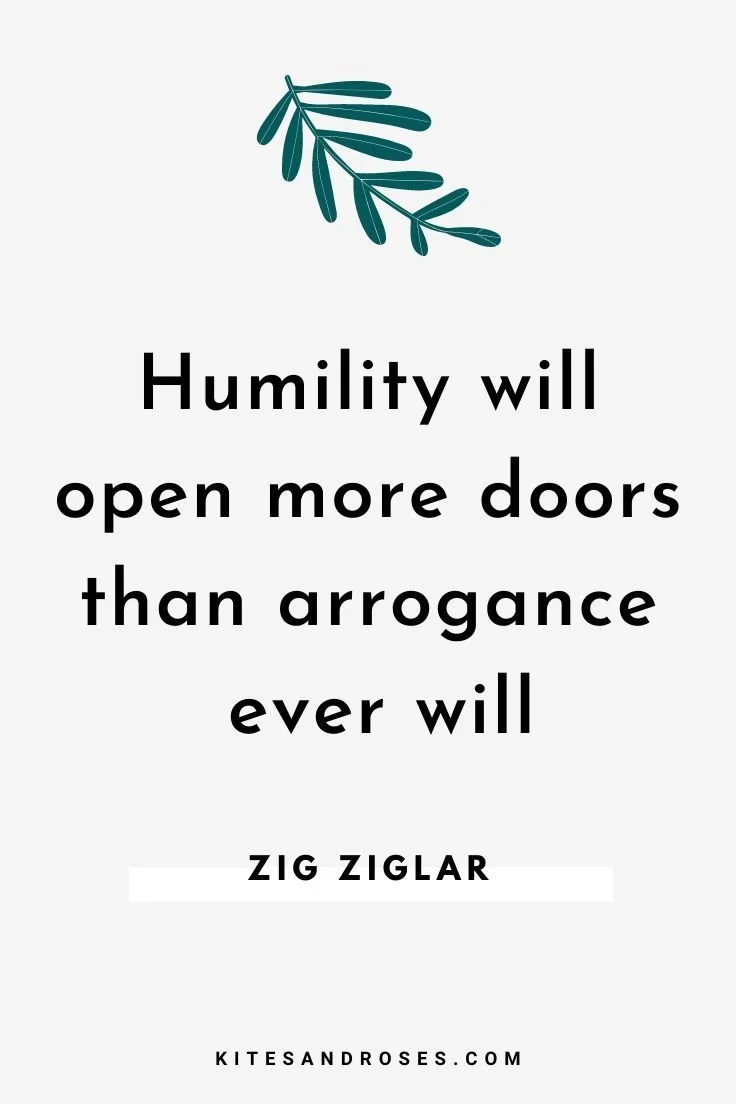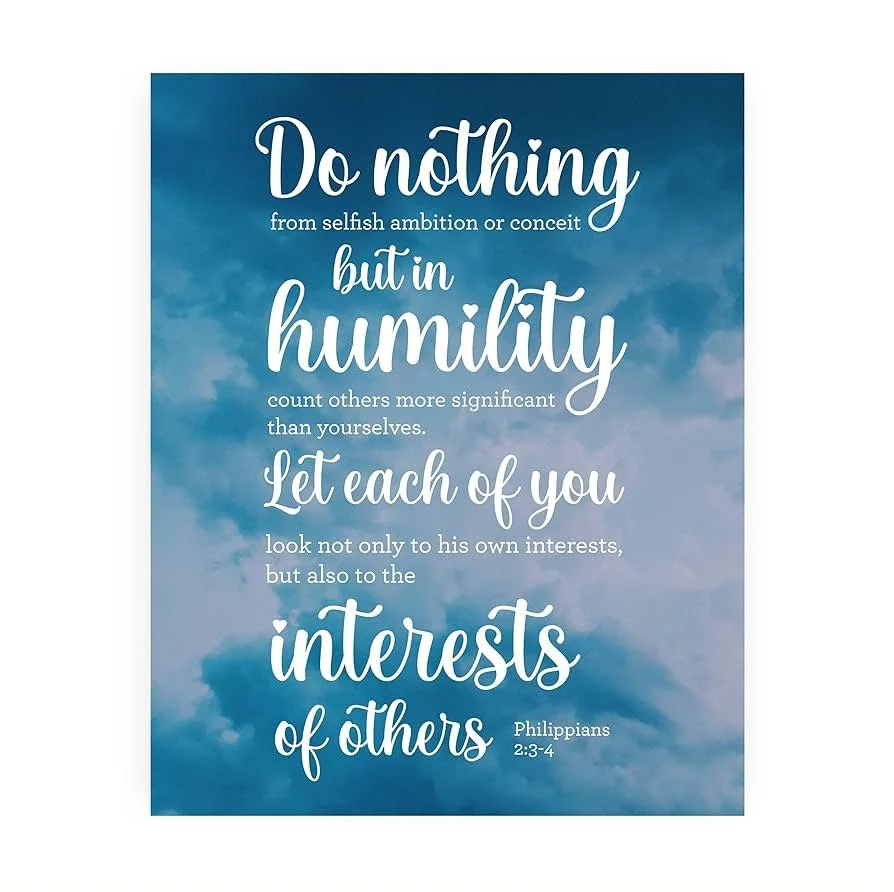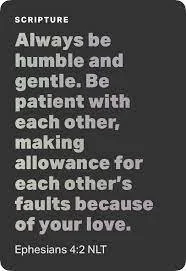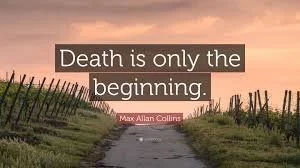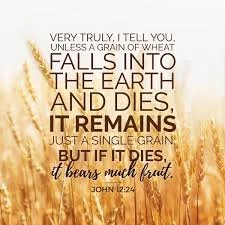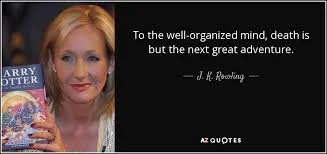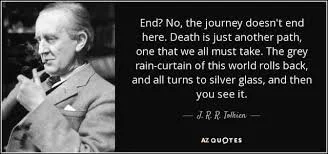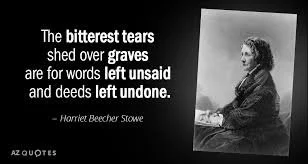Happy Independence Day!
Many cultures celebrate some form of independence day! In The US we celebrate the 4th of July! With that in mind, Welcome to AWAKE O SLEEPER.
You may be entering this blog long after it began, but this day is your independence day. Begin here, no rush to get to the more recent posts.
This is a weekly blog that is released each Monday. We will be celebrating our freedom; so, grab a cup of coffee and join us on a one year journey of change. You’ll be glad you did!
If you would like to subscribe, you can do that on the front page by scrolling down and filling in your contact info. Updates will be announced in your email.
I hope you will also check out my novel, “Awake O Sleeper - Mothers, Daughters, Sisters, Others,” pictured to your right. It is available through these links:
Post #1
YOU are extra-ordinary
My friend Loretta used to love puzzles. She would bring one to the beach in the summer and pour out the pieces onto a table and work on it all week. I would pass by, pick up a random piece, and try to fit it in. But Loretta chose puzzles with many, many pieces. Puzzles with leafy trees and water. Invariably I would choose a piece and then there would be a vast number of places it would appear to fit, but when I placed the piece down on the table it would not. Every single piece was unique even if it appeared in my hand to be the right color, size, and nuanced shape to fit. By the end of the week, by patience and perseverance, Loretta had completed the puzzle – every piece in place.
If even one piece had gone missing it would have been incomplete – diminished.
Isn’t it fascinating that every butterfly, like the ones to the top left, emerge in Spring totally unique? They may have similarities, but just like every snowflake that falls in winter, 0r every newborn child’s perfect fingerprint, they are unique. Actually, that is quite an ordinary reality. In truth, every flower, every leaf, every blade of grass, every bumble bee, every gnat, every grain of sand, every human has this trait in common – they are unique. So, it is very ordinary to be extraordinary! YOU ARE EXTRA-ORDINARY!
Like the puzzle, in life the whole would be diminished by your absence. Somehow less without your participation, because no other one can take your unique place. There has never been another you. No matter how ordinary you believe you are – you are wrong. You are extra-ordinary and you always have been.
Why do we find that so difficult to accept? Be perfectly honest, when you shut your eyes and consider what I just said isn’t there a small voice deep within you that says…yes, yes I am unique! I am one of a kind! Perhaps you hear that quiet voice, but another voice questions, “sure, but is that a good thing?”
The answer is emphatically yes! It is an extraordinarily great and amazing thing that you are uniquely one of a kind. It does not make you an outsider, alone, or odd – it means you are essential to the fit of all things.
If you struggle to believe you are uniquely extraordinary, or that that is a good thing, I hope you will continue this discussion through these posts. Send me an email if you’d like. This journey will be a journey of discovery of truth about yourself, the world you live in, and reality itself. It may be an uncomfortable journey at times or, like completing the puzzle, even maddening, but I promise it will be a life changing one. Like the journey of the butterfly.
Check out the poem “Our Deepest Fear”. Read it a couple of times and let it sink in. What do you think? Isn’t it true?
OUR DEEPEST FEAR
“Our deepest fear is not that we are inadequate.
Our deepest fear is that we are powerful beyond measure.
It is our light, not our darkness that most frightens us.
We ask ourselves, 'Who am I to be brilliant, gorgeous, talented, fabulous?'
Actually, who are you not to be? You are a child of God.
Your playing small does not serve the world.
There is nothing enlightened about shrinking
so that other people won't feel insecure around you.
We are all meant to shine, as children do.
We were born to make manifest the glory of God that is within us.
It's not just in some of us; it's in everyone.
And as we let our own light shine,
we unconsciously give other people permission to do the same.
As we are liberated from our own fear,
our presence automatically liberates others.”
BY MARIANNE WILLIAMSON
Post #2
Greater than the parts
The last time we talked, I challenged you with the idea that you were unique. Not just unique, but extraordinary. Yes, from the moment your parents’ DNA merged to conceive YOU, you have been one of a kind. The sum, that is you, was greater than the parts your parents contributed.
Even each of the triplets in the picture of the girls is completely, uniquely different. I’ve known several sets of identical twins over the years; none were identical. That was a misperception. Each was very unique though they came from the same parents, the same egg, were raised in the same environment, and, at the beginning looked the same. Nevertheless, as time moved forward, their unique personalities, looks, talents, indeed everything about them emerged to show they were distinct.
The saying, “the whole is greater than the sum of its parts,” was first coined by Aristotle more than 4000 years ago! Aristotle was actually recognizing that the outcome of the “parts” when brought together was not just greater, but something “besides” the parts. Not just half one and half the other. Science confirms this to be true even at the biological level. We are akin to our parents, but something besides them.
The bible, as well as many other ancient religious texts, says, “Before I formed you in the womb I knew you, and before you were born I chose you.” If that is true, then you have existed long before you were born. You are not the simple biological combination of genetics provided by each of your parents. For that matter, you are not simply biological. You are known. Who is this that knows you? Has always known you?
The message here is that you belong. One of the biggest fears we all have about our uniqueness is that it separates us. Separates us from our peers. Separates us from family like the black sheep. Separates us from the one we love most when we don’t see things the same way. That being separate even extends to our creator.
How can we be made in the image of God, if we believe our very nature separates us from relationship with that God? One of the first steps to embracing your extraordinary life is to dispel some misperceptions like this one.
Have you ever seen the black and white image? It was created by a psychologist Edgar Rubin. I’ll bet many of you have. If you haven’t, what do you see when you look at it? I’ll wait while you take a good look… Many see a vase or chalice. Others see two faces facing each other. Now try to see whichever image you did not see at first – they are BOTH there. Isn’t that interesting? It is all a matter of perception. Just because you saw the vase, doesn’t mean the two faces are not there.
It is a misperception that we can be separated from God. God is not a body like a human with arms and legs. God is other — besides. This is not a religious description. The Creator has no biological form. God is not bound by matter, space, or time. Jesus said, “The kingdom of God does not come with observation; nor will they say, ‘See it is here!’ or ‘See it is there!’ For indeed, the kingdom of God is within you.” Unformtunately this verse has been translated in many English translations in a way that gives a misperception. The original Greek language for this verse was written like this, “οὐδὲ ἐροῦσιν ἰδοὺ ὧδε ἤ ἐκεῖ ἰδοὺ γὰρ ἡ βασιλεία τοῦ θεοῦ ἐντὸς ὑμῶν ἐστιν.” Using our alphabet that would read,“Malkuthe d’aloho lenha’o malkhun E’e.” This is translated in the first English translations of the Geneva Bible and King James Bible as, “The kingdom of God inside you IS.”
You may say, but I am body, therefore I am separated from God. Again this is a misperception of who you are. Like the picture, you are both body and spirit, or soul, or consciousness. As spirit you are made in the image of God and therefore inseparable from God. The kingdom of God is within you. I like to think of the body as the vase in the picture, a vessel to house the spirit, or soul, or consciousness. But we are also the facing figures. We face God in constant communion. We may choose to argue, debate, converse or shut our eyes and ignore God, but face to face we commune.
One of the greatest likenesses you reflect of God is your freedom to choose, your free will. If you choose to commune with the spirit within you with open eyes, an open mind and an open heart it will not be easy. It will require change. Not the kind of change you here about during many sermons, not a fundamental change of yourself, but a change of perspective. Perhaps the change of many perspectives allowing your true self to blossom and grow and evolve – to transmutate like the butterfly. Are you ready?
I hope you will check back weekly to join the discussion. Check out the poetry, music, books, articles and art that will also be shared with links to them. You will gain so much more from these than I can offer you. Let’s do this – together.
Post #3
Nothing can separate you from the Love of God
Interesting understanding of both Life Source being the breath of God and that the Kingdom of God is within you.
I love wine! Martin Luther said, “beer was made by man, but wine by God!” I even have three grape vines in my garden, but sadly they are not wine grapes. One day when I was pruning the vines, I realized that if I took cuttings from the root, the vine, a branch and the grapes and then ran DNA tests on them they would all carry the same DNA strand. They would all come back - grape vine. You’re probably thinking, “Wow, Julie, that’s profound.” Stick with me. Each aspect or part of the vine looked different. They didn’t just look different they had different functions. Each part was unique, yet each part was essential to the whole. When Jesus was teaching his followers he gave them an analogy using the grape vine that got at this same idea. He said, “I am the vine; you are the branches. If you remain in me and I in you, you will bear much fruit; apart from me you can do nothing.”
Frankly, this used to confuse me. I thought I could do quite a lot. I know, I know - pretty arrogant. I also felt challenged by “remaining”. How was I to remain in God. But when I was thinking about my grape vines, I remembered Jesus also said, “The kingdom of God is not coming in ways that can be observed, nor will people say, ‘look, here it is!’ or ‘There it is!’ for behold, the kingdom of God is within you.” I was not separate; I was part of the vine. I was part of the whole which at its root was God. Let’s look at that a bit closer before you close the door on the topic. I may not be going where you think I’m going.
Words are challenging things, because they can mean different things to different people. I asked my husband once what one word he would use to describe God’s interaction in his life – he said coach. I laughed! Of course, my husband is an athlete and coach himself, so that was interesting. A coach instructs you how to play a game, teaches you the rules, gives you pointers for improvement, sometimes rides your ass. Many a professional athlete credit a coach as being the most influential person in their life. For me, from my experiences in life, that was not an all together positive description. He returned the question and I said, father. For my husband, that was not an all-together positive description. Answer the question for yourself? Is that positive? Are you open to new ways of seeing God?
In the previous post, we talked about feeling separated from God. Did your answer above give you some idea why you might feel separated? Is it possible you just feel separated. Alan Watts once made the bold claim that if we were actually separated from God we would cease to exist. Another way of saying this is, “If the human body is created by God, then God is the inhabitant of it right now. Because it is the vital energy of that God that sustains the human body.” Gives it life. Did you know the body can live about a week without a brain? That’s without medical technology intervening. Without a heart, the body only lives about an hour without medical intervention. Yet, it lives. What is keeping the body alive? What is life? The ancients said it was the breath of God that made us living (not brainwaves or heart beats). Genesis tells of God breathing life into Adam. The video to the left blew my mind as it explains this ancient understanding.
However, if you feel separated from God, this feeling or perspective may create the experience or perception of being separated. Consider a new perspective. Jesus described our connection with God with a beautiful image of a vine in which we are the branches abiding or springing from the vine and bearing fruit – much fruit. To truly separate a branch from the vine, would mean death. Not the apparent death of a sleeping vine in winter, but actual death caused by the separation of the branch from the vital energy of the vine. You are alive, therefore you are not separated.
You cannot be truly separated from God’s life giving being. You can be dormant and unaware in the long winter of your life. You can sprout out away from the vine in crazy desperation, as grape vines so radically do, in an attempt to distance yourself from the vine. But you cannot separate yourself from God. You have the DNA of God. You have the breath of God. It is in you – within you. The quote to the left is from the Bible. It confirms that we cannot be separated from God by anything. We will talk more about this very important verse later.
Take a moment for an activity. Brainstorm all the words you can think of to describe God – even if you aren’t sure of God’s existence. Push yourself to list at least 20. Use google or a thesaurus if you have to.
Did 20 expand your perspective? Did you google? If you did, you can google any of the 30 some entries that came up and get additional lists, and additional lists, and additional lists. Let these lists challenge the limited view you have of God. If your view is primarily negative, spend some time contemplating those words you see as positive. Perhaps use a highlighter and highlight the ones that you see as more positive. Remember, I did not initially respond to my husband’s answer of “coach” as all positive. He did, but I didn’t. In turn, he didn’t see the quality of father as all positive. If your list’s perspective is negative in your view, use an online thesaurus to add words with a positive connotation to you. Then focus your attention on those for a few days.
The first book of the bible, Genesis, says we are made in God’s image. The words you use to describe God may actually describe you. My husband’s described him as mine did me. If they don’t, that is probably part of the reason you feel separation. Hopefully, the discipline of renewing your perspective with the activity above will begin to help you have a new experience. A connection.
Post #4
Created to Rule
I made a comment last time that we have God’s DNA, like the vine and the fruit share a common DNA. What is that DNA doing?
The bible describes our creation this way, “Then God said, ‘Let us make mankind in our image, in our likeness, so that they may rule… So God created mankind in his own image, in the image of God he created them; male and female he created them.’” If one wants to dig into this thoroughly, there is a lot here, but for now let’s focus on the man and woman being made in the image of God, “so that they could rule.”
What is that DNA shared with God doing? Ruling. My brother was pretty small when my mom asked him to apologize to my sister for hitting her. We laugh about this story, but it was pretty telling. He said, “you can make me say I’m sorry; but you can’t make me sorry!” You are self-ruling in the image of a sovereign God. You may be doing a poor job of it, but you are ruling. If it doesn’t seem that way, step back and adjust your perspective. No one else can truly make you do or be something without your permission, passive or intentional.
I realized this personally as a new parent when our first child, and every child after that, began to crawl. I could “make” our son stop touching something unsafe by picking him up. But ultimately his will would override any interference and take him over and over again to whatever had peaked his curiosity. As he grew, I could not “make” him do anything. I could make it uncomfortable by interfering as I did when I picked him up. I could really make him uncomfortable by punishing him as he got older. But I could not “make” him do anything.
Many a parent doesn’t give up this power struggle easily. Discipline can become harsh – sometimes terribly, as a parent tries to rule through control. It may even be abusive if a parent or any authority figure tries to control through force. History chronicles the sometimes horrific and painful attempts of man to coheres his fellow man into action. We each may be influenced, persuaded or even coerced into action, but we each ultimately rule ourselves. This life is your own – own it!
Much of history’s greatest literature centers on this theme. In the dystopian book, Brave New World, author Aldous Huxley, prophetically presents a world where people’s lives are pragmatically orchestrated and pharmaceuticals keep everyone copasetic. Like other futuristic books such as 1984, Big Brother manipulates citizen’s lives through television and even the words and language of Newspeak. Atlas Shrugged, Fahrenheit 451, V for Vendetta and even more contemporary young adult novels such as Divergent or Hunger Games, all seek to inspire the individual reader to embrace their uniqueness as an aspect of their power and see themselves as individually sovereign over their life choices. With that power, readers are pushed to take personal responsibility for what they are doing or not doing as an aspect of that empowerment. The times we are living in now call out for individuals to recognize their unique power and embrace it, stepping out to be extraordinary. Embracing their self-rulership. Being responsible for who and what they are.
In his book, Breaking the Habit of Being Yourself, Dr. Joe Dispenza challenges his readers to own their choices. Take responsibility for them, and their consequences, “If you want a new outcome, you will have to break the habit of being yourself, and reinvent a new self.” Over the last few years, this has really been challenged. On both sides of societies issues there are passionate people willing to put their lives on the line for what they believe. However, the vast majority have been quietly disengaged and simply following the group think that surrounds them. This group think can center around any ideology, but if one is just succumbing to it they are not taking personal responsibility.
In our spiritual lives this is sleep walking. If we are habitually mirroring the group surrounding us (culture, ideology, political views, even religious beliefs) we are not experiencing the joy, power, engagement, indeed adventure of who we are. We are not AWAKE.
I am not suggesting you jettison all of your relationships in order to assure you are not joining their group think. Nor am I suggesting you correct everyone else around you if you disagree with them. Not at all. The kingdom of God is within – remember?
Start smaller – much smaller. What one step could you take today to unhinge the habit of you. To choose a new path. Make your bed? Don’t make your bed. Go for a long walk each morning, or before you go to bed instead of watching TV. Continue the exercise from last chat to focus on the positive traits of God.
Earlier in this chat, some of you had a visceral reaction to a paradox that you noticed. You believe that if God is ruling, then we must be subservient. Therefore, when I transitioned to saying that, like God, you must take personal responsibility for your sovereignty, for your life choices, that didn’t add up for you. This is the quandary that the overly harsh parent or tyrannical leader faces also. As I warned before, a perspective change is needed to unravel the problem. A benevolent or servant ruler allows for the sovereignty of those being ruled. We will discuss this more as we go, but it would be helpful to first release the idea that God’s rulership is as a tyrant. God is the one who gave you free will – in the image of God.
There are many very good illustrations in history and everyday life that reflect true rulership. Ideally, parenting, industry, government, in fact all leadership ought to reflect benevolent, servant rule that allows the free will or sovereignty of those following the leader. When it does not, those ruled know the injustice of it and chafe under the control and outsiders can spot it. The dystopian literature discussed earlier depends on the reader recognizing the injustice of it. Society recognizes the injustice of an abusing parent. Societies revolt against the injustice of a tyrant. All of human kind believes this misuse of rule to be wrong. Where does that deep knowledge come from? From the deep recognition that this is not the image of God nor creation as it was meant to be.
God himself made YOU to rule. He is not, as some religions or people would have you think, dominating you in judgement. He has released you, by your very nature, to rule by your free will.
—- CAGED BIRD by Maya Angelo
But a BIRD that stalks down his narrow cage
Can seldom see through his bars of rage
His wings are clipped and his feet are tied
So he opens his throat to sing.
The caged bird sings with a fearful trill
Of things unknown but longed for still
And his tune is heard on the distant hill for
The caged bird sings of freedom.
Post #5
Down the Rabbit Hole
In the book Alice in Wonderland, Alice escapes the boredom of her caged Victorian childhood into the adventure of a lifetime. Even if you are only vaguely familiar with the story by Lewis Carrol, you probably know that the adventure begins with Alice following the Rabbit down the rabbit hole.
How improbable to discover a talking Rabbit in a waistcoat lamenting over his pocket watch that he is late, late for a very important date! Nevertheless, how fascinating. Alice cannot resist her curiosity and longing for something new to happen and follows the Rabbit. Thus, with one seemingly small decision, Alice breaks free from her boredom, her stifling surroundings, her own ordinariness to pursue the extraordinary.
Our adventure is about to take you down the rabbit hole, so to speak. In the story, the wild characters and their odd even ridiculous interactions actually symbolize something else from Alice’s life and more profoundly from the life of the reader. In literary terms this is a roman à clef. What if you are also living a roman à clef? What if your life hides the symbols and metaphors of a deeper reality all around you in plain sight? What if most people are blind to it? Would you willingly choose to remain blind? Or awaken to see the mystery revealed?
Alice is changed by her experience. In fact, her newly altered perspective makes her open to a broader frame of reference and new exploits in the sequel, Through the Looking Glass. Venturing into the unknown is not without fear. Our personalities are often hesitant and shy away from the unknown and opt for the safety and comfort, if unfortunately the mundane or boring, of routine and habit. However, if faced with courage and willingness, like Alice, to consider new perspectives, the Discovery of the unknown can open us to see reality very differently and enjoy life more fully.
Read the excerpt on the left by Dr. Joe Dispenza. What do you believe about what he is saying? Will you take the plunge with me down the rabbit hole?
In my book, Awake O Sleeper, the heroine, Faith, is essentially sleep walking through her life allowing the storms of life to carry her this way and that eventually leaving her overwhelmed. Through a process of self-discovery, she is awakened to the reality that her life, as she knows it, has been formed by the choices she herself has made. The book ends with Faith at the crossroads. What life will she choose?
Today, you stand at that crossroads. Will you passively sleep as the forces around you determine the course of your life? Or, will you awaken the power within you and take the reins? What does that look like?
Maya Angelo wrote the poem linked to the left, Caged Bird. She is writing about the condition of her fellow black Americans who have faced different forms of being caged, but I believe it speaks of a universal longing of us all. “The caged bird sings with fearful trill of the things unknown but longed for still and his tune is heard on the distant hill for the caged bird sings of freedom.” The irony is that the cage door lies open. It is the fear of the unknown that cages you; step out into it. What is out there is what you are longing for.
Joseph Campbell, author and philosopher, wrote, “Fear of the unknown is our greatest fear. Many of us would rather enter a tiger’s lair before we would enter a dark cave. While caution is a useful instinct, we lose many opportunities and much of the adventure of life if we fail to support the curious explorer within us.” Where would the caterpillar be if she settled for eating herself to death never venturing to spin her cocoon?
Are you ready? The first step is to simply keep an open mind to what is coming in the future posts. I will not suggest anything so troubling as entering a tiger’s lair, or following a talking rabbit underground, though you may at times feel you are entering a dark cave. There is light at the end of the tunnel; I assure you!
Post #6
Sovereign
To be human is to be free to rule one’s own life. Sovereignty, or free will, is the DNA of God. You may not feel extraordinary or sovereign, but you are. This is an essential concept. It is at the core of whether you will experience joy and freedom or victimhood in your life. This post may be hard to accept, but stick with me.
The caterpillar is vulnerable. From the time she lays fragilely within the egg she is prey to other insects. When she hatches she must devour more foliage than seems possible to stuff into her tiny but growing body. Precariously, she sheds or molts her skin each time she becomes too fat for it, but her growth is essential for her future self. She is prey to birds, diseased foliage, starvation if she cannot find enough of just the right leaves. She spends most of her life surviving. Yet, ultimately she will make the choice to spin a cocoon leaving herself hanging dangerously exposed from a limb, because she dreams of the freedom of flight. She will emerge transformed – free.
Not all caterpillars make the journey to become the butterfly. Many obstacles stand in the way. I have a saying that my own children and my students have heard me say so often that it will likely haunt them long after I am no longer in their lives, “Your life doesn’t happen to you; it is the consequence of the choices that you make.” So much more so than the butterfly, we have choice. We have free will and the ability to choose.
A moment ago when I said you were sovereign over your own life, that may have created an uneasy feeling in you. We don’t think of ourselves as sovereign. In fact, much, if not most, of history has taught us not to see ourselves that way. A King is sovereign. At one time, the church was Sovereign. God is sovereign. Not us. Let’s look at some synonyms for the word sovereign: ruler, self reliant, free, independent, in control, in charge, decision maker, choice, able, responsible. I could have chosen the term personal responsibility, but that is so cliché these days. Nevertheless, it is the correct meaning.
The word for rule in Genesis 1:26 is radah. God made us to “radah”. Radah is the same word used when God is sovereign and when a king is sovereign. Therefore, ultimately we are responsible for the life that we have. Our life doesn’t happen to us we have personal responsibility for it. We aren’t passive victims of it.
It may feel that way at times. Certainly where you were born, to whom you were born seems to be out of your control. If you are present during an earthquake, or fire that too may be out of your control. I am not unempathetic to the tyranny and abuse that many have experienced at the hands of others. I am not saying that any (including you) brought on the evil that may have been perpetrated upon them.
I am saying that we are made in the image of God to rule, and we have the power to do so. To intentionally choose, as the caterpillar does, to free ourselves from whatever cages us by the choices we make. Sometimes these choices are in response to terrible circumstances, even abuse, we did not choose. Will we choose fear, victimhood, insecurity, bitterness, stagnation and much worse, or embrace our destiny to fly beyond our circumstances?
There are many stories of individuals that have done just that. The three biographies to your right have impacted me. These people have seemingly extraordinary lives, but like you and me they are ordinary individuals, who overcame tremendously difficult situations extra-ordinarily. Biographies of such individuals can be inspiring, IF we don’t lose sight of the fact that they are not different than us. Their stories should not make us essentially hero worship them, but they should give us hope to take the reigns of our own lives. We each have this DNA. The DNA of God to rule in life.
Today’s thought is a prayer from St. Francis of Assisi. He found himself often in circumstances he did not choose for himself, but within them expressed his sovereignty by owning his response. This prayer has been used by Alcoholics Anonymous for years, so if you are familiar with it please don’t just skip over it. Slow down and really take in its meaning for your own life and the empowerment it can bring to your life. It was impactful centuries before AA.
Post #7
Nature or Nurture
The time has come for that first small step down the rabbit hole, which may actually feel like a giant leap. Following me down the rabbit hole will not require any pills or cake such as Alice consumed, or Neo in the Matrix. That actually might be easier than what it will actually require.
By your will, you will need to choose to shut down the possibly deafening voice inside your head screaming at you that, “You don’t need this!”, “We don’t have time for this; you’re too busy!”
So the first step today is to ignore that voice, and begin with the monumental question of who are you? In my book, professor Forsythe asks his class, “Are you simply a product of your DNA?” Many in the world today would say, yes! In fact, the Human Genome Project’s whole approach begins with this premise. You are your DNA beginning with your blue eyes, down to your craving for avocados and your paranoia of public speaking. This idea has become so prevalent, that DNA test kits of a wide variety are one of the most popular gift ideas online. This emphasis on the body’s physical DNA says, you are no more than the hereditary soup of your ancestors who contributed to your DNA. You are your body. No more.
Most of us intuitively know this is not the whole picture. Even science knows this is not the whole picture. A friend recently told a group of us that her DNA test results said she had the DNA of an elite athlete. We had a good time teasing her over a camping weekend about that, since she may have had that potential but it clearly wasn’t realized. Why? Some would say that her environment had not provided the opportunity for that aspect of her to develop. That is the crux of the Nature vs Nurture debate throughout science. She may have the nature potentially, but was not nurtured in that direction by her parents, friends, her schooling or overall environment. So, are we a product of our environment?
That seems inadequate as well. What if my friend had been born in the 1890s. Her DNA may have had the potential to result in an elite athlete, and her parents may actually have been unusually supportive of that potential, but the era or timeline of her birth would have worked against that outcome. Nevertheless, Issette Miller became an elite professional golfer during that time and is credited with inventing the first golf handicapping system. What drove her and other women athletes or others in history to excel beyond their environment and time? Was it simply their body’s DNA potential? Their nature? We could go back and forth with these examples and debate all day long. In fact, many have all century long. Both arguments seem inadequate.
Are we more than our bodies, environment and time? Neo discovered that the answer was emphatically yes. Morpheus could wake Neo from the incubation of the Matrix, but Neo had to free his mind to accept he was more, much more. What is that more?
Today, quantum physics is challenging all of the preconceived notions about the natural world. Particle-Wave theory has demonstrated conclusively that all potentials exist simultaneously and that it is the observer that determines the reality. Ha, that’s a mouthful. What does it mean? Below is a link to a film that more thoroughly explains these concepts in a relatable, even funny, presentation. But for our purposes, this means that there is something more going on than just the DNA world of your body, the environment of people and places, or the time we live in. Those who achieve greatness often express a clarity, an inner drive to be more than either their Nature or Nurturing environment. (The movie “Gatica” remarkably presents this idea.) Is there another dimension that allows them to overcome physical, environmental and time obstacles to reach a desired ideal. Like the caterpillar, they dream of flight beyond known realities and step out of the cage to pursue the uncharted – the unknown.
That inner drive is within all of us. Most of us shush that voice with another louder voice that says, that’s unrealistic, you can’t do that, who do you think you are?
The film to your left is a fascinating explanation of how the science of quantum physics can help us to understand who we are and more importantly who we can choose to be. Unlike evolutionary biologists, who refuse to see mankind as other than an animal that has evolved slowly from a primordial accident, quantum physics, Epigenetics, and Neuro science challenge all those who venture into these sciences with the necessity of design and the possibilities presented by our participation in that design. Watch the film. Consider the obstacles that keep you caged. Your body? Your environment? Your time or current era of social awareness. Are there unrealized potentials within you? Does their existence peak your interest, your wonderment, your passion? Why not, like Neo, consider the possibilities and free your mind?
Post #8
As a man thinketh…
Did you watch the film, “What the Bleep do we know?” I am not going to unpack all of it here, but what if what quantum physics is discovering is true? Whether it is easy or difficult to accept, quantum physics is already proven to be so. What does that mean for us as individuals? Is it true that we are much more powerful to determine our reality than perhaps we ever believed? The bible’s book of Proverbs says, “As a man thinketh in his heart, so is he.”
James Allen took this passage and, well before a public understanding of quantum physics, extrapolated on this idea. He said, “’As a man thinketh in his heart, so is he.’ A man is literally what he thinks, his character being the complete sum of all his thoughts. As a plant springs from, and could not be without, the seed, so every act of man springs from the hidden seeds of thought, and could not have appeared without them. This applies equally to those acts called ‘spontaneous’ and ‘unpremeditated’ as to those, which are deliberately executed.” Much of ancient wisdom literature throughout the ages supports this idea. Buddha wrote, “We are what we think. All that we are arises with our thoughts. With our thoughts, we make the world.”
If this is so, it commands that any change we desire, wish to pursue, are determined toward, begins not with action but thought. The first step down the rabbit hole is to, “take every thought captive” as the bible says. This will take much more will and commitment than making your bed in the morning, going to the gym, or going on a diet. Real change takes focused consistent thought.
That voice inside your head is already complaining… what mumbo jumbo is this? Let’s go. I’m bored. Any complaint to prevent upsetting the status quo. This inner voice has developed these arguments to keep the familiar, comfortable, and known surrounding us like a blanket (or a cage?). In fact, this is exactly why psychologists say that most of your personality is set by 6 or 7 years old. By age 30, more than 90% of our personalities are set and will not substantially change. That is terrible news. No new growth? No new adventures that change our understanding? No new thoughts or insights? Each mundane morning our alarm wakes us from the same side of the bed, the mirror greets us to confirm we are getting older, we drink our coffee, eat our lunch, drive our car in well determined and familiar patterns. We are tired, bored, sick, empty and don’t really know the reason. As I said, we may go to the gym, diet, buy a new car, go on vacation, but essentially WE are the same. Real change must begin from within. The doorway is our thoughts.
Remember Maya Angelo’s poem, “The caged bird sings with fearful trill of the things unknown but longed for still and his tune is heard on the distant hill for the caged bird sings of freedom.” If we do not, like Neo, free our minds, we will remain caged simply because the unknown is too scary, too challenging, too incomprehensible, too hard to not only engage but consider. So, how do we do it?
The bible gives us a very helpful instruction, “take every thought captive.” That is a tall order. The interview video with Joe Dispenza may help explain the process - especially the first 7 minutes.
Let’s take a closer look at one example that comes with an actual recipe for exactly how to do it. In the book of Philippians, there are step by step instructions which I have enhanced with italics only in a minor way for a clearer understanding of the meaning.
“Do not be anxious about anything, instead in everything, by prayer/meditation and petition, with thanksgiving, present your requests to God.”
If you are like me, I used to read this as a command, which I was failing at, and just felt guilty. But as we discussed earlier, you are not separated from God. God is within, not out there somewhere in the constellations above your head and prayer is not an absent minded begging of a distant god/genie to grant us three wishes. The quote above is not a command! it is instructions, a recipe, for taking every thought captive. Take a seat (even in a bathroom stall at work), close your eyes, take a deep breath, settle your complaining inner voice, and instead of focusing on the anxiety or stress that you feel, silently talk to God within you and ask for the power to change the direction of your thoughts that are leading to worry or even fear.
2. “With thanksgiving.”
Be thankful. Ok, this is not mere politeness. You are asking for something, and saying thank you. What image does that bring to mind. A hundred times in life you ask someone to pass the salt, “Could you please pass the salt?” As they do, you say, “thank you,” as you receive it. As you receive it! Our society rolls its eyes at such niceties, but here is its power. You are expressing thanksgiving, gratitude, appreciation for what is being received BEFORE you have the experience of having received it. You are expecting its receipt.
3. “And the peace of God, which transcends all understanding, will guard your hearts and your minds.”
If that peace doesn’t come immediately give it a few minutes. Keep your eyes closed and take another deep breath. Breath in through your nose deeply and exhale slowly through your nose. Stay focused and breathe. Prayer is not a begging; the verse to the right from Matthew is Jesus speaking to his disciples. Prayer is an intentional, focused thought. If you are having difficulty with that concept, instead of asking for something, picture it. Picture the situation that has you anxious as perfectly ideal. Picture it is completely worked out. Expect it. Fill your heart with thankfulness for it. Hold that focus. Then…
4. “Finally, brothers, whatever is true, whatever is noble, whatever is right, whatever is pure, whatever is lovely, whatever is admirable--if anything is excellent or praiseworthy--think about such things.”
Replace the thoughts that were causing you to be anxious, worried, angry, fearful, or stressed with those above. It is interesting that in almost every sermon, this portion is left out!! This final step replaces the negative thought with a positive one. If you are serious about receiving what you anticipated this must be the last step.
Picture the conversation with your co-worker going well. Imagine passing the test with fine scores. Allow yourself to feel the emotions of your presentation going well. This requires focused time and repetition - practice. Neo didn’t make the jump between buildings the first time. This is how one can pray unceasingly. You cannot pray unceasingly, as the bible and other spiritual writings suggest, by kneeling by your bed or in a pew begging or pleading with a faraway God for some intervention. But you can take every thought captive. You can intentionally focus your thoughts (especially on an image); hold your thoughts on an ideal outcome allowing the feelings of peace, gratitude for the change and thanksgiving to fill your heart and mind.
This recipe was not given to increase your guilt as a command coming down upon you by a judge waiting for you mess up – again. This, and much of wisdom literature, is meant to be instructions for realizing the inner power of the spirit or as quantum physics would name it, the observer. The power of God within you, both to will and to act for His good pleasure (Philippians 2:13).
One final thought for this time together. Your inner voice may be truly struggling with the steps above being some new age trick. It isn’t. James, the brother of Jesus, wrote, “If any of you lacks wisdom, you should ask God, who gives generously to all without finding fault, and it will be given to you. But when you ask, you must believe and not doubt, because the one who doubts is like a wave of the sea, blown and tossed by the wind. That person should not expect to receive anything from the Lord. Such a person is double-minded and unstable in all they do.” Before you think too quickly that James is being pretty harsh (which I did for years) consider this passage in light of quantum physics and particle-wave theory. What James is really saying here is that you must believe (intentionally focus on the ideal desired) and not doubt (give in to that arguing voice within) because the potential focused on is the potential that will materialize. The thought you spend time thinking - will be. “As a man thinketh, so he is.”
Humorously, if you ask your God to bless your neighbor but you spend your time plotting how to get back at him for an offense, what do you think the outcome will be?
Try this one exercise above! Next time you are anxious, afraid, or stressed, follow the steps above. Repeat them each time you find your blood pressure rising for one reason or another.
James Allen’s classic AS A MAN THINKETH. The Bestselling book, and Allen’s most famous work, today is considered a classic self-help book. Its underlying premise is that noble thoughts make a noble person, while lowly thoughts make a miserable person. Taken from Proverbs 23:7, James Allen reveals how our thoughts determine reality. Whether or not we are conscious of it, our underlying beliefs shape our character, our health and appearance, our circumstances, and our destinies. Allen shows how we can master our thoughts to create the life we want, lest we drift through life unconscious of the inner forces that keep us mired in failure and frustration. "The Vision that you glorify in your mind, the Ideal that you enthrone in your heart-this you will build your life by, this you will become."
Post #9
Power of Your Mind
Dr. Caroline Leaf —
“As we think, we change the physical nature of our brain. As we consciously direct our thinking, we can wire out toxic patterns of thinking and replace them with healthy thoughts.”
Do not copy the behavior and customs of this world, but let God transform you into a new person by changing the way you think. Then you will learn to know God’s will for you, which is good and pleasing and perfect.
-Romans 12:2
I trust you had at least one opportunity to try the four steps to take every thought captive from our last post. So, now that you have a little experience, I’d like to delve a bit farther down the rabbit hole.
Why do those four simple steps from the last post work? That is, when you really are able to do them and do them with consistency. Candice Pert, a research neuroscientist and doctor of pharmacology, gives a very accessible scientific explanation for the whole process in the film linked in post 6, “What the Bleep Do We Know?” as well as, in her book Molecules of Emotion. If you haven’t watched the video, I highly suggest it. The book is very readable, humorous and easy to follow as well.
As a well-known scientist within the ranks of Nobel prize winners and researchers at labs like the National Institute of Health, Johns Hopkins, and other labs, Pert discovered the brain's opiate receptor. She also was the first person to isolate the T-cell receptor which was key to producing effective treatments for HIV and AIDS. It is a vast understatement to say she was an expert in the field of how our chemical body impacts our reality.
At the risk of oversimplifying the beautiful function of our wondrous bodies, I will attempt to describe an aspect of Dr. Pert’s work. Dr. Pert discovered, or proved, what many scientists hypothesized must exist in the human body; that is for pharmaceutical chemicals (the prescription drugs we all take) to work there must be natural chemicals already in the body that function the same way. Why? Because your body wouldn’t know what to do with the medicine you took if it didn’t already have the means to recognize the chemical makeup of the medicine and guide it to intended targets that could utilize it.
She discovered, or proved, that the cell of the body had literally thousands of receptors that essentially function as locks on the surface of cells awaiting the right chemical key to unlock them and in turn send messages with instructions throughout the attached cell and ultimately the body. The lock and key relationship can actually change the cell itself and thus also change the body. How does this connect to our exercise of taking every thought captive? Very profoundly!
Your brain is not only an electrical center of the body, but a chemical one. Most of you probably remember lessons in school science classes that explained the vast electrical network of the brain. Like the hard wiring of a computer, neurons fire their electrical messages along strands of cables made up of dendrites to axons which fan out and connect to other neurons across an open synaptic gap (see diagram to the left). We will talk about this function again later. But did you know that the message this electrical system transmits is actually a chemical one (see picture behind first Pert quote). As Dr. Pert discovered, this is only the beginning. These chemical message keys called peptides are very specific and travel throughout the body locating the exact receptor molecule lock they can open.
And here is the part that is pertinent (pun intended) to our discussion. These chemical message keys ARE the emotions we experience as they unlock the receptors of our body. The hormones, peptides, neurotransmitters of the body, are what we experience as emotions. These emotional messages, sparked by incoming data such as sights, sounds, smells, are translated to thoughts or images and then into emotions. Our experience of anger is a chemical release. Our experience of excitement is a chemical release.
The simplest example to paint the picture is the sexual fantasy. A sight, sound, smell, produces a thought/image in the mind which is sent as an electrical message through the neurons of the brain resulting in hormonal chemical transmitter keys being released into the body. Within milliseconds the message has found the right receptor locks and opened the door with its message. More receptors in the chest area around the heart make the heart pound a little faster, the body temperature rises, the skin and sexual organs become more sensitive and a feeling of euphoria fills the body. You may even blush. Nothing more than a THOUGHT has caused all this change in the body.
Another example can illustrate how profoundly different the outcome can be with a different initiating thought/image. You are cut off in heavy traffic. The surprise plus the image of the offending driver is sent as an electrical message through the neurons of the brain resulting in different chemical transmitter keys being released into the body. Within milliseconds the message has found the right receptor locks and opened the door with its message. The heart begins to pound faster like before, but tension fills your muscles as they tighten, you feel hot and anger even rage fills the body.
I could give you many more examples, but you are probably already thinking of them yourself. If you are prone to anger, as in the last example, how will you begin to change that response? You will need to prevent the chemical messaging that your body is programed to follow. You must change the thoughts/images that initiated that response. You must take every thought captive. Ah-ha!
If you want proof of the power of your mind, try an experiment like we just discussed in the examples. Consider a highly charged moment; it can be sexual, anxiousness/worry, fear, anticipation, anger. When you bring the thought, fantasy, image to mind, become aware of your bodily response. What is happening to your heart rate? Your breathing? Muscle tension or relaxation? Temperature? Did you begin to cry, sweat, or other response. Do you suddenly feel like you must act out in some way? What if you were to change some aspect of your thoughts? Would your bodily response change? Grow stronger? Weaker?
Now, perhaps the exercise from the last post will make more sense to you. Would you try the four steps again? Tweak them a bit to better fit your situation. Why don’t you try it and see?
Post #10
join me on a journey
I’d like to take a brief detour to let you into my own experience a bit deeper. It won’t take long. If you happened to read the blurb “about the author” you would have discovered that I grew up in a Christian home, as had my parents, but spiritual journeys are always individual journeys. My parents each had to consider and pursue what they believed individually from what their parents believed and even separately from one another. In turn, I had to do the same. My children are on their journey. You are on yours.
In the bio, I mentioned that my life got messy, it did. All lives do. For me, that messiness provoked several periods of spiritual change and I am happy to say growth. The first was when I was a young adult. I had grown up around the beliefs of Christianity and church, but was only very superficially interested. That didn’t mean that I didn’t have a sense of God being present. Interestingly, I did. Many I know consider themselves atheists; I didn’t. However, I also didn’t really consider God particularly relevant to my day to day life; I actually tried to bench God as best I could. From the outside, I did not appear to be a spiritual person at all, nor interested in becoming one.
the consequences of the choices I was making ended up creating a life that was no longer happy, and I felt tired, depressed, and lonely. I turned to God. Growing up with the background I did, I decided to go to church. I didn’t want any empty religion. I was already feeling empty. I discovered a church that was passionately pursuing what they saw in the bible’s book of Acts and the New Testament. They wanted an authentic New Testament experience. I wanted something real, and I thought I had found it. I learned so much about God’s love for me and loving others there and for that I will always be grateful.
But as often happens, our joy became arrogance as we came to believe we had it all figured out. It is always a sad thing to view yourself, or your group, as spiritually superior to others. Years later, my husband and I went through a difficult struggle. During that struggle, it became apparent that our community didn’t accept the kind of struggle we were having. The pressure of their disapproval added to the struggle. While this could have resulted in our distancing ourselves from God and spiritual things, it actually pushed us deeper. We came to see that, while community can be many positive things, our spiritual journey was as individuals and we were responsible to know one else for it. In case you might misunderstand, we are still married after 36 years and enjoying life together!
This second period brought a lot of change. It was during this time that I really began to trust in my own spiritual connection and ability to be directed spiritually. That didn’t mean I didn’t appreciate many wonderful people that came and went in my life. In fact, this recognition of personal responsibility for my spiritual life guided me through the struggles that my husband and I were having and continued to guide me through other types of troubles that were to come. It made our marriage stronger, as well as our parenting, our friendships and even our work.
The most recent period of my life has been one of trusting myself, my understanding and growing wisdom that comes through experience, and my God who leads me. I have come to understand that staying open and humble is the canvas for continued growth and learning. I once told our kids that they would change more between 15 and 25 than any other period in their life; while this is true for many, many people, I no longer believe it has to be true. This is not at all to say that I do not have mentors, or that I do not gain knowledge and perspective by reading, listening and other activities. I am a life-long learner. What I am sharing, in all of my writings, is what I have learned and am learning. Lessons like the ones in the first 9 entries.
My deepest, heartfelt motivation is that through my story you will have new experiences that widen your understanding of God, yourself, and even reality. God is not a stern distant judge condemning us. I’ve provided just a few of the many biblical scriptures that point that out to us. You are loved more than you know. You are accepted more than you realize. You can embrace that reality and be transformed by it, no mater how old you are or what your experiences to date have been.
We are marvelously created and our Creator is within us speaking in that still small voice (that sometimes roars) the recipes, strategies, and beautiful steps for life and spiritual growth. Some of you might better appreciate words like instructions, knowledge and wisdom. As we discussed before, we have differing perspectives on the same ideas, but words impact us differently. Don’t let mine prevent you from discovering “things unknown but longed for still”. That growth is what we are made for; it is the most fulfilling journey of life.
Similarly, like my early experience with very well intentioned churches, these perspectives are not always common. They require one to reconsider man-made tradition, institutional dogma, cultural trends and common ways of looking at things that we can easily take for granted. Trust your intuition, wisdom and discernment on this journey. Test and see that the Lord is good. I challenge you!
Post #11
The Key
The detour is behind us and we press on. Today, we will look a bit more at Dr. Pert’s work. I do hope you will take the time to watch the video linked in post 6 and even read Dr. Pert’s book, Molecules of Emotion. A clear understanding of the magnificence of your self is a fundamental key to becoming all you are meant to be.
So, by way of review, remember that we have dancing, vibrating molecules within us all looking for a dance partner. These molecules were set in motion by our own thoughts or images in our brain, like the car that cut us off. As these molecules dance across our cells looking for a receptor, what if there aren’t enough partners to go around? Remember, receptor locks will only dance with certain peptide keys. This is where the habits of your thoughts really make an impact.
If you watched the film, or read the book, you discovered that your body will listen to the demands of your thoughts and feelings, creating additional receptor cites to supply the demand of the hormones and peptides being released into your body. This is how addiction functions within the body. If opioids are being released into the body (naturally or unnaturally) they will connect as a key to the lock of a matching receptor on the cell. If the body is flooded with opioids it will respond to the deluge by actually changing some receptors into matching receptors to provide the necessary docking of key to lock.
Let’s really consider that. As a heroin user becomes an addict, the cravings for the drug tell the body to create more receptor sites for the opioid. This “flooding” however, is detrimental. If additional receptors are needed, then receptors that previously functioned as locks for nutrition for instance may be altered to provide for the onslaught of need for opioid receptors. Now the body is being deprived of absorbing necessary healthy nutrition. This can cascade exponentially resulting in literally starving the addict.
But this is not just true for heroin addicts. If a person is immersed in a stressful job, for instance, and is daily running on adrenaline, norepinephrine, and cortisol, then this flood can also trigger the body to change some receptors into matching locks for those keys. This would be the correct response if the body was in stress because it was being hunted by a predator; however, if the predator is an ongoing condition of a job this response will eventually lead to health issues.
The science of neuropharmacology, epigenetics, neuroplasticity, quantum consciousness are all producing cutting edge research into how the mind not only influences how we think and feel, but how our bodies actually function and even how we experience reality. Dr. Pert is not the only researcher to study the effects of thought on the body and therefore on reality. Dr. Joe Dispenza, author of You are the Placebo and Breaking the Habit of Being Yourself, has done significant work with large groups of people studying the effects of focused thought on the body. Like Pert, Dispenza’s research has focused largely on how thought creates electrical and chemical messages that then travel through the body to effect change, both negatively and positively.
Essentially, this research is resulting in evidence that James Allen, author of As A Man Thinketh, ancient wisdom and the bible have been right all along. Your thoughts are the reality that your body believes in. It doesn’t really matter if you say something different, your body shows the evidence of your thoughts. Consider the verses listed here. Like the steps to dealing with anxiety that we have already discussed, they are the key instructions for changing your very neurology to have a healthier, happier life.
These verses were never meant to condemn; they were meant to free. The truth shall set you free!
Today, consider what your body is telling you about your reality. Is your body telling you that you are happy, joyful, grateful, relaxed, confident, at peace? Or is your body telling you that you are angry, bitter, resentful, a victim, and in fear.
Watch the YouTube video linked on the left. Dr. Watkins’ research focuses on how our thoughts and emotions determine our reality, or our experience of it. But we do not need to be controlled by them, WE can control them.
Post #12
All things are permissible - not all things are beneficial!
The question near the end of the Alan Watkin’s video at the end of the last blog was, “is this emotion really serving you?”
As Dr. Watkins said, there is no right or wrong to the emotions you are having, but are they serving you? Are you controlling them or are they controlling you? Humorously, or not so, if your emotions are controlling you then it is a bit like the tail wagging the dog.
I highly recommend Dr. Watkins’ videos and books on this journey, but this is not a new science. Like Pert and Dispenza, Watkins is understanding, from a new perspective, an ancient reality. One that has been written about and taught for millennia.
As an English teacher it is always a challenge to overcome an almost innate resistance of students to read old literature. They have almost a guttural reaction as soon as they hit the classes, usually in high school, when they are required to study classics in literature. Students begin to groan. Even avid readers or students who love the story telling of movies or even the hallway gossip, roll their eyes and slouch down in their seats as soon as the Shakespeare unit is introduced. Why? Universally they believe it is hard to read and understand AND they believe it to be irrelevant to their more modern lives. Even worse, they think it’s boring.
Much of ancient wisdom or the bible and other books like it fall into this category even for most adults. It is my hope that the same process that I used in my classes with my students will help create a bridge of relatability for you to these works.
First, these writings are often hard to read and understand because they are written in a language that is significantly different than our own. Even if that language is English! Shakespeare is a great example. That’s when a translation that uses modern language can be helpful. The problem is that in these translations we often miss some of what was actually being communicated. It can be like one of your kids interpreting something you said for one of their siblings – sometimes funny, other times frustrating. However, we can gain understanding the same way children learn the language of their parents — through their ongoing relationship.
Second, this means that finding a connection in the writing that makes sense to us will build relevance for us and then we can begin to work with the language to understand the meaning.
Third, having an open mind and heart will allow the truth and inspiration of what is being communicated to germinate. The epiphany I have witnessed in my students when they, not I, recognize a truth or meaning that they hadn’t seen before is the magic of learning. I love to experience it both as the student and as the teacher.
To get us started, today we are going to begin with a word picture from the bible.
“For whatever a man sows, that shall he reap.
For he who sows to the flesh will from the flesh reap decay
And ruin and destruction, but he who sows to the Spirit
Will from the Spirit reap eternal life.”
Ok, don’t rush into sermons you’ve already heard on this passage or your grandmother’s ominous warnings. Let’s dissect this short word picture.
What is sowing? Many of you already know, but for those who don’t, sowing is what a farmer does when he plows a field and then plants his seed. At the time this was written, a very large percentage of the audience would have been farmers. Even if they weren’t, they knew farmers and farming. So, this was a very easily understood analogy, that’s why it was used. If you plow up a field and then plant zucchini, you will later harvest, or reap, zucchini. You will NOT reap, or harvest, tomatoes. See how easy the word picture was supposed to work? Very straight forward.
Now, this picture allows for two different plants to be sown. Either flesh or spirit. As we have discussed before, this is still a very current debate about human beings. Are we just our physical selves, our bodies, or is their more to us? Is there an intangible self of the soul or spirit? This analogy puts forward that there are two possible ways to live, or plant, your life. One sows to the flesh or body. The other sows to the spirit. It says that if you plant only for the body, you will reap decay, ruin or destruction. In other words, death. If you instead sow to the spirit you will reap, or harvest, eternal life. Pretty simple imagery. At least it was meant to be.
The difficulty here is defining what seeds are flesh and which are spirit. Here’s also where I ask you to keep an open mind and not presume upon past interpretations. Sowing to the flesh would be all those things the body or physical self needs or desires. I am sure many things are coming to your mind. It DOES NOT mean these things are in and of themselves sinful or evil. They may be, but more importantly they are simply unable to produce a harvest of eternal life - life beyond this physical one we are living. This eventually would result in death, decay, etc. Yes, if any one need or want were to be overly indulged in, it may lead to destruction sooner than later as we have discussed in the last two blog posts. Sowing to the flesh may create addiction. It could create poor health or death due to heart attack. However, that is not actually the main point. The main point is that all sowing to the flesh, body, will eventually produce only death. It can take longer or shorter depending on the flesh being sown, but ultimately all sowing to only flesh will bring only death.
The word picture says that only sowing to the spirit will produce eternal life – ever existing life. What would those seeds be? It isn’t explained here but assumed. In another part of the bible a list of the fruit of the spirit, which seems to align with our analogy here, says that the “fruit” (another farming/harvesting image) of the spirit is, “love, joy, peace, patience, kindness, goodness, faithfulness, gentleness, and self-control.”
Now this word picture seems pretty clear and possibly a lot less condemning that you used to think.
Using what we are learning from taking every thought captive and Dr. Watkins emotional mapping, perhaps a focus – or sowing – of these emotions and attitudes is a key. It has been the focus of my life for a long time. I am progressing, but it takes intention and does not happen by happenstance. Just like the farmer must arise each morning to sow and then cultivate the seed, we must choose to sow to the spirit daily. Along with eating, sleeping, and caring for our flesh we must make the focus of our lives sowing to the spirit if we are to enjoy eternal life. Am I focusing on seed that will produce love in my life? Joy? Peace? Patience? Kindness? Or even Self-Control? Or am I being drug through life sowing seed of what to eat, getting more money, sleeping, sex – all fine and good, but flesh seeds.
Here is the activity for today. What thoughts can you meditate on today to sow to the spirit. What thoughts can you “take captive” and pull out like a weed so that you can better cultivate the fruit of the spirit? Take a few minutes, take a few deep breaths, and let your thoughts just flow. If they flow toward anger, stress, fear, victimhood, etc make a conscious decision to let those thoughts go like a butterfly flying out of view and intentionally replace that thought with its opposite. The situation is unimportant and you don’t really need to be concerned with that persons opinion. Take your thoughts captive, and focus on the project you’re working on turning out great, or replaced by a new opportunity. Picture yourself prevailing over what threatens you. Practice embracing love, joy, peace, patience, kindness, goodness, faithfulness, gentleness and self-control.
We have only had a few exercises suggested in these posts so far. However, we will increase those activities now to begin putting into practice the concepts we are discussing. For this week, try taking a brief moment to refocus your thoughts and emotions each time during the day that a negative thought or emotion return. Try this every day this week, as many times each day as you find you are focused on the negative, or the flesh. Also, take note of any increase in Joy, peace, patience, kindness, or self-control you experience. Consider writing down any improvement you notice.
Post #13
sowing in good soil
Last post we ended with the word picture about sowing. Farming is a marathon, not a sprint. Jesus’ audience were keenly aware of that. Even seemingly short gestation periods such as wheat or your garden vegetables take time to grow. Sowing to the spirit is similar. You may experience some amazingly quick results. When you practice the 4 steps of taking every thought captive from post 8 you may even have some immediate harvest. But permanent life change usually has a longer gestation period.
This idea is prevalent in many eastern writings with the example of the bamboo tree. After the seed is sown, the bamboo does not break ground for four years. FOUR YEARS!!! Once it does, it can grow up to 90 feet tall in just five weeks! FIVE WEEKS!!! It may take repetition and time to cultivate spiritual fruit, but once you have, YOU will have changed.
I planted a vegetable garden for the first time last spring since I was a kid helping my dad garden in our back yard. I started some seedlings in our kitchen and they sprang up just as planned. However, they were very tender, fragile sprouts. I waited the allotted time before transplanting them outside, but several plants didn’t make it. You are NOT the plant in this story. I am not drawing the analogy that some of you will not make it!
You are the gardener. Some of the seeds you plant won’t make it. Others may almost seem out of control like my zucchini. If one of the seeds you sowed doesn’t make it, sow it again, and again, and again if need be. The ground of your heart may be hard, or acidic to some seeds.
My mother passed just a few days ago. She was 97, but it was still difficult. I had time to reflect on our relationship and I am here to tell you of the blessing of sowing the seed of forgiveness, understanding and Love. I had unforgiveness and even bitterness that had hardened my heart from past experiences. I had to work on that ground before I could effectively sow new seed in it. I couldn’t move past this step. Just working the soil of my heart and thoughts took time, then it was time to sow new seeds of forgiveness, patience, kindness, Love, and self-control. Nevertheless, the work was worth the effort. Love, peace and patience sprang up in the softened soil and are growing well now. (We will talk soon about tilling up hard areas of our heart.) I was able to be with my mother the last days and hours of her life, and the moments we shared were the precious and tender fruit of seed sown over many years.
The videos on the left are very helpful in considering changes like those we are talking about. When I am getting the soil of my garden ready for planting, I have to dig up the ground. I have to break up the hard soil, sometimes add better soil, certainly put effort and intention to preparing for the change that is about to happen in sowing my seed. These videos are encouraging but also informative and challenging. The second one, of Jordan Peterson, deals with how difficult digging up the fallow ground can be. One of the issues I’ve had to deal with, and I am sure you will, are the times that I’ve been betrayed. Sometimes betrayal is obvious, sometimes we can feel betrayed and the betrayer doesn’t even know we feel that way. Whatever your situation is, don’t give up easily. Consider what these videos are saying.
On another note, if you are simultaneously sowing to the flesh and the spirit, your flesh fruit will likely make attempt to take over the garden like a bindweed – beautiful but the vine will choke out your other plants. Another word picture Jesus used to communicate this began this way.
“A sower went out to sow his seed: and as he sowed, some fell by the roadside; it was trodden down, and the birds of the air devoured it. And some fell upon a rock; and as soon as it was sprung up, it withered away, because it lacked water. And some fell among the thorns; and the thorns sprang up with it and choked it. And other fell on good ground, and sprang up, and bore fruit an hundredfold.”
Like before, keep an open mind. Check your pre-concieved notions of this word picture. You’ve likely heard some version of this word picture before and with some negative baggage. Jesus himself said, he did not come into the world to condemn the world. So, no condemnation from past experiences with this analogy. OK?
If we are going to be sowing to the spirit, this word picture gives us some clues. Some of our seed may fall on the roadside. It’s busy there. We are busy. We are distracted by many, many things. This seed did not get the proper focus of being planted in good prepared soil, but was just sort of thrown out there. Therefore, it did not take root. Simple. An adjustment of focus and attention is all that is needed. We sowers need to focus!! Make room in our busy schedules, and more importantly busy minds to be intentional. To do the work necessary for real change - fruit to develop.
It isn’t enough to throw some seed out there and hope for the best. I believe many of us take this approach. We have a sense that we should grow in generosity, so the first homeless person gets a $5 and then we go back to our busy lives. Or, the holiday’s roll around and we volunteer one day at a food drive, or throw some change in the red bucket outside the grocery store. This is not sowing to prepared soil.
The seed that fell upon a rock is like the seed I was attempting to sow on top of my hard bitter heart. Love doesn’t grow easily where unforgivenss, bitterness or anger have hardened into rock. Breaking up this ground to prepare it for seed may be difficult and take time. But remember the list of the fruit of the spirit: love, joy, peace, patience, kindness, goodness, faithfulness, gentleness and self-control. These seeds will not grow on a rock hard heart.
Some seed fell among the thorns. Well, they may not be thorns exactly; they may be beautiful flowering bindweeds that wrap around our newly sprouted fruit of the spirit and choke it out. Passions that are just more powerful than our newly tender sprouts. This may not be porn, or alcoholism, or the traditional list of deadly lusts you’ve heard about (though it could be). Just as likely, it may be simple overindulgences in anything benign but of the body. Comforts that choke out the time and energy of sowing to the spirit. Sleeping, eating, exercising, shopping, TV, social media anything that steels the time you set aside for sowing. Believe me, your body is creative and can scream in any number of languages to keep your attention focused on the flesh.
This weeks activity requires that you take some time each day, preferably before you start your day each morning, to intentionally work your soil. Allow your inner voice to tell you where the work is needed - Don’t be overwhelmed if you see several places that need work. Choose one: Busyness, rock hard heart, weeds of the flesh. Chose one and acknowledge to yourself that that area is going to get some tilling.
Then, each day, intentionally take a few minutes to follow the five steps in Dr. Dispenza’s video above. Do each step with focus. don’t rush. Your conscience/intuition/spirit know what you need to work on.
A Chinese proverb says, “The best time to plant a tree was 20 years ago. The second-best time is now.”
Post #14
Kingdom of God is within
“The kingdom of God is within you.” Luke recorded these words of Jesus in the New Testament. Yet, doesn’t most of religion focus on the external rather than the internal. Do this. Don’t do that. After the last post, I wouldn’t want this to be our mistake. Sowing to the spirit is not an external thing. It may have external fruit, but the planting and cultivating is internal. The kingdom of God – or eternal life – is within you. This reality has been missed throughout time.
In fact, when specifically addressing religious leaders Jesus warned them, “Woe to you, teachers of the law and Pharisees, you hypocrites! You clean the outside… but inside are full of greed and self-indulgence. Blind Pharisee! First clean the inside… and then the outside also will be clean.” Unlike instructions we’ve looked at before this is more of a reprimand. How do we know? Well, he calls them hypocrites and later vipers or snakes. When he is teaching the crowd or his followers he doesn’t do that – he is not condemning. He goes on to tell these religious leaders that they are like whitewashed tombs that are beautiful on the outside but dead and rotting inside.
Clearly the religious had gotten it wrong. It wasn’t at all about keeping rules and judging all those who didn’t. But isn’t that what most religion is all about. Not just in Christianity, but all religions. Not only many wars throughout history, but many wars being fought today in the world come down to this.
Spiritual growth and evolution is about something very, very different. In an attempt to trip Jesus up, these same religious leaders asked him which was the greatest commandment in the Law? Jesus replied, “Love the Lord your God with all your heart and with all your soul and with all your mind. This is the first and greatest commandment. And the second is like it: Love your neighbor as yourself. All the Law and the Prophets depend on these two commands.” Interestingly, this is true. All of the 10 commandments written down by Moses can be summed up with these two commands. PLUS all of the 603 additional laws the religious leaders had added over the course of the 1400 years between Moses and Jesus are also summed up with these two commands. But unlike the 603 Jewish laws, these two are introspective. I can’t see your love for God, yourself, or others from the outside. I can only judge that from the outside. But perhaps that’s part of the point.
Before we get too critical of Jewish religious leaders, the Quran has over 500 laws. Today’s denominations have added food laws, laws for music, dancing, playing cards, dress, alcohol, and many others. Hinduism has even set laws binding you from birth into a caste system that determines your potential for jobs, marriage, and even how you are buried. Why does religion focus so much on laws? On the outside of the cup? A Jewish prophet named Samuel gives us the answer, “God sees not as man sees: man looks on the outward appearance, but the Lord looks on the heart.”
The kingdom of God is an internal heart kingdom, not an external performance kingdom. You can’t buy, cheat, or con your way in. You can’t even actually perform or achieve your way in. But, the good news is you are already IN! The kingdom of God is within you. What you do about that is up to you, because from the outside the best the rest of us can do is guess at how that is going for you. You are in control. You are responsible. You have free will. You must choose. No one can do that for you.
Do you remember the images of the two faces from post 2? From a different perspective, the image was also a chalice. We are the chalice. Are we cleaning the inside or the outside? We each must change our perspective from doing everything outside of us, to inside of us. Instead of doing things on the outside to prove the inside is spiritually growing, we must turn our attention inward to the conversation between the two faces in the image. The conversation between just ourselves and our God.
We all know that the world looks on the outside. We experience it every time we make an embarrassing mistake. We are afraid of it and choose to lie rather than face that judgement. We pander to it to impress or gain favor with others. Out of caring what other people think, we clean the outside of the cup hoping to be approved by them.
To gain true freedom and spiritual growth we must change our perspective. How do we change? It’s pretty simple. We take our focus off the world outside and turn it inward. As Jesus summed it up, are we loving the Lord our God with all of our heart, soul and mind? Are we loving ourselves? Yes, that is the next question, because apparently we are to love our neighbor as, or in the same way, that we love ourselves. Three simple questions. I didn’t say easy – did I.
Ever since Christianity has been outwardly professed, this question is for men in their social life like the question which presents itself to a traveler when the road on which he has been journeying divides into two branches.
He must go on and he cannot say: I will not think about it, but will go on just as I did before. There was one road, now there are two, and he must make his choice.”
― Leo Tolstoy, The Kingdom of God Is Within You
Consider what this Neuroscientist, Dr. Jeffrey L Fannin, is saying about the physics of taking every thought captive.
Post #15
I AM JOY!
Going inward can be scary – or at least uncomfortable. Isn’t that interesting? We so fill our senses with the outside world, that our inner being becomes a stranger. In fact, in today’s fast paced, noisy world we compound the situation with a TV that is always on, a phone that is always in our grasp, and many of us even sleep with something outside of us drowning out our inner self. Why?
Perhaps we have become so unfamiliar and uncomfortable that we have become strangers to ourselves. Like meeting a stranger for the first time, we are nervous. No wonder we spend all of our time polishing the outside of the cup.
Since 2019, when many of us began working remotely, we have become even more obsessed with the outside of the cup. Many of my co-workers went out and bought special computers, special lighting, and even designated special home space near windows just so that they would look better for Teams or Zoom calls. Now the trend is to create filters and even avatars to replace our real selves on social media. Are we whitewashing tombs?
In the U.S. we have an epidemic of depression, anxiety and stress. Medicating these conditions is a multi-billion dollar per year industry. But is the problem really a lack of knowing ourselves? How can we come to love or even accept who we are if we are strangers to ourselves? How can we begin the transformative growth we so desire? Remember that saying I told you about, “Life doesn’t happen to you, it is the consequence of the choices that you make.” A friend of mine suggested changing it to … “it is the consequence of the thoughts you chose to focus on.”
Earlier we quoted something Jesus said, the greatest commandment is to, “Love the Lord your God with all your heart, with all your soul and with all your mind… and the second is like it: ‘Love your neighbor as yourself.’” The last part, “Love your neighbor as yourself,” is itself a quote from the Law of Moses in the Jewish Torah. It is a theme in many religions: Jewish, Christian, Islam, Buddhism, Hinduism. Wisdom literature assumes that we love ourselves. It also assumes that this love for self is the basis or foundation for loving others. Could it be that the separation we feel from others, the alienation and loneliness could stem from this cause? If we don’t know ourselves, how can we love ourselves; and if we don’t love ourselves, how will we love others – or even love the Lord our God.
The first step to cleaning the inside of the cup is not to condemn or even belittle our inner selves. Scolding ourselves rarely produces true introspection. The first step, like any relationship, is to get to know that person. I believe that the primary reason we drown out all meaningful inner awareness is because we don’t authentically know ourselves; we are strangers to ourselves. What we do know, or think we know, we are sure we don’t really like very much. Therefore, we don’t really love ourselves. But it is no surprise, then, that we are incapable of real change.
Once again, I will suggest that you watch the Ted Talk by Alan Watkins to the left. If you didn’t take time to view it before, Dr. Watkins has spent years helping professionals, athletes, and people from all walks of life. Here he shares his research on understanding our emotions and thereby understanding ourselves. If it resonates with you, go to his website and consider more of what Dr. Watkins is saying about emotional mapping. I also recommend the book below, “Loving yourself into Life.”
For today, let’s take a step in cleaning the inside of the cup. try this exercise. Create an image in your mind of JOY. If it helps, take a piece of paper and draw a picture of joy. Ok, Ok I know many of you are not artists. This is not a Rembrandt; no one but you is going to see it. For those of you complaining, “joy is not something you can draw!” Draw the image that comes to your mind – a bright yellow sun, a smiling face, a heart. This is YOUR picture of joy.
Now, close your eyes as we did when we were “taking every thought captive”. Take a few deep breaths through your nose and let them out very slowly – this will put you at rest and focus your mind. Keep repeating this rhythm of breathing until you feel your heart calming and your breathing slow. With your eyes closed, bring the mental image your created or the picture you drew to mind. Hold it there in your mind’s eye. While you are viewing your unique image of joy in your mind, repeat to yourself, “I AM JOY.” Allow yourself to let go and feel the image. Linger there as long as you can repeating, “I am joy.” What do you feel? Warmth? Are you smiling? Are you tearing up? If so, let it go! “I am joy!” repeat it to your inner self. Again. Again.
Repeat this exercise every day, perhaps several times per day as you can, until the next post. Consider what comes to your mind as you do this exercise – other than the turkey sandwich you want for lunch. Let your mind pull up thoughts as you focus your thoughts on, “I am joy.” Reflect on what thoughts you were having when you were experiencing joy. Where were you? What did it feel like? If your thoughts stray to unpleasant thoughts or critical ones, stop the thought and refocus – I AM JOY.
In addition, try to go to sleep without music or TV on. Perhaps do this exercise as you go to sleep. Consider taking a walk without your phone or ear buds and again focus your thoughts on this exercise. Give it a try.
Post #16
“Know thyself”
Welcome… this post is early, since I will be out of town. Enjoy!
You may be wondering, what does joy have to do with who I am? The state of joy is our natural state. Did you watch the video on the frequency of emotions by Dr, Fannin in the last post? If not, go back and watch it now. Joy is a natural state of being. It may not feel that way, especially if you are choosing to live in another state like anger, but all you have to do to be convinced is to spend time around a small child. Yes, yes the terrible twos are also a part of childhood, but no being is more readily disposed to express joy through laughing and laughing hardily than a small child. Glee springs from a child’s belly laugh over the simplest gesture (and its contagious!).
I was walking through the grocery store with my 2-year-old grandson and asked him if he wanted some popcorn. I over-exaggerated the P in the word blowing a gust of air into his face. Immediately, he burst into giggles. I repeated myself and again his face lit up and his belly shook with laughter. Yes, the game lasted for at least 10 rows through the store and soon every passerby was smiling from ear to ear. It brought back the joy filled memory of my own son at the same age laughing with the same delight when my husband said the word pretzel in the same way blowing in his face and dancing the pretzel sticks around his highchair tray.
Whatever brings you joy, I did not say happiness, pleasure, or satisfaction but joy, is at the heart of who you are. It may cause laughter like my grandson. It may be the source of peace like a sunset. It may bring tears, but tears of cleansing release. It can be anything that erases all except that deep feeling of joy. You may not be able to sustain that state of joy for more than a moment for now, but you can build upon it.
If it has been a long time since you remember feeling JOY, go back and watch Dr. Watkins video on emotions. Do the exercises he suggests. In the same way a meeting of old dear friends can be awkward as you try to remember how it felt to relate to one another, it may take a few inner conversations to get comfortable with your old friend - SELF.
“Know Thyself” is one of the oldest Greek philosophical maxims. It is carved on the temple at Delphi. Socrates later quoted it when he said, “Man Know Thyself.” His works inspired other philosophers through time such as Pythagoras, Descartes and John Locke. This wisdom was not a precursor to psychotherapy! This ancient wisdom was an understanding that to Love God and Love Others, we had to clean the inside of the cup, we had to do the inner work of knowing ourselves and “sow to the spirit!” If we don’t have an understanding of ourselves, how can we make the real changes that will produce the fruit of the spirit, outer change, we are looking for. Unless we look inward, we will only be cleaning the outside of the cup - sprucing up whitewashed tombs.
In the same way that getting to know another person takes time, it will take intentional cultivation for you to get comfortable with your true inner self and get to know that person. Some individuals will find it easier than others depending on many factors. Whether it comes fast or slow doesn’t matter – this is not a completion. Remember this is an inner work not an external one. Don’t share this journey to impress others or to check on your progress compared to theirs. This is between you and you – and your God. Don’t forget to smile! Just smiling will release those peptides Candice Pert told us about: endorphins, dopamine, and serotonin. (https://intermountainhealthcare.org/blogs/the-real-health-benefits-of-smiling-and-laughing)
In the same way that you did the exercise from the last post, try this meditation to the right. If you are unfamiliar with meditation and it makes you feel uncomfortable you can turn it off at any time. There are more than 20 verses in the bible regarding meditation. In Genesis 24:63 it says that Isaac went out into a field to meditate. Meditation is a part of all holy writings. If the guided meditation is distracting, another approach is to play some music (with no words) in headphones while you do the exercise from last post again now.
When the video instructs taking a few breaths, remember to breath in SLOWLY through your nose as far in as you can, hold it just a moment, and then release the breath SLOWLT through your nose. This calms your mind and body so that you can focus - there’s nothing weird going on here. You’re just relaxing and focusing.
After you’re finished, listen to the song to the right. Enjoy. Try one of these ways of meditating every day this week and consider how it has impacted your mood, your outlook on life, any change?
Post #17
Count it all joy!
When I first began contemplating what joy really was, I was challenged to consider what joy really was. Like Dr. Alan Watkins described, I had a difficult time distinguishing between joy and many other emotions such as humor, happiness, being excited, cheer or even love. All of these can be aspects of joy or expressions of joy, but joy is deeper and more profound.
Webster’s definition of joy is, “a settled state of contentment, confidence and hope.” This is quite different than transitory humor, pleasure or even a sense happiness. Joy is a state of being. Actually, is your natural state of being. We discussed this in the last few posts, but I want you to really consider it. The bible mentions joy 430 times in our English translation and possibly up to 500 times if we translated it more completely. Consider that sin is only mentioned 182 times in the bible; repent only 40 times, condemn only 24 times 36 if you include condemnation, judgement 127. that means that joy out numbers these other ideas by least 100 instances on its own. That does not include love, peace, and the other fruit of the spirit. Why is that?
This is not just a Judeo/Christian perspective. Ancient Egyptians had the same perspective centuries before Abraham. As did Native Americans half the way around the world. In fact, the idea that joy is our natural state of being is fairly universal throughout all wisdom literature throughout history.
We are moved by persons such as Anne Frank or Gandhi because they are examples of those whose lives were characterized by joy – even in the worst circumstances. How can this be? Anne Frank wrote in her diary just weeks before she died, “I still believe, in spite of everything, that people are truly good at heart.” James, the brother of Jesus, wrote, “Count it all joy whenever you face trials of many kinds, because you know that the testing of your faith produces perseverance. Let perseverance finish its work so that you may be mature and complete, not lacking anything.”
Joy, therefore, is not the absence of hardship or heartache. Certainly, humor may be tempered by such trials, and even happiness, but not joy. In fact, joy sustained through these difficult times can bring about strength to persevere, growth, maturity and an inner completeness. Even perhaps the return of humor and happiness. Perhaps that is why it is named as a fruit of the spirit. It is not superficial, but deeply spiritual. (The fruit of the spirit are listed as love, joy, peace, patience, kindness, goodness, faithfulness, gentleness and self-control.)
This is important, because joy need not cease because there is difficulty. In fact, it can increase. Joy is our natural state of being. The video to the left is of workers singing with joy as they work. Facing poverty and challenges most of us are unfamiliar with they are expressing joy through song. Have you ever tried singing an uplifting song when you don’t feel uplifted? It isn’t easy, but if you will try it, you might find your joy returns. Perhaps through tears, but it can return. Try singing along with the little children in the video below – just try it!! Don’t be embarrassed.
In his famous book, “The Power of Positive Thinking,” Norman Vincent Peale wrote, “You can think, talk and act yourself into dullness or into monotony or into unhappiness. By the same process you can build up inspiration, excitement and surging depth of joy.” Peale understood taking every thought captive. He was aligned with James Allen, As a Man Thinketh…so he is.
Our exercise today is from Peale’s book. “Think joy, talk joy, practice joy, share joy, saturate your mind with joy, and you will have the time of your life today and every day of your life.” He also wrote, “Joy increases as you give it, and diminishes as you try to keep it for yourself.” Give it away today! Smile at the barista! Look someone in the eye and say thank you – and mean it! Compliment a co-worker. Give away joy!
Finally, I’d like to challenge you to continue the we have exercises for meditation. Take a few minutes, hopefully before you start your day, to sit in a comfortable, undistracted place and take a few deep breaths. After you are completely relaxed and focused, bring the image of the picture you drew of joy to your mind. Focus on it, while you continue to breath slowly and relaxed. Spend a few minutes imagining joy. Feeling it permeate your being. Let it “Be” your state of being. Then consider the day ahead of you. Picture each element of the day going well and being joyful in the situation. Regardless of the challenges, be joy in it! This is creating your day, rather than having it come upon you. Remember, Your life is a consequence of the choices YOU make, it does not happen to you.
Post #18
Instead…
If you listened to the King and Country song in Post 16, there is a common theme that JOY is not dependent upon circumstances in your life. You can find joy or choose joy in any condition. This is the secret of heroes like Anne Frank, Gandhi, Bonhoeffer, Nelson Mandela, Marie Curie and many more.
Nevertheless, it isn’t as easy as putting on a new coat over old tattered clothes. That strategy won’t work for long. You have to do the inner work we’ve been talking about.
Part of knowing and coming to love oneself is understanding what steels your joy. What is it that distracts you from living a joy filled life? What is it that squashes your joy? What is it that killed your joy? It likely has already come to your mind.
Today, looking straight at that person, place, time or event is part of knowing yourself, healing and loving yourself. Letting go of what steels your joy is work – sometimes hard work. Yet, it is essential to truly knowing yourself. My bitterness that I described earlier was steeling my joy. Forgiving and accepting was not a release of the persons or events that led to the bitterness, it was a release of myself. My bitterness and my unforgiveness bound me, not them. For all I knew, they had moved on without looking back. In fact, the person may not even be alive anymore. For me to be free was going to be a process of plowing up my hard heart so that joy could grow again. The natural state of joy was the environment needed for me to love myself, and ultimately love others.
Buddha said, “Holding hatred in the heart is like drinking poison and hoping others will die.” I love that word image. It is very clear that hatred, bitterness, and unforgiveness poisons only ourselves. It steels our joy. In the bible it says, “Get rid of all bitterness, rage, anger, harsh words, and slander… Instead, be kind to each other, tenderhearted, forgiving one another just as God has forgiven you.”
Like many recipes for a better life in wisdom literature, this is a put off and a put on. A word picture often used is the image of taking off an old worn out garment and putting on a new one. In fact, the old clothes are likened to grave clothes. That is supposed to be a funny idea. If someone is raised from the dead to new life, it would be absurd to see him walking around in his new life wearing mummy clothes. (It is sad we miss the humor in ancient wisdom because we attribute to it such dry piousness!) Wearing grave clothes is exactly what we are doing if we continue to wear clothes of bitterness, anger, hatred or unforgiveness.
In my book, Awake O Sleeper - Mother’s, Daughters, sisters, others, Faith is learning this lesson. My editor tagged Faith’s story as one of overcoming trauma, in fact generational trauma. At first, that characterization of the book bothered me. The characters of the novel would not have had our modern persona of victimhood about them. They each met their difficult circumstances with strength and perseverance. However, after my editor and I talked about it, I saw that Faith, and the women of her heritage, experienced trauma. The difference was they forged forward.
These women, though tough, had had their joy trampled. They had grit, but did they have joy? Faith’s journey was to dig up that hardened ground to sow new seeds of joy!
Norman Vincent Peale wrote, “Everybody really knows what to do to have his life filled with joy. What is it? Quit hating people; start loving them. Quit being mad at people; start liking them. Quit doing wrong; quit being filled with fear. Quit thinking about yourself and go out and do something for other people. Everybody knows what you have to do to be happy. But the wisdom of the test lies in the final words: ‘if you know these things, happy are you if you do them.’” Not so easy, you say? I agree. But there’s no time like the present to get started!
Today, try to simplify what has stolen your joy into an image. One you can draw simply: a broken heart, or a chain that binds, or an angry face. Anything that to YOU can symbolize the person or experience that is at the root of your lost joy. If there are many, choose just one for today.
Then we are going to use that image in the same way that we have your picture that symbolizes joy, but with a difference. Begin with breathing in through your nose and out slowly as before. Do this breathing exercise several times. Once you are in a calm, focused, meditative state, begin by focusing on the image that has stolen your joy. After a few breaths and a deep sense of the emotions caused by the image – burn it in your mind. Set it aflame in your imagination while continuing your meditation.
You may feel anger – let it rise out of you like the flames and smoke. You may cry – let the tears go like a flood to quench the fire of anger and hate. When you have seen the image fully destroyed by the fire, let it go. This may take a few moments. Take a deep breath and slowly let it out. If you are tense - do the breaths a few times more and more slowly to bring back a relaxed state.
Now, bring back to your focus the picture that symbolized your joy. Let that image fill your mind and heart. If you can, lie down and remain in a meditative place filling your mind with joy. As you did before, notice where you are. Who is there? What does it feels like? Let it fill your heart and body. Remain there for as long as you are able.
When you are finished, open your eyes and physically destroy the drawing that represented the person or experience that stole your joy. Set it ablaze, rip it up, whatever pleases you.
Several times throughout the day, perhaps a minute or two each hour, bring to your mind your image of joy. If the picture representing what stole your joy comes to mind, take a minute or two to set it ablaze and replace it with the image of your joy.
These brief minute or two meditations can be in the bathroom, in your car, on a brief walk. They don’t take long, but they are actively focusing not just your mind but your being. Take every thought captive!
Post #19
All you need is love?
All you need is love. This phrase is so simple. John Lennon sang it. Little Pixies epitomized it in the 70’s with “Love is…” collectable statues, tee-shirts and bumper stickers. Is it just cliché?
Actually, no. But like joy, most of us don’t really know what love is. Is love sex? Is love good deeds? Is love a great candy?
It’s interesting that in English we have just one word that is supposed to stand for so many divergent emotions. I love that dress! I will love, honor and cherish you, ‘til death do we part. I love my dog. Ancient Sanskrit had 96 words that we translate as love. Perhaps, like Dr. Watkins suggests, they were more in tune with what love really was.
Love, like joy, is not a simple, superficial term in the context of wisdom literature. It is a deeply profound word that does not primarily describe a felt emotion but a chosen state of being. I love the Lord my God with all of my heart, all of my soul and all of my mind. I love my neighbor as myself. There are three choices going on here and I did not fall into any of the three. Nor may I feel any particular feeling on any particular day for the choice to love to be real. Certainly it is true that emotion may be present. However, it is equally true that I can love on a day I feel angry as well as on a day I feel affectionate.
First, to love the Lord your God is impossible unless, “you believe that he exists and that he is a rewarder of those who diligently seek him.”
Let’s leave that biblical idea for just a bit. An ancient Jewish Kabalistic approach to understanding or gaining wisdom often begins at the end of an ideal and works backwards. We have been talking in previous posts about how one can’t really follow these “two” commands otherwise. If we do not begin with the end in mind, and love as myself, it may be impossible to complete the other two commands.
Yes, there are really three loves included in completing these two commandments. The condition, of loving self, is implied as a prerequisite or assumption. In general, we do love ourselves. You may disagree, but let’s consider. We feed, clothe and shelter ourselves so that we will survive. We protect ourselves from harm. If we don’t, it is considered that we have an emotional or mental illness. However, is that all that is meant here? Surely not, or loving others would end with these obligatory survival instincts. We would only be required to assist others in being fed and safe to check the box of loving them.
Remember we discussed in early posts that we are not separated from God – or one another. In truth, that is impossible. We are symbiotically connected to all things. I am not asking how you feel about that. Objectively, we are one – the vine, the branches, the fruit are all one. We breath out carbon dioxide – plants breath it in and exhale the oxygen we need. Many of us have learned the hard way more recently how important bacteria is – without good gut or mouth bacteria we can contract many diseases and viruses and even destroy our immune system. From the largest members of creation to the smallest, we are inter-dependent.
Therefore, loving God and others is, as I’ve heard one speaker say, really enlightened self-interest. We are loving ourselves by loving God and others. But gunk can get in the way of loving ourselves, just like it did with stealing our joy. I am not a therapist, nor am I trying to be. It may be important for you to seek a therapist to help with this gunk. Here, we are on a pilgrimage, a journey, walking together toward an abundant life. I am sharing some of the sages I’ve met along the way, but you may meet others. Each journey is unique, just as we are each unique.
In the next few posts, let’s dissect some gunk. Things keeping us from loving ourselves and, therefore, keeping us from loving God or others.
Let’s start with this exercise. If you have a handheld mirror, sit down with it in a comfortable chair or in a meditative sitting position. If you don’t have one, sit in front of a long dressing mirror. If you can’t do that try standing in front of the bathroom sink. Look at yourself in the mirror, in the eyes for at least 30 seconds. Then close your eyes and ask yourself, “who am I?” Wait for a response. It may take a few moments.
If what comes to your mind are negative thoughts, they are the clues to the gunk clogging up your love of yourself. You are so ugly! I should lose 10 pounds. I’m getting old! I look so tired; where is that boy that had so many dreams?
If the question, “who am I?”, just awkwardly hangs there perhaps you are a stranger to yourself.
If positive thoughts are coming to mind, that is good. Ask yourself the follow-up question “what if I were not that?” Sometimes, in the quest to like or love ourselves, we take on roles that we consider positive. Wife, father, friend, brother, teacher, successful business person or whatever other role can be very positive, but can also be a coat that you’ve simply put over yourself. What lies beneath? What if you suddenly were unable to function in that role anymore – who would you be?
When you have come to a natural end of that contemplation, not a panicked giving up, write some notes from your time. Is there gunk here that is preventing you from really knowing yourself or loving yourself?
Disclaimer: There is a risk that this exercise will be perceived with the negative cliché of going out to find yourself. This is not accurate. As we’ve discussed, the kingdom of God is within. This is not an abandonment of responsibilities and connections to go somewhere to find yourself.
You are within. Only by taking stock of yourself can you begin to cultivate a love of self. I may take care of an invalid in a nursing home, but this is just a role/job until I get to know the person I care for. Why they smile. Why they cry. Why they laugh, or don’t. I build a relationship through knowledge and shared experience. This exercise is, as it states, a good long look in the mirror.
Post #20
Getting rid of the gunk!
Wow! You may have had a pretty difficult time with that last exercise. You may have even chosen to skip it! I hope not. You may have a long list of gunk to deal with, or just one word. You may be thinking there is no way to address my gunk in a blog. You may be right! You may need more help than I can give here. But let’s travel a few days together and see where it leads.
I have already shared that anxiety and unforgiveness have been issues for me that gunked up my communication with myself, with God and with others. No surprise that when one line of communication is blocked, others are as well. Therefore, a good cleaning is usually in order.
In the process of working things through in my life, I often end up with a picture or image during meditation/prayer that is a type of analogy. At one point in my life this happened and I pictured a house with many rooms. I knew that “I was the house”. As I walked through the front door and into each room, they were clean and decorated and most everything was in place. I liked that. I felt proud of the work I’d done to create this home. After visiting room after room, I eventually came to a closet. It seemed small and tucked away – inconsequential. However, I realized I didn’t want to open the door to that closet. I knew what was in that closet. It had long ago been closed, locked, and neglected on purpose. I knew what was in the closet, but didn’t want anyone else to.
As I told that story, did it resonate with you? Do you have a closet? Perhaps a whole basement or an attic?
In my meditation, as I stood on the outside of that closed closet, I became aware of a smell – actually a stench coming from that closet. I knew it was festering and needed to be cleaned out.
For me, that closet symbolized fears I had tucked away. I wanted to ignore them and hope they would go away. But they didn’t. That closet needed to be opened to let the light in and to be cleared out.
Fear is a broad and pervasive gunk that can feel natural, but it is not. It steals joy. It is the opposite state of being from love. Where fear is present, love and joy are not. There is a Buddhist proverb that says, “Fear does not prevent death. It prevents Life.” Even Jesus’ friend, John, said, “Perfect love casts our fear because fear has to do with punishment.” Aristotle wrote, “He who has overcome his fears, is truly free.” Perhaps that is what Jesus meant when he said, “You shall know the truth and the truth shall set you free.”
Ironically we believe our fears have come from knowing the truth. That the natural response to knowledge, experience, or reality is to fear. This is a lie. This lie then separates you, or at least makes you feel separated so that you believe you are isolated and alone.
The bible says, “Who shall separate us from the love of God? Shall trouble or hardship or persecution or famine or nakedness or danger or sword?... No, in all these things we are more than conquerors through him who loved us. For I am convinced that neither death nor life, neither angels nor demons, neither the present nor the future, nor any powers, neither height nor depth, nor anything else in all creation, will be able to separate us from the love of God.”
Most of the fruits of our fears are covered here. We believe we fear each of these things, some more than others. But review this list. It is meant to be pretty exhaustive. Does trouble or hardship mean that God is not near, perhaps non-existent, at least angry or rejecting us? Does lack mean he doesn’t care? Does danger or harm mean he can’t be trusted? This quote goes on to say, “neither death nor life, neither angels or demons, neither the present nor the future, nor any powers…in all creation, will be able to separate us from the love of God.” All fear at its core is a fear of separation from others, separation from even life itself, separation from God.
Again, you may need to dig deeper. Take the time and get the help you need to do that. Don’t leave that closet, basement or attic closed and locked. Open it up and clean it out!
In a similar way to the exercise from post 18, spend some time considering the fears you have. What are those fears at their root? Not their fruit – follow them down to their root. For example, the fear that the one you love will cheat on you or leave you actually stems from a deeper fear. You must go after that root. The fear that you will fail also springs from a deeper fear; perhaps you fear you never measure up, that you are deficient, unworthy, or unlovable. If there are many fears, choose just one. It may help to journal about a person, place, time or event that is attached in some way to the fear. You could journal that in story form if that helps. Tell your story.
Afterward, create a card with an image of that root on it. Symbolism is usually essential here, but remember that no one else is going to see the card and the image does not need to be explained to anyone. You understand it. You know what the image means to you.
During the first part of meditation, after breathing and calming your mind, heart and emotions (watch Dr. Watkins demonstration on breathing) visualize the card in your mind. Then in your mind tear the card, burn it, give it to your inner person or God to take away. Release it completely. Breathe out and let that fear go. If you weep, release yourself to weep. If you laugh with freedom, laugh heartily. If you find peace, breathe deeply and rest. Linger there a bit, don’t rush it.
When you are ready, bring to your mind’s eye again the card you drew depicting joy. Spend some time meditating on joy. Allow the peace that passes understanding to fill your heart and mind.
Rebuilding Bridges
FAint whispers of hurt linger still, Oceans of doubt, yet hearts may heal. Releases the past, we take a new vow, gaining the strength in the here and now.
In tender moments, we let go the pain, veils of mistrust begin to wave. embracing the light, we rise above, never forgetting the power of love. Soulful connections, result from the scars, sharing our journey we’ll rech for the stars.
Post #21
The Jailer is Me!
In all honesty, most of us will need to practice the exercise from post 20 over and over again. Not necessarily with the same fear, although it can take a while to truly let go of some fears, but we may have several fears that need to be dealt with before we can really move on. It can be helpful, as Dr. Watkins points out, to consider other emotions that are closely related to fear such as anxiety, stress, panic, or dread since at their root they are fear. I leave that between you and your God.
Fear is not the only gunk that can prevent us from loving ourselves, others, even God. For me, as I’ve said, a big block was unforgiveness. It is not necessary for me to share what it was that I was holding on to with bitterness, because sharing the details only invites you to either judge me as justified in my lack of forgiveness or unjustified. Neither will help you. In actuality, neither would help me. I may feel better if someone agrees with my pain, but it will not help me rid myself of it.
I am sure, that if you were to share your stories with me, I would find many of them horrible and in empathy I would be tempted to support your unforgiveness is warranted. That will not help you.
The problem with unforgiveness is that it has nothing to do with justice, which is what you actually deserve. The perpetrator, even if it is God himself that you hold responsible for your pain, is not punished with your unforgiveness. They may not even be aware of your unforgiveness. Your unforgiveness punishes only you.
It is said that Confucius wrote, “Those who seek revenge must dig two graves.” The ultimate goal of bitterness that has grown out of unforgiveness is revenge. It may only be imagined and not acted on, but this proverb still applies. The second grave is for the one seeking revenge, because he is killing his life in the process.
I saw a poster once that said, “Unforgiveness is choosing to stay trapped in a jail cell of bitterness, serving time for someone else’s crime.” It reminded me of the poem we discussed by Maya Angelo. “But the bird that stalks down his narrow cage can seldom see through his bars of rage his wings are clipped and his feet are tied so he opens his throat to sing.” The rage of bitterness and unforgiveness bind us to a cage with an open door. We are imprisoned by our past experiences, traumas, hurts, etc, but the jailer is ourselves.
I realize that many of you have suffered despicable wrongs. I am aware of many, many stories that make my heart sick. What I am offering you, in this advice, is the only key I know to actually putting those wrongs in the rear view mirror so that YOU can be free. This does not mean that you should not pursue justice through courts, or other means available to hold those responsible accountable. Yet, within yourself, within you, there must be a release of what is holding you prisoner.
Today, I am essentially going to ask you to do the same exercise from post 20 today. I will rewrite it below for your convenience.
I imagine you do not have to spend much time considering the circumstances that have led to your unforgiveness. Generally, they are not far from the surface. It may help to journal about a person, place, time or event in story form. Tell your story. Journaling has been an important part of my journey. I often come to understanding and insight as I put my thoughts on paper. Remember, this is for you. You may never choose to share it with another person. These exercises are for you.
Afterward, create an image or drawing of the situation that will be easy to focus on. Symbolism is usually essential here, but remember that no one else is going to see the card and the image does not need to be explained to anyone. You understand it. You know what the image means to you.
During the first part of meditation, after breathing and calming your mind, heart and emotions (watch Dr. Watkins demonstration on breathing) visualize the image in your mind. Then in your mind tear the picture, burn it, wad it up in your fist and then give it to your inner person or God to take away. Release it completely. I often imagine it having wings and flying away. I know others have watched it float like a balloon or ember out of view. With your breath blow it away – fiercely if you want. I also have found that saying the words, “I forgive ______________!” actually completes the release. If you aren’t ready to say those words aloud during this meditation, consider them again at a later time. If you weep, release yourself to weep. If you laugh, laugh with freedom, laugh heartily. If you find peace, breathe deeply and rest. Take your time.
When you are ready, bring to your mind’s eye again the picture you drew depicting joy. Spend some time meditating on joy. Allow the peace that passes understanding to fill your heart and mind. Continuing in this state of joy. Try taking a walk, in nature if possible. Stay in a meditative state even though your eyes are open and you are walking. Keep your focus and breathing. Stay as long as you can before returning to the cares of the day.
Post #22
So,you missed the mark!
Again, that last post may take some review, and some review, and some review. Nevertheless, before we leave our gunk behind, the last area of gunk I’d like us to clean out together is guilt.
There are certainly other areas in our lives that can gunk up our loving ourselves, loving God and loving others, but these three I believe are the top three: fear, unforgiveness and guilt. They are often at the root of other issues if we are courageous enough to do some digging. This post will be a bit longer than others because of the pervasive nature of guilt and its connection to both fear and unforgiveness.
Guilt is the flip side of unforgiveness. It is similarly imprisoning. Guilt is the unforgiveness we have toward ourselves. Jesus said, I have not come into the world to condemn it, but to save it. The author of Hebrews in the bible tells us, draw near to God with a sincere heart and with the full assurance that faith brings, having our hearts cleansed from a guilty conscience. Therefore, we can be released from the guilt that binds us – if we will let it go.
Guilt festers, especially when we hide. Like an open wound it sends shooting pain through us. It oozes as we attempt to cover it up. Guilt rots us from within, stealing our joy and peace. We can attempt to hide it in plain sight, even as it is pointed out to us. We can hide in darkness, holding on to secrets that we are sure will turn others against us if they only knew. We can hide by running away believing that, if left behind, our guilt cannot follow us. None of these strategies will work. Why? Because you and your God are fully aware of it.
How do you get free? We must bring our guilt into the light and look straight at it. Diwali is a celebration of the pilgrim being led from Darkness to Light. The Quran teaches that God brings us out of darkness and into light. Jesus said, “I am the light of the world. Whoever follows me will never walk in darkness, but will have the light of life.” The steps to bringing your guilty feelings into the light is a scary one, mostly because you believe your guilt is right. It is not. The Old Testament prophet said, “those who put their trust in God will never be put to shame.” Like unforgiveness, festering guilt does nothing to redeem you, atone for wrong doing nor reconcile you to another person. All guilt and shame do is keep you prisoner and hiding in the dark.
You must take courage and walk into the light. I suggest here three steps. James, Jesus’ brother, gives us the first step saying, “confess your sins to one another and pray for one another that you may be healed.” Ok, Ok, before you go all religious on me, hold on and let me explain what is really going on here.
You do not need a priest, a pastor, a minister of any kind to follow this advice. First, it says to confess, or tell someone, about your sins. Did you know what the word sin actually means, “to miss the mark.” For example, in any type of target practice if you sinned then you ‘missed the mark’. In this light, confessing your sin is to tell someone how you have missed the mark and, most likely, share with them how you would like to aim better. This someone could be a friend, a counselor if you’d like, or perhaps the person who was most affected by your missing the mark!
Sin, or how you missed the mark, can be simple or complex. It can have minor or major consequences. Nevertheless, no matter what the consequences are, carrying the guilt you feel associated with that sin is not helpful to its resolution.
(Wouldn’t it be absurd to chastise a beginning archer each time their arrow flew over the intended target? Perhaps you experienced such harsh coaching from a parent, teacher, or coach. That is not how your God teaches.)
As Jesus instructed, if you remember that your brother has something against you... first be reconciled to your brother. I have referenced Alcoholics Anonymous before. They take their steps from the wisdom of spiritual writings. This is the foundation for their success. Step 9 is: go and make amends to others so that you can start fresh with them as well. They are suggesting in their step 9 that you confess your poor marksmanship to those who have been affected by them, thus bringing your mistakes into the light.
Sometimes that is not possible. Even if it is, it doesn’t mean that you will be reconciled to that person. What it does mean is that you are no longer making excuses for your actions and you are taking responsibility for them. You are walking in the light. This is an action not an emotion. Guilt and shame are emotions that have attached to our behavior either expressed internally or externally. You are the only one that can release you from the bondage of guilt and shame because these emotions dwell within you.
Whether you were able to reconcile with another person or not, you must forgive yourself. This is not possible if you are rationalizing your responsibility, you are hiding, or you are running away. Forgiving yourself, just as forgiving others, requires that you look honestly at your behavior, your attitudes and your intentions. This takes courage. Some call it a moral inventory. Some call it confession. It really doesn’t have to be that complicated. Ask yourself if you missed the mark; if you did, own it!
Finally, you have to forgive yourself. Forgiving yourself is essential. Guilt serves no one. Like unforgiveness, others are likely unaware and may even misunderstand the outward appearance of your guilty feelings. Guilt hurts you. It gunks up the communication between your inner self, God, and others.
Here is where I believe most, if not all, religions have corrupted the truth. It has been my experience, in some very well meaning communities, that guilt is encouraged. “You do not deserve God’s mercy and loving kindness,” is actually preached from pulpit, bimah, and minbar. There is no point questioning whether or not you deserve it – God’s mercy and loving kindness are yours. It is the very nature of God to be merciful and loving. God IS love, joy, peace, patience, kindness, etc and cannot be otherwise. It is not God making you feel guilty. Your conscience may be trying to get your attention, so that you take responsibility for missing the mark, but it is your choice to feel guilty.
We saw earlier that NOTHING can separate you from the love of God. That says something about God, more than about you. I would also venture to say, God gets to decide whether or not you can be separated from him -- not you, and certainly not your religious leader.
Some side issues to the festering feelings of guilt can be very serious. Neglecting your conscience may lead to depression, anxiety, or actually illness. To say that guilt or shame is an emotion does not lessen its impact. Taking responsibility for the actions, or lack of action, that led to your feelings of guilt is essential to impacting real change. So let’s try these exercises this week.
Today, I am essentially going to ask you to do the same exercise from post 20 and 21 today. I will rewrite it below for your convenience.
I imagine you do not have to spend much time considering the circumstances that have led to your guilt. Again, it may help to journal about a person or experience at the root of your guilt in story form. Tell your story. Remember, this is for you; you may never choose to share it with another person. These exercises are for you; therefore, it is pointless to lie or rationalize your behavior that missed the mark.
Now, as best you can, create a picture symbolizing your guilt or shame. Remember that no one else is going to see the picture and the image does not need to be explained to anyone. You understand it. You know what the image means to you.
During the first part of meditation, after breathing and calming your mind, heart and emotions (re-watch Dr. Watkins demonstration on breathing if you need a refresher) visualize the picture in your mind. Then in your mind, this time wash the image clean. The water may be rain, a stream, a waterfall, a pitcher pouring over the drawing liquifying the colors. In your mind, as the ink washes white, watch the paper its drawn on dissolve in the water until it is gone. Release it completely. Take a deep breath and gently release it slowly until allllll the air is out, before you take the next gentle breath. I have also found that saying the words, “I forgive myself for ______________!” actually completes the release. If you aren’t ready to say those words aloud during this meditation, consider them again at a later time. If you weep release yourself to weep. If you laugh, laugh with freedom, laugh heartily. If you find peace, breathe deeply and rest. Take your time.
When you are ready, bring to your mind’s eye again the image you drew depicting joy. Spend some time meditating on joy. Allow the peace that passes understanding to fill your heart and mind. Continuing in this state of joy, try taking a walk, in nature if possible. Stay in a meditative state even though your eyes are open and you are walking. Keep your focus and breathing. Stay as long as you can before returning to the cares of the day
Joe Dispenza, author of Breaking the Habit of Being Yourself, likens the emotional habit of guilt to being addicted to drugs, alcohol, smoking, or junk food. If you're a lifetime people pleaser, or often find yourself apologizing when things go wrong, it may be time to assess if you are addicted to guilt
Post #23
Bah Humbug!
December 1 - - It is the beginning of ADVENT. Advent is the season of Christmas. I means “coming into being.” This season it is the 25 days from December 1 to December 25 as we anticipate the “coming into being” of Christ.
I realized one year that advent is also the root of the word adventure. As we embark on an adventure, we are thrilled by what may be coming into being. The excitement and thrill of the journey is the purpose - not the destination.
I love the adventure of Christmas. From Thanksgiving, a day to be reminded of all the many blessings in our lives, to New Year’s, when we chart the journey ahead of us, this season is magical, spiritual, transformative. Not for you? Why not?
Perhaps Thanksgiving ends up being about turkey and football? Perhaps Christmas is overshadowed by spending too much money on too many meaningless gifts that were hurriedly purchased in a panic for individuals that you are afraid won’t like them anyway? Perhaps New Years is more about recovering from the past year, or last night, instead of charting a course to anywhere in particular.
If that’s the case, let’s change that! Remember, as a man thinketh, so is he. What is occupying your thoughts these days?
I love Dicken’s A Christmas Carol. I’ve read it, litstened to it, and watched it - many versions of it. Whether you’ve read the book, or seen one of the many movies, it is packed with wisdom. Scrooge is plagued by a lack of thankfulness for what he has because of an overriding victim mentality. Ha, you thought I was going to say greed.
Scrooge is certainly greedy – but why? He believes he is entitled to be. His past literally haunts him. With no self-reflection, Scrooge moves through life taking, taking, taking to fill a black hole of victimhood. His father was cruel. His lover, Belle, leaves him. His beloved sister, Fanny, dies in child birth. Bitter, literally cold and obsessed, he loves only money. Scrooge could have set his mind on all he had to be thankful for. What occupies your thoughts?
The most memorable portion of Dicken’s tale is how Scrooge responds to Christmas. Scrooge is so significant in our cultural psyche that we call someone a Scrooge if they display similar grumpiness toward Christmas. The person who steals your spot at the shopping mall is a Scrooge. The rude customer in the check-out line in front of you is a Scrooge. Bah Humbug!
Do your current thoughts of the season focus on how much money this all costs! Why do you have to get these people presents, anyway? Do you dread the work Christmas party? The holiday dinner with family? Are you annoyed by the Santa in the shop or the Nativity out front? Because these thoughts consume you, are you missing the point of Christmas all together?
The ghost of Christmas present helps Scrooge see the joy of Christmas in spending time with loved ones. Joy in his nephew’s party games. Simple moments shared over simple pleasures at Bob Cratchit’s home. Are you en-joying the season? As you thinketh, so you are.
Dicken’s alarming third ghost, the ghost of Christmas’ yet to come, makes the message of this poignant classic hit the heart. Scrooge gets the opportunity to visualize the reality of how his life ultimately will affect himself and others. We don’t need a ghost to show us that. If we will slow down, take the time to visualize as we have practiced in previous exercises, the outcome will be clear. Careful, it may be alarming.
Whom have you impacted in this life and how will they express that upon hearing of your death? For Scrooge, he over hears bitter people laughing at his demise. No one attends his funeral/grave site. How could he have changed all that? Remember, actions begin with thoughts. Are you taking every thought captive, even during this busy season, so that what you are focused on is really the path you desire to manifest? If not, make a change! REFOCUS!
(Another perspective on the story of Scrooge is Charles Dicken’s story itself. In the film, “The Man Who Invented Christmas” we get a look at the real metamorphosis the Christmas story can bring about.)
Scrooge’s story doesn’t include New Years, but we can see the new path forward for him. The New Year will be different, because Scrooge is different. He has forged a new path. He has broken the habit of being himself. He has let go of past bitterness, self-pity, and the unforgiveness that has gunked up all of his relationships including his relationship with his own conscience. He has embraced the blessings in his life. He has new life purpose. Could you?
Don’t just wander through this season, and the New Year, like a zombie. Take hold of it!
Like exercises we’ve done before, create an image on a card (perhaps several cards) of the outcomes you desire for this Christmas season. Begin with Thanksgiving. What are you grateful for? Make cards for the things you are thankful for. Don’t move on too quickly. Certainly all of us have experienced disappointments, rejection, some of us even abuse, but still we have life! What can we be thankful for this season? A person – friend or family member who has been there for us? Shelter – there are some who have none. Let’s look at Scrooge who didn’t have many people in his life, but he had his nephew who tried to reach out to him only to be rejected year after year. He didn’t enjoy his work, but it had certainly provided – could he share that with others like Bob Cratchit’s family and receive the joy of giving? He had his health – could he help Tiny Tim restore his?
Then, Christmas is about giving – but that doesn’t necessarily require shopping or money. Create an image of giving. What does giving really mean? Then be open to the opportunities that manifest to give. Perhaps your time. Your attention. Your emotion. Something of yourself. If it is a gift, make it meaningful. Make it Special to the person you are giving it to.
Finally, by New Years – don’t just stumble into yet another year. Create your year. What do you really want this year? We will talk more about this later.
Every morning, if possible, take some time to calm yourself and focus on each of the cards you created for thanksgiving and giving. Use your breathing to eliminate distractions. BE YOUR CARD. As a man thinketh, so he is.
We will continue this adventure of Christmas over the next few weeks.
Post #24
Do you hear what I hear?
Do you hear what I hear?
I begin listening to Christmas Carols on the radio, streaming at home and on my headphones beginning the day after Thanksgiving. (Yes, black Friday. Aptly named. So, I don’t go out shopping or participate in celebrating that day! LOL) It is interesting to me how these songs have developed over the centuries. The first known Christmas Carols were written around 130 AD and through the second century. Prior to that, among the original disciples, Jesus’ birth wasn’t really celebrated or memorialized. We can talk about why that might have been later.
When Christians did begin to celebrate the birth of the Christ it was as an alternative to other celebrations going on at the time, so carols took over previously pagan songs celebrating Winter Solstice and other winter holidays. Most of these song’s themes were joyous and uplifting, some were even tavern songs. It’s pretty hard to listen to them for very long and not join in!
Music has that profound impact on us as living creatures. Every culture embraces music and dance as part of celebrating every important rite of passage in life. Why is that?
You may or may not be aware that every living being, or for that matter all matter, releases energy in the form of frequency. Albert Einstein wrote, “As you experience it yourself, you experience that the entire material world is nothing but vibration.” In his work, Everything in Life is Vibration, Einstein went on to say, “Sound is also a vibration and so are thoughts. Everything that manifests in your life is there because it matches the vibration from your thoughts.”
Perhaps we should consider this then as we choose what we listen to during this season – or any season. If we desire to be lifted up, inspired, filled with holiday joy, peace, love, etc, then we ought to surround ourselves with that frequency. I have attached some deeper articles on the subject for those who are interested. In a sense, this is an aspect of taking every thought captive.
On a deeper plane, did you know you can alter your frequency? Essentially, that was the process that Ebeneezer Scrooge went through from baa humbug to God bless us everyone! When you change your focus, which begins with your thoughts, you can actually change your frequency. This is amazing, since all matter has frequency. You can actually get in tune with what you want, where you want to be, who you want to be. Becoming, like the butterfly’s metamorphosis, is this type of transformation.
Dr. Masaru Emoto, a Japanese scientist, did extensive research on the frequency of water and how the molecular structure of water changes according to the frequency of the water’s environment. His studies are extensive, but one aspect of the studies focused on how water’s crystalline structure changed with words and even just the thoughts and emotions of a person in the water’s close environment. I have linked a short video that shows the changes, but also a longer video explaining Emoto’s work.
Consider that we are made up of 70% water. Dr. Emoto’s work shows visibly the invisible workings of how our thoughts and emotions, which we can control, alter our molecular structure and well being. Are you happy? Even during this Merry Christmas time, are you filled with joy? Peace? What can we do this season to make a change to our very being?
I know, I sound like a broken record, but what are our thoughts and emotions fixated on at this moment? Can we change that focus? As you listen to Dr. Emoto’s audio book, consider the profound nature of what he is communicating. During this season, make a change. No matter how small the change in focus, make it a positive one. Immerse yourself in frequencies that will support your new focus. Music, Lights, Smells, of the season can support your new focus if you take a moment to allow them and their frequency to penetrate your thoughts and emotions – your being.
Let’s try an experiment. I challenge you not to “join in” any bah humbug chatter around you. Actually, this is one of the reasons I don’t shop at black Friday frenzies, LOL. Then, listen to Christmas Carols daily during this season (consider not listening to any music that agitates you even if it is party music or such). Get outside, no matter how cold it is, and walk through some Christmas lights – at the town square, in your neighborhood, or put up some lights in your yard. Bake some cookies, or burn a pumpkin candle, and breath in the aroma of sugar and spice. Focus your thoughts and emotions on these warm and inviting elements of the season.
Now, like other blog posts, consider an image to characterize the transformation you desire. When you do the breaths, focus your attention on that image. Love, Joy, Peace, Compassion, Gratefulness, Overflowing Abundance, could all be possibilities. Look at the shorter video of Dr. Emoto’s photographs of water crystals. Accept that the water that you are IS responding to your focus. Experience the metamorphosis. Consider journaling your experience, or draw illustrations of it.
Jesus said, “out of the abundance of the heart the mouth speaks.” Throughout your days, consider all your words. Are they what you desire to characterize your life? Jesus’ brother James said, “From the same mouth come blessings and cursing. My brothers, these things out not be so.”
Buddha was asked, “What is the most destructive organ in the human body? What is the most helpful organ in the human body?” He answered, “The tongue,” to both questions.
The oldest known Christmas carol is from 129AD titled “Angels Hymn” to the left is the 4th Century Christmas Hymn Titled “Love Begotten”
Watch the entire movie in color by clicking this link:
https://m.ok.ru/video/8731316980295
Post #25
Count it all Joy!
“Help me, God,” began George Bailey in the movie, It’s a Wonderful Life. “Dear Father in heaven. I am not a praying man, but if you’re up there, and you can hear me, show me the way. I’m at the end of my rope.”
Like Dicken’s, A Christmas Carol, the movie, It’s a Wonderful Life, resonates with audiences in a profound way. George can’t ever seem to catch a break, or at least that’s how it feels. He saves his little brother who fell in the ice while playing only to lose his hearing it one ear. He plans his entire life to get out of his tiny hometown to see the world; just when he is ready to leave, his father dies. He puts his own dream on hold and supports his little brother going off to college. The plan is not delayed but sacrificed when his brother returns with a wife and an opportunity of his own.
There are more disappointments, tragedies and even failures that pile on George prior to his prayer. It all seems hopeless.
Do you find yourself at the end of your rope this holiday season? Has tragedy, disappointment and even failure overwhelmed you to the point of giving up? The holidays are often a time people struggle with depression, anxiety and loneliness. Are you, like George, unsure where to turn?
The movie may seem cheezy by today’s taste, but is it really? I love the movie because the cure for George is not the sudden removal of the struggle. He doesn’t win the lotto or discover a rich uncle. The help he receives first, perhaps unbelievably, is from a divine source – an angel named Clarence. OK, OK yes that’s cliché. Not really. All Clarence really does is allow George to see how life without him would have turned out for those people he knows and loves, and really all of Bedford Falls.
The butterfly effect is a concept in chaos theory that describes how small changes in a system can have large consequences. This is made clear in George’s story. Every aspect, from small to large, of Bedford Falls is impacted when George witnesses what it would have been without him. His brother would have died; therefore, all the men on his aircraft carrier would have died. The families that were able to afford a home because of the Savings and Loan would have been caught in poverties cycle when the Savings and Loan failed after his father’s death.
What would life be like without you? The answer is… you have no idea. According to the butterfly effect, you cannot accurately project what life would be like – but it would be changed. If you had never been born the ripple effect of that change would have potentially drastic consequences. In the movie, the true rescue comes from George, like Scrooge, having a change in perspective. The problems still exist. The traumas of the past have not changed. The disappointments, the current failure are all still present. But George has changed.
The final reprieve may seem overly sentimental, because George is saved by the intervention of friends. However, I disagree. If suddenly the nemesis Mr. Potter returned George’s money, or some employee of Potters came forward as a whistleblower, or a rich uncle suddenly appeared – those scenarios would be too easy. Instead, it was all of the many people that George has done small, relatively normal acts of kindness toward that come to his aide. Each gives only a small amount to George’s relief, but the sum of the parts was overwhelming.
The videos presented here both take a perspective on the film that embrace its real message. James, the brother of Jesus says it this way, “Consider it pure joy, my brothers and sisters, whenever you face trials of many kinds, because you know that the testing of your faith produces perseverance. Let perseverance finish its work so that you may be mature and complete, not lacking anything.” By the end of the movie, we see, along with George, that he truly lacks nothing.
This Christmas, watch It’s a Wonderful Life. Consider the challenges you have had and are facing and see them with a new perspective. Are they also the source of positive aspects of your life – joy? Are you a better person because of these challenges? Are you more fulfilled, mature, compassionate toward others, because of them? Like Scrooge and George, is your focus on what you have, or don’t have?
Remember that for both Scrooge and George life has not changed at the end of their story – THEY HAVE. Take a few moments this week to consider ALLLL the many positive ways YOUR life has impacted those around you. Take joy in recognizing those ways. Also, consider the positive impact your circumstances have had on YOU.
With thanksgiving, choose joy. Let’s go back to post 15 and repeat the exercises that focus on JOY.
Remember the mental image or picture you created of JOY. If it helps, take a piece of paper and draw a picture of joy. This is YOUR picture of joy, no one else’s. If you want to change it from the image you used in post 15, no problem. You may be developing a clearer and clearer understanding of what joy is for you.
Now, close your eyes as we did when we were “taking every thought captive”. Take a few deep breaths through your nose and let them out very slowly – this will put you at rest and focus your mind. Keep repeating this rhythm of breathing until you feel your heart calming and your breathing slow. With your eyes closed, bring the mental image your created to your focus. Hold it there in your mind’s eye. While you are viewing your unique image of joy in your mind, repeat to yourself, “I AM JOY.” Allow yourself to let go and feel the image. Linger there as long as you can repeating, “I am joy.” What do you feel? Who is there? What are you doing? Remember to let go! Smile! Weep! Laugh! Rest! Repeat, “I am Joy!”
Repeat this exercise every day, perhaps several times per day as you can, until the next post. Consider what comes to your mind as you do this exercise. George Bailey realized what was truly important to him when he changed his perspective. Because of that epiphany, he was able to have joy even though his circumstances had not changed.
Post #26
Gift of the Magi!
Merry Christmas! In just a few days, you will be celebrating Christmas by gathering with friends and loved ones and exchanging gifts.
In previous posts, we’ve visited Scrooge, George Baily, as well as discussed the positive effect of how music can lift your soul and bring you joy. Today, I’d like to introduce you to an author you may be vaguely aware of, but likely can’t really place. His name is O. Henry.
Although he was a celebrated author in his own time, unlike many artists, he is all but forgotten today. William Sydney Porter, pen name O. Henry, was an American writer. However like many American authors (Edgar Allan Poe, Mark Twain, Jack London), he dabbled in many professions and adventures before settling on writing. This life of experiences was the fodder for what he wrote.
In his short story, The Gift of the Magi, O. Henry stuck gold. This short, but profound work, like The Christmas Carol, is a short but powerful Christmas tale. Like Dickens, O. Henry reveals the deep and true meaning of Christmas, and ultimately life in this gem.
Before I reveal too much, first I don’t want to assume we all know who the Magi were and what the reference is to them in the title. The Magi were the Wise Men that traveled to see the new born king in the story of Jesus’ childhood in the bible’s book of Matthew. They brought the young child gifts befitting a king: gold, frankincense and myrrh. The symbolism of these gifts is interesting, but we won’t cover it here. The story of these gifts is one of the reasons we have the tradition of gift giving at Christmas.
O. Henry’s readers would have been extremely familiar with this custom. Because of this custom, gifts in Victorian Era America were often expensive and opulent. His story is both an example of this and diametrically contrary to it!
SPOILER ALERT!!!!!! If you want to read the story for yourself, a link is attached to your right. Go there now, before you read any further. ENJOY!!!
The story begins, “One dollar and eighty-seven cents. That was all. and sixty cents of it was in pennies.” This is not a story about opulence, or is it?
Della and James Dillingham Young, Jim, had “two possessions in which they both took mighty pride. One was Jim’s gold watch that had been his father’s and his grandfather’s. The other was Della’s hair.” Even the Queen of Sheba would have been jealous of Della’s long locks.
This story is the story of sacrificial love and the true spirit of giving. unbeknownst to each other, each of these character’s sells their most precious possession in order to give a gift to the other - Della purchases Jim a platinum fob chain for his pocket watch, and Jim purchases Della a beautiful comb for her flowing hair.
Oh the irony. For jim no longer had the watch for the fob, having sold it to buy the comb. Della no longer had the flowing long hair, since she cut it and sold it to buy the fob. Each had sacrificed all they had to bless the other with a gift at Christmas.
Unlike Scrooge, or even George Bailey, Della and Jim epitomize the spirit of the magi giving sacrificially to bless the other. The story has a sadness to it, but a more deep sense of joy.
I am not suggesting you sell all your possessions, or even your most prized possession. That is not the point. The motive of both Della and Jim was to bless. What could they give to bless the other. In light of that motive, there really was no sacrifice. They were happy in their giving.
Reflect on the quotes shown here to your right. Contrary to modern thought that relationships should be a 50/50 giving and receiving, wisdom literature and many successful people have come to understand that it is in enthusiastic giving that we receive the gift of joy and happiness. (We will continue to discuss this spiritual law in future posts.)
If you have been shopping begrudgingly this season or considered your gift list a nuisance, rethink it. You are what you think… Instead of giving out of obligation, or to impress, or to get something (anything) in return, try choosing your gift specifically for each person. Like Della and Jim, make your aim to bless.
This may actually mean you spend less, but give more of yourself. Give of your time, your attention, your creativity, your knowledge of the person you are giving to. What joy you will find then in your giving. What excitement you will feel in the giving.
In this weeks meditation, after you have taken a few breaths and are relaxed, bring to your mind each person you desire to bless and take a few moments (two or three breaths) to contemplate the gift you will give them. When you have decided, let your mind consider the next person, and the next, and the next.
Allow your mind to be filled with joy, not anxiety. If you sense anxiety, take that thought captive and replace it with your image of joy.
One Christmas our family was particularly financially tight. My husband and I decided to tell the kids that we were not going to buy many gifts, but instead wanted each member of the family to write each other notes of love and encouragement. To this day our children remember how fun and impactful that was. In addition to the notes, it was interesting how everyone still came up with “gifts” at no cost. Babysitting coupons. Chore help. Invented Games to play. Yummy treats. It was a Blast!!
I can almost guarantee you that as you begin this approach, your list of people you desire to bless will grow: extended family, neighbors, co-workers. In Europe they have a tradition of giving small gifts to those community members in service jobs: the mail carrier, the store clerk, the teacher, the garbage collector. This is done the day after Christmas, December 26, and is called boxing day. (for the gift packaging not the sport.)
May you be blessed as you approach being a Magi, and may this Christmas be your most joyfilled yet!
To read the full text of “the Gift of the Magi” click the link below.
https://www.owleyes.org/text/gift-magi/read/the-gift-of-the-magi
Post #27
Behold All Things are made new!
Christmas is over. the gifts have been opened, the radio isn’t playing carols any longer and the tree is in the trash. Even if you managed to have a very Merry Christmas, you may be exhausted. The weather outside is frightful, it’s dark at 4 o’clock (in the Pacific Northwest at least), and you over indulged in all the holiday treats and now your jeans won’t zip. Bah Humbug!
Traditionally this is when we determine to set some New Year’s resolutions! Stop eating so much; lose 10 pounds, or maybe 15. Stop watching so much TV. Get off my phone. Waste less time. Get those to-do’s done. Really?
Let’s try something different. Let’s try living our year rather than surviving it. What do you really want? Really?
Yes, it would be nice to lose 10 pounds, but is that all you want or is that in place of something more significant. Perhaps, what you really want is to finally feel good, feel healthy, feel more energy like when you were 10 years younger. Certainly that might include losing 10 pounds, but you can see that it is a very different perspective. Perhaps you are bored with your current life; what you really want is to be inspired to accomplish something of value and significance. Certainly that might include getting off your phone and wasting less time, but its really about filling that time with purpose – driving purpose. That would be fulfilling!
Creating your year from this perspective will take more consideration than setting a few New Year’s resolutions. You will have to dig down deeper than that. What do YOU really want? I can attest that it is not usually a new car, or even a million bucks. Sure winning the lotto might be fun, but most of us have much deeper and personal desires. Be honest with yourself. Dream a little.
If you were Ebenezer Scrooge or George Baily, how would January 1st look different than December?
Do you remember the poem at the beginning of our journey together by Marianne Williamson? Here is part of it:
Our Greatest Fear
it is our light not our darkness that most frightens us
Our deepest fear is not that we are inadequate.
Our deepest fear is that we are powerful beyond measure.
It is our light not our darkness that most frightens us.
We ask ourselves, who am I to be brilliant, gorgeous, talented and fabulous?
Much of the reason for the epidemic of clinical depression in this nation is due to the knowledge that we each have that we are more than we experience. Our lackadaisical, bored, fearful existence is depressing; because we know, deep down inside, that it ought not be so. Williamson goes on to say,
Actually, who are you not to be?
You are a child of God,
Your playing small does not serve the world.
There’s nothing enlightened about shrinking so that other
People won’t feel insecure around you.
We were born to make manifest the glory of
God that is within us.
What would reveal that glory to the world? Some talent you have long hidden in a closet somewhere? A personality that shies away from showing itself because, ‘what would people think?’ An idea that you have often laid awake at night contemplating, but have shrugged off in daylight as a pipe dream. A book you desire to write – but who would read it? Who cares!! If you write it, it may change your life in the process! (Ask me! I finally wrote that book that I laid awake at night imagining. It may never be a best seller, but it changed ME!)
Here is the rest of the poem,
It’s not just in some of us, it’s in everyone.
And as we let our own light shine,
we unconsciously give other people
permission to do the same.
As we are liberated from our own fear,
Our presence automatically liberates others.
Living is embracing that for which you were born! Surviving is taking up space and resources waiting for death to win. Choose. This year live your life, every day!
If you are up for the challenge, here’s what to do. Take some time. This doesn’t have to be January 1. But, don’t procrastinate. Take some dedicated time to ask yourself what you really want!! Envision the end of this new year as a fulfillment of that desire. What is different in your life? How does it feel? What does it look like? You are there – it is accomplished. Reflect on each element of the people, places, events, and ideas that make up that new reality.
Call this new reality your new house. Remember the house with the gunk packed in the closets? Well, now you are leaving that house behind. You have addressed all the gunk, for now, sorted through your stuff getting rid of the baggage, packed up those belongings that are coming with you and loaded them for the journey. You have said good-bye to those people, places, events, and ideas that are not making the trip. They aren’t necessarily trash. Perhaps they will serve someone else well and can be donated to them. But YOU are leaving them behind.
Now, it is time to create a few new drawings. Not more than seven. These pictures should represent the key elements of your new life, in this new house. What do you want most? Perhaps you are downsizing so that there will be fewer distractions in your life. Perhaps you are expanding into new rooms with new purposes like an art studio or library. Take your time like an architect in contemplation designing this new house.
When you are ready, this meditation, similar to those in the past, will be a focus on each of the images you created. Take a little longer – Don’t move on quickly – focus your intent on each image individually. After each image has had their time, focus again on what life looks like as a whole in this new house. What does it sound like? Look like? Who is there? What are you doing? What does that feel like? Even smell like?
Periodically, take time to use these images in a lengthier focus time. Don’t forget them in a drawer as daily routines or stresses pull you back to the old house. As you are able during your day, bring each image to mind. While in the bathroom, doing dishes, walking, bring these images to mind.
If images of the old house and its gunk come to mind, quickly let them go and replace them with your new house. Breath in slowly focusing your mind. breath out the old house mentally watching it go. With the next breath, breath in the new house and hold it in focus.
I attended a great event where the science behind this type of meditation was explained in-depth. I’ve linked it below if you’d be interested in viewing the On-Line event.
Post #28
A Heroes Tale!
I hope ope the final days of last year, and the magical celebration of gratitude and holiday joy, have prepared you for the next part of our journey. This is a new life, a new you, beginning with the exercise you began in the last post.
Like the caterpillar, you spent the last several months doing the hard work of a new diet of self-reflection. Socrates said, “the unexamined life is not worth living.” I like to believe he was saying, as I have, life doesn’t happen to you, it is the consequence of the choices you make. If you do not examine those choices, it will feel like life is just coming at you, happening to you. So, we took weeks to examine our choices. Take stock of ourselves. Take personal responsibility. Took time to own our life.
Many powerful movies move us because the hero or heroine travels the road we are traveling or have just traveled. Perhaps we aren’t batteling interstellar aliens or ancient Roman gladiators, but the actual personal struggles are common to man. Neo, in the Matrix, came to grips with his own fears and freed his mind. Algren, Tom Cruises’ character in the Last Samurai, faced his demons of the past and opened himself to be retrained by the warriors who were his enemies but became his friends. Maximus, in Gladiator, traveled through the injustice of his family murdered and his own slavery to emerge the champion of the empire.
Joseph Campbell’s epic work on the Hero’s Journey, also known as the monomyth in his book and lectures The Hero with a Thousand Faces, analyzes why hero stories so captivate us. He didn’t create monomyth – he recognized it. Campbell saw, and understood, that heroic tales from Homer’s Odyssey, to the life of Jesus, to Frodo in Lord of the Rings resonate with us because they are our story. They are all people’s story. It is your story – if you will continue on the journey.
Consider the drawing depicting Campbell’s simple format of the hero’s journey (which he developed in more detail later). Together we have traveled the first half of the adventure. You answered the call, if you have sojourned with me this far. You challenged yourself to face “The Guardian of the Threshold.” Who was that? YOU.
Your resistant caterpillar voice that did not want change, thought the exercises were weird or foolish, wanted to hold on to old past hurt, comfort, fear etc. that held you back from moving forward. According to Campbell, the Guardian of the Threshold represented the boundary of our understanding or the limit of our horizons, knowledge and comprehension.
In literature or storytelling this guardian is personified as a “spectral image which is supposed to manifest itself as soon as ‘the student of the spirit ascends upon the path into the higher worlds of knowledge.’” In reality, the Guardian of the Threshold is usually of our own making creating hesitancy, like we see here in Bilbo, from moving beyond the threshold.
Having addressed the issues you did in previous posts, you have met many challenges and temptations. I cannot say for you whether those constitute what Campbell call the Abyss. If they did not, you may still have deeper issues to address, but the revelation experienced at this juncture of Campbell’s monomyth is certainly available to you and is transformative.
You may have read biographies of individuals retelling those transformative experiences from their own lives. These biographies should inspire us to pursue similar revelations, not inspire us to believe that these individuals were somehow different from us and therefore special or worthy in some way we are not.
Below, I have linked another of Dr. Alan Watkins lectures where he uses Campbell’s wheel to explain the process of growth and change that we have been engaging in. Watkins’ lecture helps to bring this cycle into everyday life. As a life coach for many professional athletes and top business executives, Watkins has experience with how this cycle plays out for individuals.
Today, watch this short video and consider where you are on the journey he is describing. It is possible that, although you have read each week’s blog post over the last many weeks, you still have not entered the journey. You have not answered the call. If you continue to hold back, as simply an observer, you will have experienced no significant challenge from the posts nor experienced any real growth.
Take a bit to be honest with yourself about what you really want. Most of us have difficulty venturing into the unknown. We’d rather remain in familiar surroundings even if they are hurtful, depressing, or just boring. Many of us really want to remain in the role of victim because it allows us to not face our fears or take personal responsibility for our lives.
I want to gently challenge you to let go. You are the master of your journey. Anything you disagree with, you are fully empowered to choose a different path. Nevertheless, we only experience change when we venture beyond what we already know and have experienced. You can always try something and then decide it isn’t for you. No harm, no foul. Contrary to your feelings, there is no trap you are going to fall into. You are the master of your choices and the director of your path.
I know the holiday’s are crazy! Here we are already days into the New Year. If you haven’t had time yet to do the exercise/focus from last post, do it this week. We can’t skip this one; it is essential. Happy NEW YOU!
https://www.eriesd.org/site/handlers/filedownload.ashx?moduleinstanceid=35845&dataid=53662&FileName=The%20Hero%20with%20a%20Thousand%20Faces.pdf
Post #29
The Dark Night of the Soul!
Let’s stay with Campbell’s Hero’s Journey for a bit longer. Some of you may have identified that you are or have traveled through the Abyss. Others of you may not really yet understand what this part of the journey entails. It can be a tragedy or trauma, as Dr. Watkins suggested. However, one person’s Abyss will look very different from another’s. In addition, as Watkins said, the cycle can, and most likely will, repeat itself.
For example, some of you may have hit rock bottom in the past in some way such as drug addiction and had the transforming experience of getting sober. This past trauma, or Abyss, made you wiser. You grew from it. Although you completed that cycle, you may now be on a new cycle of evolution and growth. Facing a new challenge. Even a new Abyss.
I have traveled through several such experiences. An early one was coming to the hurtful revelation that the path I was traveling to get what I thought I wanted had landed me looking in the mirror at a person I didn’t like very much. Another abyss , as I’ve written about in previous posts, hit with the realization that anger, unforgiveness and bitterness may have seemed warranted but was only killing me - no one else. A more recent discovery was traveling through the abyss of the unraveling of some of my fundamental belief system, recognizing that my dogmatism and self-righteousness was founded on a very faulty foundation. That last one rocked me as much as the previous ones had.
Any abyss experience, though an essential part of growth, may be discouraging if you fall into depression or serious disillusion. It is important to realize that life spirals, literally. A child endures the early traumas that adults can belittle. Skinned knees, fear of the first day of school, broken friendships and broken hearts give way to larger trials. They may fall down, become ill, or suffer feelings of abandonment, but they learn through those experiences and move forward through the cycle only to begin again and repeat the cycle on a new journey. Nevertheless, as we grow, our trials and temptations have larger and larger consequences and, therefore, greater and greater experiences of darkness.
In any case, being a first time journeyer or coming around the cycle again, finding ourselves at the Abyss is unsettling. John of the Cross, a mystic monk of the 16th century, described this as “The Dark Night of the Soul.” In his own commentary on his poem, Dark Night, John describes his meaning this way, “The dark night of the soul is a stage of final and complete purification, and is marked by confusion, helplessness, stagnation of the will, and a sense of the withdrawal of God’s presence.” The silence before the storm and the storm.
All of us on this journey ultimately feel alone at some point. Even trying to communicate to someone else the darkness we are going through is frustrating. But we are NOT alone. The kingdom of God is within us. In John’s words, this is the final “unselfing” and surrender to the unknown or hidden. In John’s words, this ultimately leads to the spiritual awakening of love for our God, the one Reality.
Inayat Khan describes it this way, “There can be no rebirth without a dark night of the soul, a total annihilation of all that you believed in and thought that you were.” Ok, before you bail and say – that’s too far! Recall that this hero’s journey is a cycle that is repeated over and over again, like a spiral. Each successive layer goes deeper and more profound, but is built on the foundation of previous journeys.
If this is all new to you, your first journey may be letting go of past unforgiveness, guilt or victimhood that has kept you bound up for a long time. The last weeks have led you through that process to a moment of decision, will you really leave it behind and emerge as a new person, loving your neighbor as yourself? If you progress, as Khan says, you will be reborn different than you thought you were.
Khan’s comment is a challenge that says, “I know you thought what was done in the past is impossible to leave behind, but the dark night of the soul is to face that belief as a lie and challenge yourself to annihilate that belief and create a new you.”
A historical figure I greatly admire is Francis of Assisi. I have linked an old movie about his life that was my introduction to his life. It is old, but very good!!! Later, I read a book titled, Chasing Francis by Ian Morgan Cron. I highly recommend it as well. It is one modern man’s spiritual journey of disillusionment to enlightenment through getting to know the life of Francis of Assisi. As a novel it is a fun read!
Each of our journeys are unique – extraordinary. But also ordinary, just as we are. We have more in common underneath it all than we believe. We believe we are isolated, alone, and condemned to a lonely journey. While we must take personal responsibility alone, we can travel with our neighbors as brothers and sisters. And our God is always with us, even to the end of the age.
https://www.youtube.com/watch?v=tBJSBNj0Mnk – Brother Sun, Sister Moon
Post #30
All Potentials Exist!
When we are in the midst of a Dark Night of the Soul, it is difficult to see our way out! Let’s spend some time today really looking at the science behind embracing life altering change of the kind that brings you out of a dark night of the soul.
That may sound strange. Changing our life always seems more practical than scientific, or even just mechanical. If that were the case, would it be as difficult as it is? Ask an addict if change is just will power. It is much more than that. The science will show you, it is actually a scientific process of mind, body and spirit.
Earlier we looked at the work of Dr. Joe Dispenza in his book, Breaking the Habit of Being Yourself. If you watched any of his videos or read his book, you have a basic understanding of where we are going. Similarly, Candice Pert in her book, Molecules of Emotion, covered some of the same ground. It is on the science of researchers like them that we can understand the workings of the exercises of focus in previous posts.
I hope you understood that change is not a simple New Year’s resolution or business like goal setting, but an active ongoing experience of taking every thought captive through intentional focus both in the midst of habitual tendencies, as well as, regular exercise to create new ways of thinking and behaving. This is as much a scientific process as a spiritual one. It is both.
My father began this journey from a more spiritual side of things when he read Norman Vincent Peale’s ground breaking book, The Power Of Positive Thinking. In the 1950s, Peale’s book was a new perspective. Today, it can be dismissed without really understanding what Peale was getting at. Reverend Billy Graham, said of Peale, "I don't know of anyone who had done more for the kingdom of God than Norman and Ruth Peale or have meant any more in my life for the encouragement they have given me". He said this at the National Council of Churches on June 12, 1966.
Other authors, like Alan Watts and Helen Hadsell also appear to be coming from a spiritual type perspective, but that is insufficient to understanding them.
When we hit the abyss moments of life, these approaches remain the answer, but may require a deeper understanding of the process they represent in order to be more successful. If you reread either or both of the author’s just mentioned, Dispenza or Pert, you will see there is more there than you may have first seen. The same would be true of the movie “What the Bleep”.
We are much more powerful beings than we generally understand. Therefore, we don’t usually access that power. It is like owning a Ferrari, but only driving it to go to the grocery store. The Ferrari engine can function just fine for the grocery trip, but was designed for much more. The engine of you, the science of you, is not just biology. Like the rest of the vast universe, you are run by quantum physics.
We have already discussed that you are more than your biological body – flesh, bone, blood. We have also already discussed that YOU through your thoughts and emotions are the pilot of an elaborate electrical and chemical machine. Going forward, let us discover the beautiful quantum universe that you also are and the potentials that simultaneously exist at every moment for your future.
I have linked a general information site for you that explains, in laymen’s terms, the basic elements of quantum physics. Superposition is one of the key concepts that describes an object (you) as a combination of multiple possible states at the same time. The point here for us is that we think of these states as separate; existing one at a time. Superposition describes the concept of state as being multiple states at the same time.
You may have learned in school about the shocking initial experiment that demonstrated this principle even to the surprise of the scientists performing it. It is called the double-slit experiment and was first done in the 19th century by researchers investigating properties of light. Was light fundamentally a particle, matter, or a wave, movement of energy? As early as the 16th century, Isaac Newton proclaimed that light was a stream of tiny particles – or matter. This was accepted until Thomas Young devised an experiment that showed that light travels more like waves in water or sound waves (frequencies). Since his early experiments were repeatable and simple to perform, his ideas were accepted.
But it was Young’s experiment called the double-slit experiment that ultimately shocked the scientific world. It showed that, not only could light be both particle and wave, it could be either simultaneously.
Here’s how it works. One slit is cut into a screen. When light was projected through the slit, the monochromatic light created a line in the same shape as the slit on a back screen just like pouring sand through the slit would create a pile of sand material underneath in the shape of a line. This was an expected result and confirmed previous theories that light was made up of tiny particles of matter.
Therefore, if light, being particles, were poured (or shot) through two parallel slits simultaneously, the result would look like two lines behind the two slits. However, that is not what is seen. Instead, when the light is projected through the screen, a wave is formed behind each slit like a ripple in a pond after two rocks hit its surface.
The two waves interfere with one another, just as two sets of ripples would in a pond. The result is a series of lines on the back screen with the two closest to the center denser, but additional lines appearing at even intervals. This is called superposition.
Superposition identifies that all possible positions are simultaneously possible at the same time. The photons could hit the screen in multiple different positions. In the same way you have all possible outcomes in your life simultaneously.
What is even more interesting is that it was later discovered that as soon as scientists tried to observe a wave (take measurements for instance), the wave would condense into a particle. For example, light acted like a wave when not observed, but would collapse and act like matter as soon as observed. Another way of saying that is as soon as one focused on a specific potential, it would collapse into matter. It would materialize. This gives our focus exercises a whole new perspective. The energy that is you will materialize what is focused on. This is science not voodoo.
When we look out into the night sky we see space with stars alighting it here and there. Even using a powerful telescope, we may see a vastly larger number of stars alighting the sky, but we still see the space. But did you know, or if you knew did you really consider, that that is the reality of all that exists. When you look at a table, you don’t notice the space but it is there. You, in fact, are mostly space. You may need a powerful microscope to prove it to yourself, but it is true. Like tiny galaxies, all that we can see on this planet is like the night sky. Energy, as particles or waves, moving through space. This is reality.
What does that mean then when WE are the embodiment of the double-slit experiment? It means that all potentials for us exist simultaneously. What we observe, focus on, materializes. We are the observer focusing our intention, like the scientists, on one outcome. Then, we get that outcome.
“Believe that you have already received it”, Jesus said. Einstein said it this way, “Everything is energy and that is all there is to it. Match the frequency of the reality you want and you cannot help but get that reality. It can be no other way. This is not philosophy. This is physics.”
Your focus is the observer in the experiment. If you are focused on one outcome – one slit, you will get one result. However, if you are aware that there are multiple possibilities available simultaneously… Well, it is worth being careful what you focus on isn’t it?
Remember to keep an open mind. Part of Isaac Newton’s mistake was assuming he knew the answer, so he was only focusing on that answer. Because of that focus, his experiments proved he was right. If you are convinced that life has only one possibility for you - victimhood, tragedy, poverty, loneliness — the other possibilities that are simultaneously available will allude you. Just as the wave alluded Newton.
We will continue with the focus that we created for the New Year. Envision the end of this new year as a fulfillment of that desire. Remember, this new reality is your new house. Use your new drawings that represent the key elements of your new life in this new house. What do you want most?
This meditation, similar to those in the past, will be a focus on each of the images you created. Take a little longer – Don’t move on quickly – focus your intent on each image individually. After each image has had their time, focus again on what life looks like as a whole in this new house. What does it sound like? Look like? Who is there? What are you doing? What does that feel like? Even smell like?
When you have completed your meditation, rest in the reality of your new life. Breath deeply. Remain in peace a while before you move into your day. Expect new opportunities, like Helen Hadsell, and act on them.
Take some time this week to learn a bit more about the magnificent quantum world we are a part of and allow this knowledge to inform your exercises.
“The butterfly believes in transformation, in the beauty of change, and in the freedom to fly beyond the confines of the cocoon.”
Mark 11:24 records Jesus speaking to his disciples about prayer. When he uses the word translated as believe, it is the Greek word pestius. In addition, the phrase “you have recieved it” is in the aorist tense. Together this suggests that your belief has already produced that which you have asked for. It is done.
General article on Quantum Physics:
https://scienceexchange.caltech.edu/topics/quantum-science-explained/quantum-physics#:~:text=The%20field%20of%20quantum%20physics,the%20context%20of%20classical%20physics.
The link below is for an article explaining this experiment.
https://www.techtarget.com/whatis/definition/double-slit-experiment#:~:text=The%20double%2Dslit%20experiment%20is,such%20as%20superposition%20and%20interference
Post #31
Time to BLOW UP your life!
Transformation! Bilbo Baggins, Luke Skywalker, Paul Atreides, William Wallace, Frances of Assisi all experienced it. Gardner’s hero’s journey depicts transformation as a result of traveling through the abyss - The Dark Night of the Soul — and emerging on the other side changed.
Changed - Ah, There’s the Rub! It is possible to travel to the abyss, only to turn back unchanged. How many times have you set a goal, never to reach it? How many times set out to quit smoking, lose weight, start to exercise, control your anger, stop gossiping at work, write that novel – lol that one was for me!
Before we too quickly assume we understand, let’s look at what real change really means. According to ChatGPT the definition of transformation is a noun that means a significant change in the form, nature, or appearance of something or someone. It can also refer to the “process” of changing something. I believe the Oxford dictionary remains a more accurate source of its true meaning with these two additional definitions, “a metamorphosis during the life cycle of an animal” or in physics, “the induced or spontaneous change of one element into another by a nuclear process.”
Why are these better definitions? In both of these definitions, what existed before the transformation is completely altered into something other than what it was. What was is no longer.
Metamorphosis is most often associated with the dynamic change of the caterpillar to the butterfly. It is not the only metamorphosis in nature, but it is perhaps the most beautiful. The Very Hungry Caterpillar by Eric Carle, introduces children to the wondrous journey of the caterpillar that eats and eats his way to becoming the butterfly. However, what really happens in the life of the caterpillar’s transformation is actually more horrific and terrifying, yet more amazing than the book describes.
During the caterpillar’s early life, he is bound to his carnal needs eating and eating and eating. He does stop to molt, which can be seen as part of the life of change. When life becomes too restrictive, the caterpillar takes a break from his daily habits and changes his skin. Metaphorically, he drops his mask. Nevertheless, he returns to the same old habits he has always had – eating and eating. He is totally focused on survival. He has turned back.
However, for some caterpillars but not all, there comes a day that he knows this existence is not satisfying any longer and the caterpillar stops eating! Instead – he hangs precariously exposed from a branch and creates his cocoon – an act of faith. Life must transform or die.
The caterpillar then eats itself. What?
Yes! The caterpillar releases enzymes that actually liquefy its body into an oozing goo. The only thing that survives the decomposition are small cells called imaginal discs which have lain dormant and now grow the adult body parts of the butterfly. (YOU HAVE IMAGINAL DISCS. UNREALIZE POTENTIALS!)
Isn’t it interesting that these small cells that hold the potential of transformation are called imaginal discs, sharing the same root as the word imagine or imagination? The caterpillar dreams or imagines his own transformation in the darkness of the cocoon. This is his Dark Night of the Soul. (In the case of the fruit fly, 50 cells of the imaginal discs may increase to 50,000. What potential he had!)
The induced spontaneous change in physics actually begins with one element but results in a completely different element. In physics, the transformation of one element into another is called nuclear transmutation. This is essentially how nuclear reactors work. Uranium transmutes into barium or krypton when uranium atoms are bombarded with neutrons (the abyss often feels like bombardment), causing them to split apart and release immense energy. Literally a massive explosion!
Have you felt like your life was being blown apart? I would not describe these transformations as comfortable! I am sure they are anything but comfortable. They are dynamic, powerful and even magical, but not comfortable. You will not be comfortable during any true life changing transformation.
If you have been regularly doing the focus exercises, you may already be beginning to sense a change in your circumstances, relationships, or your inner peace. However, most change begins slowly and develops progressively, even if the result is dramatic, powerful or even magical.
You may have experienced the sudden arrival of new opportunities that you weren’t quite ready for. Even if you missed them, do not dismay. Keep your focus and you will have more opportunities. However, if you tell yourself that those opportunities were nothing but coincidence, you will likely miss the next ones as well closing an important door to change.
This journey doesn’t happen TO you; it is the consequence of the choices YOU make.
Disbelief as an observer places your focus away from what you established as your desire. Disbelief is, by far, the greatest hindrance to change. Fear is a close second and often at the root of disbelief. Here is where true transformation must begin. The caterpillar must, in faith, spin the cocoon. (Butterflies don’t actually spin their cocoon, that’s the moth, but it is a nice image!) It will not just appear.
In the process of change you may feel exposed like the caterpillar hanging precariously out on a limb. Your transformation may explode your life, its habits, even its relationships. These are tests to how serious you are about your transformation.
William Wallace had to put away his own personal vendettas to seek the larger goal of freedom for his people. Francis of Assisi had to relinquish his heritage, his standing in the community, and even those he loved. Yet, the impact of both of these men was exponentially greater than either could have anticipated.
Are you prepared to move through the abyss to a new YOU? Each of the characters, fictional or historical, mentioned in the first sentence of this post risked everything but we call them heroes for their journey. You may not save the universe, or even your country, but who knows what the unknown may hold. You certainly will come closer to the you, you desire to be and that is the point.
This week consider again the new house you are building. It is actually the new YOU, you are building. Are the blueprints you’ve created your deepest desires? If not, it’s not too late to change them. I caution you not to be caught up in what society tells you that you should desire. Remember that sowing to the flesh will reap more flesh, while sowing to the spirit will reap spirit. True transformation is more about WHO you want to BE, rather than what you want.
We are going to continue the meditations from the last couple of weeks. Envision the end of this new year as a fulfillment of that desire. Use your new drawings that represent the key elements of your new life along with any new alterations you have made.
Post #32
What fires together wires together!
Why isn’t this blog posted daily?
I hear that a lot. Many devotional blogs, inspiration blogs, meditations, etc. are posted daily. Sort of a thought for your day. That can be very uplifting. That is not my goal.
Practice makes perfect! Who said that? The real answer is unknown, but Bruce Lee said it and Vince Lombardi said it even better. What’s important is — it’s true.
It is my experience that these exercises are most effective if practiced repetitively.
To repeat the same exercise daily for a week is really a minimum for effectiveness. That is why this blog is weekly, and why some exercises are essentially repeated for several weeks. You need time to practice them and really perfect them for yourself. They are not casual. They are not completed as a spectator. They take full attention, dedication and focus. They are often called disciplines. They work only if you have intense intention. You are exercising your belief.
Belief – I used that word when I spoke of the butterfly entering the cocoon. What does belief have to do with change? Don’t we just have to set our will power and act? Strangely, no.
Similarly, many people say they believe something, yet their actions show that they do not.
So, what is belief and how is it the gatekeeper of transforming change?
In his work, Joe Dispenza writes about the wiring of our brain along neurological pathways. This was highlighted in the film, “What the Bleep Do We Know!", which was mentioned in earlier posts. These works, as well as many others, help us understand how belief is created. It is not as simple as hearing something and simply saying to ourselves, “that seems true. I believe that.”
When we experience something new, especially when we are young, neurons fire a message to other neurons through electrical communication across the synaptic gap. When the experience is repeated, these electrical messages form a bond that creates a map of learned thoughts or behaviors. This is often described with the phrase, “neurons that fire together are wired together.” The neuro map these connections create is then said to be the “hard-wired” beliefs or behaviors of our lives.
We may come across new information, but it is difficult to unwire or rewire these programs.
In my book, “Awake O Sleeper”, the main character is faced with the challenge of doing just that.
I mentioned earlier that this hardwiring begins with experiences - not information. You may sit in lectures by highly educated and credentialed individuals, or read books that challenge your intellect, but these rarely change much of your hardwiring. This is why we see people who say they believe something, but clearly act like they do not. You need new experiences.
Neuroplasticity, or the brains flexibility to create new neuro pathways, was once considered set and unable to significantly change after puberty. This belief prevailed primarily because, for most people, it is true.
Are we doomed then? No!
It is now recognized that neuroplasticity as a function of the brain can be developed even into old age. However, unlike the child who is experiencing the world for the first time, the older we get the more hardwiring we have that will need to be unwired or rewired in order to change our lives in any significant way.
This is not as simple as doing crossword puzzles or taking a brain supplement. You need NEW EXPERIENCES.
This is the purpose of the meditations this blog suggests. Certainly they are not the only, or even the best experiences you can participate in to create rewiring of unwanted hardwiring. This year should be an adventure of many varied new experiences to aid you in the rewiring of your brain. My hope is to present some new experiences for you, but this is your journey. You must pursue your path. This new neuro map is your new life, or at least an important element of it.
In our next blog, we will discuss the difference between your brain, as discussed here, and your mind and the connection.
For this week, our activity is aimed at building new neuro pathways for your new life. Please do the exercise suggested to your right. After you brush your teeth, Look in the mirror, then do the breathes in a seated position with your eyes closed.
With your eyes closed, do the meditation from the last post.
Post #33
Free Your Mind!
In the movie, the Matrix, Morpheus told Neo to, “Free his mind.”
Morpheus was not referring to Neo’s brain. Neo was taking in information from all of his senses, and his brain was working at magnificent speed. Everyone was impressed. Nevertheless, his brain was getting in the way.
There was something more, bigger, deeper, more powerful that Neo needed to release. He needed to release his mind.
In the last post, I promised we would discuss the difference between our brain and our mind. The brain, as we’ve discussed, is incredible. This discussion will not make light of all the potentials of the brain much of which we still don’t understand or utilize. Perhaps some of that mystery is the connection the brain has with our mind. The two must work together. It is essential that we come to an understanding of the mind. This will be difficult, I promise, because the mind is not as easily dissected, experimented on, or grasped.
Dr. Jeffrey M Schwartz is an American psychiatrist and researcher in the field of neuroplasticity. Interestingly, he is a Jewish, evangelical Christian with an extensive background is Buddhism who has spent 40+ years as a Professor at the UCLA school of medicine, researcher and author of over 100 scientific papers. Dr. Schwartz, as you will see, is a Neuroscientist that eventually had to grapple with the difference between the physical brain in your head and your mind.
This grappling is interesting in light of our discussions and a good transition to understanding what the exercises we have been doing to this point, and will continue to do, are actually aimed at. In the video to the left, he explains how his research took him from the field of psychiatry and the study of obsessive-compulsive disorder (OCD) to a greater understanding of what he calls the Wise Advocate.
When Jesus was asked by religious leaders (who wanted to trip him up), what is the greatest commandment of the Law, he replied with a quote from the Old Testament (the Law) Deuteronomy 6:5, “Love the Lord your God with all of you heart and with all of your soul and with all of your mind and all of your strength.” However, he added “with all of your mind.” Jesus’ response is found in all three of the synoptic gospels: Matthew, Mark, and Luke.
As an English teacher, one of the most difficult aspects of teaching literature or writing is the study of words and how they are used. The reason it is so challenging is that our modern use of words is always changing and in truth becoming less and less specific in its application. In short, words are losing their meaning as they are applied willy nilly without real distinction.
So, bare with me for a moment. When Jesus responded to the religious leaders he used words that for us may have lost their real meaning. Love certainly has, but I will leave that for another post. Similarly, any real understanding of heart, soul and mind have very fuzzy meaning for most of us.
The word used here for the heart in the original text is kardia but does NOT refer to the organ in your chest. It is always used to refer to the seat of life. No outward action is of value if the kardia/heart is not the source of the action. for instance, giving a gift is not generosity if the intent in the heart is to gain something. According to John MacArthur, “In most cultures, the heart is thought of as the seat of emotions and feelings. But most ancients — Hebrews, Greeks and many others — considered the heart the seat of all knowledge, understanding and wisdom.”
In this light, emotions or feelings fall woefully short of the function of our heart as used in the gospels and other ancient wisdom.
The word for soul in the original language of all four texts, psucha, literally means breath. This is even more challenging than heart. According to many creation stories (not just Genesis), the breath of life was breathed into us at creation. It is the essence of God breathed into us to animate us or bring us to life. We will come back to this later.
The mind in the original text was dianoia which refers to deep understanding or sentiment. It is not a fleeting thought. It is not a general idea. Synonyms for it could be conviction, passion, or belief.
Ah, there’s that word again - Belief.
Deep understanding goes beyond the concept of single thoughts, or even superficial agreement of ideas, or knowledge of facts. Too many times in modern language it is dismissed as the intellect, but in ancient wisdom it conveys much more. It is the connection between the heart/soul and the physical body including the brain.
Neo didn’t have a brain problem — he had a mind problem. The connection between what he was factually learning, or downloading, needed to be connected on a deeper level of belief. He needed to free his mind — in order to accept a new reality.
Whether you are more comfortable with terms such as the Dr. Schwartz’s wise advocate and inner loving guide, or other labels such as conscience, spirit, heart, soul or mind, you cannot dismiss this essential aspect of yourself and have truly transformative change.
Next post we will try to answer some of the questions that are likely coming to your mind: where is this mind? How does it function? Are we now talking about religion? All of these questions and more will be covered in the next post and beyond.
For today, let’s keep our focus on truly coming to understand the real concept of heart, soul and mind. As we began, “you are more than your body,” we continue with you are more than your brain. This more that you are is your actual essential self — the seat of all your knowledge, experience, judgements, wisdom, sentiments, beliefs, and much more.
today, I encourage you to do this meditation from the study, “A course In Miracles.” It focuses on, “There is another way of looking at the world.” It asks that you take just 5 undistracted minutes in the morning and evening to do this exercise; however, I have found that it is most effective if you take just a few more minutes first to calm yourself through practiced deep breathing. When you are settled, then follow the instructions shown here.
Post #34
Do You Mind?
Language from this point forward is going to present challenges. Precise language is often needed to parse ideas for clarity and understanding. We don’t know who the author was of Hebrews in the bible, but when he wrote, “For the word of God is living, and active, and sharper than any two-edged sword, and piercing even to the dividing of soul and spirit, of both joints and marrow, and quick to discern the thoughts and intents of the heart,” he made a great point.
Language is active. It inspires, in challenges, it provokes, it causes all types of emotion, it can change your thoughts, and beliefs – even your mind.
We know “what” language is, but this power it has is somewhat allusive. Check out the video to your right. Today, we will experience that trait of language as we explore the mind.
The mind, as we discussed last post, is not the brain. The physical mass of tissue inside your scull is indeed magnificent. Its capabilities can be astounding. Nevertheless, you are not your brain. Or at least, you are not only your brain, any more than you are just your body.
Let us keep expanding our idea of what and, therefore, who we are.
In the late eighteenth century, scientists began to understand our body and its vast ability to communicate information through electricity and chemical reactions. During the nineteenth century, this expanded into understanding that that communication was actually electromagnetic chemical communication. Only now are we truly beginning to understand how pervasive that communication within us and around us is.
Did you know that you actually have several “brain” centers? As it turns out, our language was ahead of our science. When you have a “gut feeling” about something or an experience was “gut wrenching” in truth this communication is actually coming from the neurological communication from your gut. Similarly, when you are mourning a loss and feel “heart broken”, it is actually neurological communication from your heart. These “brain centers” are as vitally part of your identity expressing itself.
Moreover, these centers aren’t just communicating information to your brain, but to every cell of your body and, here’s the kicker, to your electromagnetic field that surrounds your body. Therefore, YOU are not just inside your body but outside your body.
All matter (and perhaps we will discover non-matter) is energy in essence. That energy can change form, but cannot be destroyed. This is the first law of thermodynamics. It is scientific fact. Immortality, in this sense, is fact.
Ice can melt and become water. Water can evaporate and become condensation. Condensation can freeze and become snow or become heavy and fall as rain. However, energy that is water cannot be destroyed – it can only change form. You are the same - therefore, the idea that you cease to exist is inaccurate.
What is your electromagnetic field which exudes around you up to a nine-foot perimeter?
Your electromagnetic field changes in intensity, consistency, color and frequency with your health, your thoughts, your mood, your experiences, etc. Scientists try to define it as, “the non-physical entity representing a person’s essence.” It has a unique signature like your fingerprints or DNA. It communicates information both as a sender and receiver with all aspects of the body, including but not limited to, the brain.
Researchers are grappling with terms for this field such as consciousness, mind, aura, soul, spirit.
Why does it matter? Because your identity is more significantly expressed in this field than any other part of you. That being so, perhaps what we call it is less important than understanding it.
How can we nurture and keep it healthy? What impacts it and how? What role does this field play in change that we are seeking to make?
In the videos to your right, the health of this electromagnetic field is explained. As you view them, keep an open mind. This may be the first time you have genuinely considered your extra-biological being. Keep in mind (pun intended), this is science – not religion.
However, wisdom literature from all cultures speaks of this essence of our being. Just because science is only now catching up, should not keep us from considering what these traditions have taught for millennia.
For this week, choose a meditation, or more than one, that we have done over the past weeks. Continue your exercise while also considering the impact of this new information about your electromagnetic field on that meditation.
Post #35
Do you have a halo?
Is the electromagnetic field a modern discovery?
We would like to think so. Certainly Physics today is fascinated with this field and how it impacts us – or we impact it. Ha, as if it can be separated from us -- since it is us.
Consider the art of ancient peoples. Are the halos of Christian art through the centuries actually depicting this electromagnetic field? How about the nimbus, gloriole, mandorla, or aureola? These are each ancient glowing “halo” effects surrounding the body, sometimes only the head, but more often the whole body. They are shown in art from around the ancient world as far back as Egypt and Mesopotamia. What were artists trying to depict?
Check out this article: https://en.wikipedia.org/wiki/Halo_(religious_iconography)
Interestingly, our electromagnetic field can be effected by all aspects of our being. To some degree, science has shown this field is effected by health; however, it is effected to a much, much stronger degree by our thoughts, emotions and actions. (We’ve already discussed how our health is also impacted significantly by these same aspects: thoughts, emotions and actions. So focusing attention on health aspects alone, as related to the electromagnetic field, would be grossly short sighted.)
In the last post, there were two very telling videos. The first was a clinician asking a man to tell a lie, “I love to vomit,” and then she demonstrated his weakened muscle response. Then she alternated between asking the man to tell the truth, “I love fresh air,” and “I love to vomit.” When he told the truth, strength returned to his arm, but then was weakened again when he lied.
Similarly, the video on magnetism shows how our electromagnetic field is impacted by “moral” decisions. Lying would be such a decision. The second video essentially explains why the muscle response was impacted in the first video. The electromagnetic field of the subject lying was weakened by his moral decision to lie. How is this?
Modern science and much of culture wants to distance themselves from morality having any impact on us whatsoever. Yet, all cultures, from the most ancient until today, recognize that morality does impact us. We are outraged by the immorality of those in our society who rape, steal, murder, and act in many other unacceptable ways. We recognize that when individuals and whole cultures fall into wholesale immorality they are lost – Ted Bundy and the Roman Empire are but two examples.
Am I talking about sin here? Is this going to be a hell and brimstone moment when I tell you that you are going to hell in a handbasket? NO!
Let’s remember what we’ve discussed already. To sin means to miss the mark! If you make a mistake or participate in a moral failure and recognize that and choose to take a new path – repent simply meaning to make a 180* turn - then that mistake or sin was actually a learning experience and your repentance, or changing of direction, has improved your life. In fact, even calculated moral failure when owned can actually heal ourselves and relationships with others. There are lists of these types of sin – or missing of the mark – throughout many religions, as well as, codified in the laws of all societies.
These moments of failure or regret should not derail you. Nevertheless, you cannot choose to ignore such issues or they will fester and gunk you up as we have discussed. This gunking up is evident in your electromagnetic field. It weakens, changes colors and frequency, develops gaps, etc. In other words, it is damaged.
You must take personal responsibility for your life and your choices. The absolute best approach is to deal with all such issues as quickly as you become aware of them. Jesus told his disciples, “If you are offering a gift at the alter and remember that your brother or sister has something against you, leave your gift there. First go and reconcile to them, then come and offer your gift.” Pretty easy instructions. Get the gunk out and then your communication with God, your brother and sister, and yourself will be clear of gunk.
Notice how there is no condemnation?
I heard one speaker call this enlightened self interest.
If you choose not to take such action because of pride, embarrassment, or whatever other obstacle, these mistakes or failures can impact your body, mind and spirit. You may experience health issues. You may experience mental issues like depression or anxiety. Similarly, you may experience more deep consequences which I would label your soul or spirit – these may be seen, witnessed, or manifested in your electromagnetic field.
I’d love to tell you that all you need to do to experience love, joy and peace is drink more water, but it just ain’t so. Though I love a good clean glass of fresh water.
Here’s where I am going to get tough with you, and it doesn’t include hell. (That is unless you feel like you are living a hellish existence here on earth.)
Listen to the video to your left. Then, in a dimly lit room, take a seat and relax your entire body. Take a few deep breaths as you have done before to relax your body and clear your mind. Then review the personal work you have done as you have experienced this blog. What do you need to own? What thoughts have you entertained that you should have taken hold of? What emotions should you let go of? What actions are needed if you are going to take ownership of your life?
Repent, make that 180 degree about face.
Then, while continuing to breathe deeply, allow yourself to feel the energy of your electromagnetic field. It may help to lie down. Continue to relax your breathing and feel the energy enveloping you like a blanket. Your Electromagnetic field is glowing. Enjoy it! Intentionally increase that energy. Remain as long as you can.
In the days and weeks ahead make this a regular discipline.
Post #36
You’re really judging yourself!
We are going to go deep. We are going to unpack issues that will either strengthen or weaken your soul.
I use that word to describe your electromagnetic field. My journey has been essentially a spiritual one illuminated by science. If yours views words like “soul” or “spirit” with unsettling or discomfort that’s ok. You can use words like electromagnetic field, aura, energy field, is-be.
We have set the basics of taking every thought captive. We have discussed the gunk that may be clogging you up. We addressed the chemical nature of your emotions and how your intentional owning of your emotions can impact you. We have challenged ourselves not to be victims or view ourselves through the traumas we have experienced. That may seem like enough. That is enough change. It may be.
However, if you are willing to walk with me a bit further on this journey, you will not be sorry.
Ancient wisdom has much more to give us, as well as modern science.
The video by Jonathan Gravenor challenges our view of worth. Who is worthy in our inner economy of time, money, attention, etc. Listen and consider why he viewed Douglas the way he did at his first meeting?
The second video by Jordan Peterson turns Jonathan’s experience back at us. People debate Jesus’ words, “Do not judge, or you too will be judged.” Once again, Jesus wasn’t trying to scold or condemn. As Jordan Peterson, a renown clinical psychologist, points out this is just a reality of how our mind works.
Jesus gives a humorous illustration of what he is talking about when speaking to a crowd. “Why do you look at the speck of sawdust in your brother’s eye and pay no attention to the plank in your own eye?” This is meant to be funny. (Too many try to make everything Jesus said literal and humorless.) Picture for yourself a person with a 2x4 protruding out of his eye trying to help another person get a speck of dust out of his eye. Ha, both would get injured in the process!
He goes on to instruct, first remove the plank from your own eye! The plank is the judgement, the critical attitude, that needs to be removed.
A critical nature is not perfectionism. It is harmful judgement and it will damage you as much as your relationships. The motivational coach wrote the excerpt to the right as part of a larger article on perfectionism (https://www.hungryforhappiness.com/theres-no-such-thing-as-perfect-ditch-perfectionism-embrace-flaws/). It is a difficult truth to accept that there are no perfectionists. It is a badge many wear to say that their critical judgement is actually a positive trait, but it is not. Jesus, and other ancient teachers, chastized the perfectionists of their day like the pharasees, not because they were condemning them, but because they foolishly had planks sticking out of their eye as they sought to criticize others for the dust in theirs.
This week, choose a morning meditation from a past post. Then, stop yourself every time today that you enter into work gossip, road rage - even the minor name calling under your breath, or complaint about your spouse, roommate, parent, etc. After you stop yourself, consider why you were critically judging that person. Take responsibility for that attitude. Choose a different response.
Even if you have to go to the restroom for privacy, close your eyes and verbalize your new response. Perhaps the other driver is having a bad day, or hurrying because of an emergency. Ask yourself if your spouse, roommate, or parent would be hurt by your remark? Take a deep breath and release the critical judgement. Breath deeply and replace that thought or emotion with a more empathetic response. Breath deeply and act on your new response.
If you do this honestly the first few days of this week you may be visiting the bathroom pretty often! Ha, but as the week goes on I believe you will see that it is less and less. In addition, you may experience more energy over the week. Interesting, isn’t it?
You’re highly critical of others.
Being judgmental toward others is a common psychological defense mechanism: we reject in others what we can’t accept in ourselves. And for perfectionists, there can be a lot to reject. Perfectionists are highly discriminating, and few are beyond the reach of their critical eye.
By being less tough on others, some perfectionists might find that they start easing up on themselves.
“Look not to the faults of others, nor to their omissions and commissions,” the Buddha wisely advised. “But rather look to your own acts, to what you have done and left undone.”
Lesson 23: I can escape from the world I see by giving up attack thoughts. The idea for today contains the only way out of fear that will ever succeed. Every thought you have makes up some segment of the world you see. It is with your thoughts, then, that we must work. If the cause of the world you see is attack thoughts, you must learn that it is these thoughts which you do not want.
Lesson 26: My attack thoughts are attacking my invulnerability. It is surely obvious that if you can be attacked you are not invulnerable. You see attack as a real threat. That is because you believe you can really attack. And what would have effects through you, must also have effects on you.
Lesson 31: I am not the victim of the world I see. Today’s idea is the introduction to your declaration of release.
Together these meditations focus on the idea that we cannot be attacked without our participation. It takes two to tango. But these meditations also confront the root of why we allow ourselves enter into attack and defense. We fear.
As you consider each of these lessons, name ONE situation. “I am concerned about _____________..” Then go over every possible outcome tht has occurred to you in connection with that concern, saying, “I am afraid __________ will happen.” Five or six distressing possibilities at least may come to mind for what you are concerned about. Finally, tell yourself, “That THOUGHT is an attack upon myself.” Then exert the self-control to let the thoughts of attack go.
Post #37
It takes two to tango!
In the video shown here, the conflict between obi-wan kenobi and darth vader, his one time student, is profound. Obi-wan says, “if you strike me down, I will become more powerful than you can imagine.” In the moment just after this scene, Obi-Wan allows himself to lose the conflict.
When I was growing up and would get into a squabble with one of my siblings my mother would say, “It takes two to tango!” She wasn’t talking about dancing. She was telling us that it’s pretty difficult to have a conflict if only one person engages. It used to really irritate me.
I was the youngest and to walk away from an insult or slight felt like weakness. I brought that perspective into my marriage and had a real trigger toward any perceived disrespect. You can imagine how well that went.
Later, becoming a teacher — well you can imagine with some humor the path I’ve traveled attempting to change in this area. I’m sure you have heard the Love is… scripture at many a wedding. In part it says, “Love is not easily angered and keeps no record of wrongs suffered.”
Jesus himself, in what is called the sermon on the mount, makes several challenges to his listeners. First he says, “settle matters quickly with your adversary.” Then he goes further saying, “if anyone slaps you on the right cheek, turn to them the other cheek also…If anyone wants your shirt, hand over your coat as well.” Finally he raises the bar even farther and says, “You have heard ‘Love your neighbor and hate your enemy’ but I tell you, love your enemies and those who despitefully use you.”
ok, don’t quit on me!! I believe Jesus is saying, as my mother did, it takes two to tango!
Let’s look at it from the angle of who really benefits. Certainly, if you followed the wisdom above, you may lose a shirt, a coat or some perceived emotional win. Nevertheless, who actually becomes more powerful if you follow the wisdom above?
Well, that depends. If you are cowering in intimidation to the one who struck your cheek, or demanded your shirt, or is your enemy, then I suppose you are the victim and the weaker for it. But remember, whether or not you are a victim is your choice.
However, if you are the one free from anger, unburdened by calculating wrongs suffered, flexing the muscles of self control and learning that winning an argument doesn’t make you powerful - then perhaps you are the one who benefits. Love, Joy, Peace and FREEDOM are on the path of this wisdom.
Remember the fruit of the spirit that we discussed in earlier posts. If we are a healthy tree, growing and baring fruit, then these are the spiritual realities we should be experiencing. We’ve discussed many of the others, and by association self-control, but let’s take a closer look at this last one.
In the past few years, I have been newly challenged in this area. I’m no longer battling with sibling squabbles, or marital conflict, or even power struggles with students or parents. For that I am very thankful for growth in these areas.
This new path of my journey has upped the stakes and pushed me deeper as it always will. As always there are no excuses. If I want to grow, evolve, transform, then I have a choice to make. The videos on the left have helped me as well as the excerpt from the book, A Course In Miracles.
The Rob Dial video (right after the quote images above) is meant to encourage you to recognize negative people and not be drawn into their negativity. That doesn’t mean these interactions and individuals can always be avoided. If you can avoid negative people then DO! Yet, they may be family or co-workers. Nevertheless, you do not have to join in their negative gossip, complaining or criticism.
make choices as the 7 Self Control Rules suggest!!
Nevertheless, how do you love your enemies without being the victim? Without unhealthy interactions that fuel the conflict?
The second video, Jordan Peterson’s interview with Lewis Howes, hits me where I am at in my current journey. It challenges me to perceive my challenge from a new perspective. One I believe hits at the heart of what Jesus is communicating above as well as Buddah and other wisdom literature. It also takes the struggle out of winning or losing and places it squarely on a growth mindset.
The third really goes there. The gentleman is quoting Joseph Campbell the author of the heroes journey which we’ve looked at in past posts. Campbell does not claim to have created this cycle, but to have recognized it. This quote asks us to consider our “enemies” from a new perspective. Ultimately, what will benefit you most in your transformation?
I’ve mentioned a book titled, A Course In Miracles, before. To your left are a few quotes to consider for this week. They really challenged my thinking. I had to spend some time considering them and not just writing them off.
Take some time this week in meditation and consider each quote. Let it resonate with you. Can you embrace its message? If you can, I believe you will come to see that attack is most often a product of our own internal thoughts. Our internal “problem solving” is the source of our feelings of being attacked. We are in truth attacking ourselves.
This realization, I believe, will empower your attempts at self-control and even loving your enemies. It has mine. Honestly, I am very much still in that process. In our world, it is just so habitual to react as if attacked and to feel empowered by retribution rather than Love, Joy, Peace, patience, kindness, goodness, faithfulness, gentleness and SELF-CONTROL.
This exercise does not mean that there are never outside issues coming at us. But this first step, will help us maneuver those issues from a new perspective. It says, my response is my responsibility. Life doesn’t happen to me, it is the consequence (good or bad) of my choices.
Post #38
There’s Nothing to Fear but Fear Itself!
What are we doing here again? Didn’t we cover this in post 20?
Let me tell you about my garden. I have poison ivy. Poison Ivy is difficult to kill. For several springs I dressed from head to foot including gloves and cut it all the way back to the ground; of course you know what happened, it grew back. So, one spring I cut it back and dumped herbicide on what was left. It grew back. I did the same the following year and dumped gasoline on it. It grew back. Eventually, I just decided to let it be and told the kids to stay clear of it. It grew, and grew until it overtook my beautiful flowering bushes.
Fear is like Poison Ivy. It is very hard to kill.
Fear is the antithesis of Love. We can think that hatred is the opposite of love, but it is just a mask that fear wears. Fear wears many masks: Anger, cowardice, anxiety, hatred, depression. However, it can also wear the masks of superiority, dominance, vindictiveness, perfectionism (yes), cunning, manipulation, and many others.
It is interesting to peruse the internet for remedies for these masks. There are more than I could count. Full professions of counselors, coaches, podcasts, books, lectures, and classes, to address each of these masks individually. It is like my attempts to remedy my Poison Ivy.
Jesus had a cure. It sounds easy, but it’s not. Love.
Before we can get to the cure we need to take a good hard look at the disease, so that we know what we are dealing with.
The last post is titled, It Takes Two To Tango! But fear isn’t killed by Self-Control. It certainly does less harm to others if we take full control of ourselves and our responses. However, the bigger purpose of the practice of self-control is allowing ourselves to step back and really assess what’s going on. That is the most important aspect of self-control. It is a fruit of the spirit that allows the spirit to better assess the situation from a place of detachment and take full responsibility for any response.
Consider the masks that were mentioned above. Are you still dealing with anxiety, depression, anger, panic, confusion, frustration, worry, timidity, suspicion, paranoia? These will keep you imprisoned as we discussed in Post 20. Go back and do the meditation there. Consider making that a regular meditation. Don’t rush yourself. The true causes of these issues will surface as you give yourself permission to linger in meditation.
Consider the other masks mentioned above. Are you dealing with them: arrogance, superiority, dominance, vindictiveness, perfectionism, cunning, manipulation, aggression? Do you have difficulty not winning an argument? Do you make arguments over issues that don’t need to be conflict? Do you have difficulty admitting you are wrong? Do you resist the knowledge that you made a mistake? Are your thoughts often preoccupied with strategies or maneuvers in the office, or in relationships. Do you get frustrated to the point of wanting to grab someone or something violently (I did not say you act on this inclination). These responses indicate fear.
You may be thinking, “ugh! well that means I am fearful all of the time!”
Yes, this isn’t going to be easy. You are going to have to dig. the only remedy for the Poison Ivy was to bring in an excavator and a tiller and really dig it up. Nevertheless, the resulting transformation is nothing short of miraculous!
Let’s get started. First, you have to spend some real time assessing your tendencies for the responses listed as masks and recognize that the root of those masks is fear. To get a real picture of your responses, you may need to enlist the help of those you are reacting to: your spouse, your children, co-workers - especially subordinates, your parents, your siblings, friends, etc. I won’t lie, this can be very challenging!!!!
Then the first step is self-control. This is a muscle; it must be trained with practice. You may fail many times to have self-control. That’s OK. Athletes miss many shots before the become proficient. This practice is essential. Self-control is what gives you the space and time to reflect and consider your responses before making them.
Second, you must take every thought captive. This is really about who you want to be. If you want to be a timid coward or a domineering tyrant then, OK. That’s your choice. But life doesn’t happen to you, it is the consequence of the choices you make. I’ve been both the victim and the tyrant and didn’t like being either very much.
Now, in your morning meditation, after you have done your breathing and relaxed. Consider an event that took place yesterday, or recently and consider your response. Did you react in fear? Be honest. Don’t make excuses.
Name the fear you experienced: Failure, losing, shame, punishment, rejection… Allow yourself to genuinely understand that experience. Why did you feel that way? Your past experiences may come to mind: abuse, humiliation, betrayal, harm.
Remember that nothing can separate you from the love of God. You are not alone. These feelings are not dumb or justified, they just are. Do you want to be this person? You must consider and choose.
Now, consider the situations again with detachment. try to be unemotional like you are seeing the situation in a movie. You have choices to make. Your self-control gave you time and space to make them. Don’t just move on, or stuff what occurred. That is a misuse of self-control. It is not beneficial.
Who do you want to be? This is the race you are running, not winning an argument, getting your way, proving your right, feeling self-pity, gossiping about the wrong you’ve suffered.
Imagine the NEW YOU responding to the situation you are addressing in this meditation. Don’t get distracted. If you end up imagining winning or manipulating start again. This practice is necessary. Don’t give up.
Imagine the NEW YOU responding to the situation you are focused on with love. Love is patient, Love is kind, it does not boast, it does not envy, it is not proud, it is not rude. It is not self-seeking. Love is not easily angered. It does not keep a record of wrongs suffered. Love does not delight in evil, but rejoices in the truth. Love always protects, always hopes, always perseveres. Love never fails.
Repeat that focus morning and evening this week. As often as it comes to mind during the day, take every thought captive and imagine the situation with love as you did in the morning.
If like the athlete, you will be consistent then you will begin to feel change fairly quickly. There will be setbacks, but don’t give in like I did with the poison Ivy. Stay the course. This isn’t about the others out there in the situations, it is about who YOU WANT TO BE. It is your choice.
Counselor Heidi Rogers, Anger is a powerful emotion that often masks feelings of sadness and vulnerability. These feelings can make us (and our children) feel weak.
Anger has the opposite effect – it is mobilising and makes us feel stronger and more powerful.
Post #39
Love your enemies!
In all honesty, I’ve never watched the entire film, Evan Almighty. However, I love this scene from the movie. Ha, I don’t really love what he is saying as much as I know it is profoundly true.
When we pray, or make it our aim, to be more loving, do we actually expect to just instantaneously feel more warm and fuzzy feelings towards others?
If we want to grow in strength physically, there are muscles that need to be trained, and trained consistently. If we want to grow spiritually, there is equally consistent training that must take place.
We talked before in previous posts about loving your neighbor as yourself. We dove deep into understanding that we cannot truly love others, therefore, without loving ourselves. We saw how loving ourselves is grammatically assumed in this passage about loving God and loving our neighbors.
After dissecting some of the more common issues that can gunk up that experience of loving ourselves, God and others in post 20, 21, and 22, we addressed fear, Unforgiveness and Guilt. As I mentioned in previous posts, I’ve had many opportunities to work on these areas. Today, I’d like to share with you a personal struggle that took me deeper.
The video to the right is very disturbing. “Jesus loves those we hate.” Do we agree?
The question isn’t, do we agree on a very superficial level? Jesus loves everyone - right? I would never have disagreed with that statement. At least until you asked me about a specific enemy.
There are many depictions in the video, “He Gets Us.” Don’t relegate them to conflicts that are based on something you consider trivial. For you, perhaps politics, race, police, striking worker images don’t bother you. You have no issues of conflict with those images. But that was not the point of the video. If you look closely most of the images are not specifically tied to such things. The video was attempting to address all possible situations of hatred.
When Jesus was making this same point to a gathering more than 2000 years ago, he used a story. That was his gift - storytelling — because we can see ourselves in the story. Before a large crowd, Jesus was asked by religious leaders what the greatest commandment was… he answered with what we have been studying, “Love the lord your god with all of your heart, soul, mind and strength. The second is like it, love your neighbor as yourself.” Then the religious leaders were actually trying to trip Jesus up so they followed with, “who is our neighbor?”
Perfect set up for a story! The crowd had no idea what was coming next. Jesus used the story of the good Samaritan. What is so controversial about it? Let’s see.
He began, “There was a Jewish man who had been beaten and robbed and lay dying in the street. A teacher of the Law (Moses’ Law) came down the street and saw the man, and he passed to the other side of the street to avoid him. Awhile later, a religious leader (Pharisee) came down the street and saw the man, and he also passed to the other side of the street.” So far, both passers by were Jewish leaders and this poor, beaten soul was also Jewish.
Jesus continued, “after a bit, a Samaritan came by and stopped to help the man. He cleaned the hurt man's wounds, put him on his donkey, and took him to an inn. The Samaritan asked the innkeeper to care for the man and he would pay him for his trouble when he returned.”
OK, so we’re supposed to care for one another. Well sure, but that wasn’t Jesus’ point. “He asked the religious leaders, ‘who of the three men who passed by was the neighbor?’ They answered, ‘The Samaritan.' Jesus replied, ‘yes, Go and do likewise.’”
OK, now lets unpack that with a bit of context for the story. You see that answer, the Samaritan, must have stuck in the religious leader’s throat. The Samaritans were considered by the Jews to be enemies. Racially, Politically, Religiously and Culturally the Jews hated the Samaritans. When traveling, they would travel up to 100 miles out of their way to avoid Samaria. The hero of Jesus’ story was blatantly an enemy of the beaten man lying in the street as well as the person who asked the question and much of the crowd listening. It was offensive. Jesus had made the hero of his story someone they all hated.
Shortly after Jesus tells this story to a listening crowd of mostly Jewish people, he tells an even larger crowd of diverse people to “love their enemies and pray for those who despitefully use you.”
This crowd was made up of Jews, Samaritans, Greeks, ROmans and who knows who else. There were enemies throughout the crowd. I modern translation of this verse may say “pray for those who persecute you.” Certainly, some of these groups felt persecuted by others in the crowd. However, the word is more accurately translated “Despitefully use you.” This is not a commonly used word today, but is packed with meaning. Despitefully means to maliciously treat with contempt with the intention of doing harm.
Have you been maliciously treated? I have been. It cuts to the core. To be betrayed, ostracized, slandered, abused by power, rejected, publicly humiliated, to be emotionally abused is to be despitefully used. What is the normal reaction? Anger, rage, bitterness, revenge — in a word Hatred.
How can God love those who treat me this way?
I have struggled with this question. He loves them the same way he loves me. They have missed the mark. It has hurt me. God the Father loves them the same way he loves me.
This is a human condition. Yet, like all experiences it is our response that dictates whether the experience is to our benefit or harm. Even if it kills us.
What? Hold on now! Jesus, as well as many others, were martyrs. This is highly unlikely in our western cultures, but still goes on today. I am not going to take our discussion that far, but it can be helpful in putting some perspective on our situations, as hurtful as they may seem.
What we do benefit from is facing our hatreds head on and choosing to put away all anger, rage and bitterness and love our enemies.
Who are our enemies? Someone came to your mind. It may be a group as with Jesus’ audiences. It may be a very individual person.
Why are they an enemy? Be specific. Now try to practice the emotional detachment Alan Watts spoke of in the video in the previous post. From a detached point of view, with no bitterness, rage or anger or any form of malice, what is their point of view?
I want to be careful here. Do you remember our discussion of Love. Love is not primarily an emotion. Love is a state of being and a choice. There do not need to be any emotions like affection. To love your enemy is to desire their well being and not their harm. Clearly bitterness, rage or anger are not emotions that will assist you to Love. Getting even or revenge are not choices that will express Love.
To desire their well being is assisted by compassion. Compassion usually requires some basic understanding of the other person. Compassion may lead to empathy, but that may take awhile, but compassion, understanding and empathy will allow you to pray authentically or genuinely for those who have despitefully used you.
This is not a condoning of wrong action or a lack of appropriate accountability. Seeking justice is still appropriate in many situations.
Now act on your contemplation and pray for your enemy each morning and evening this week. Any time during the day that you are tempted with thoughts of bitterness, rage, anger, revenge, etc. take a moment to pray. Remember that to love your enemy is for YOUR benefit. Your enemy, like our post on forgiveness, may never actually become aware of your love or prayer.
Jesus seemed to love stirring this pot. The pot of enemies. In the scene above the Jewish religious leaders are agast because Jesus and the disciples, also Jews, ate with gentiles. In another situation, Jesus shocked even his disciples by speaking to a Samaritan woman who had had five husbands and was currently living with a man that was not her husband! For the disciples this was so wrong on so many levels! Ha. Yet another time, he healed a Centurion’s son without even seeing the boy - and confronted his Jewish audience saying, “this man has more faith than any of you!” Obviously as an officer of the oppressive army of Rome, this man of faith was an enemy.
Post #40
Always stay humble and kind!
Following a post on Loving Your Enemies, I could return to a discussion of forgiveness. Forgiveness is definitely part of how to love our enemies. If you are aware of unforgiveness, old or new, return to Post 21 and do the meditation from that post. Forgiveness is a life long discipline much like exercise. Apply it whenever you are hurt or offended and whenever you become aware that loving someone seems impossible.
Forgiveness is a sometimes daily, even hourly exercise. From practicing it, it becomes a discipline as I have said. It can become second nature like making your bed in the morning, or doing the dishes. Still a choice each time, but accepted without much resistance by the ego. This state of being is humility.
Today, I want to discuss humility.
Humility is not a trendy word - or trait. In our current culture we are impressed with the self-assured, swaggering and even cocky success. We respect those who won’t take any crap or those who won’t back down from a fight. We revere those standing up for themselves. I definitely believe these responses can, at times, be admirable.
Nevertheless, loving our enemies and indeed truly loving anyone will require humility. What is humility?
Humility is not fear. Cowering before someone or situation is not humility.
Humility is not weakness. Frailty, feebleness, incapability, are all issues of weakness and need to be addressed as outward expressions of fear. Fortitude or strength are actually aspects of Humility.
The origins of the word humility actually have to do with the ground. This is where it gets the negative connotation of lowly. However, it is more accurately “grounded.” A humble person is grounded: settled, stable, rooted.
Last post we discussed that self-control is not an end point, but a means by which you can give yourself the space and time to respond to a situation rather than react. Self-control is the first step to humility. Self-control tells your emotions that they are not in charge and gives you time to take every thought captive and make thoughtful, intentional choices.
Often the best choice will be humility. Why?
Humility, as the two videos above discuss, creates a groundedness that does not clash in conflict, but is able to actually flow with it to find solutions with less resistance. Proverbs, in the bible, says, “A gentle answer turns away wrath.” In my experience, a gentle answer often more accurately defuses a bomb! Ha!
Jesus was an excellent example of this humility. He was clearly able to exert force when it is appropriate, such as when he overturned the tables of the money changers in the Temple courtyards. This type of action was rare, however, with Jesus. This doesn’t mean he backed down from telling the truth; it was often his humility that actually delivered the strongest message.
An example of this was when he was brought the woman caught in adultery. The mob who brought the woman before him were angry, aggressive, and bent on stoning the woman to death. Jesus could have drawn a sword to protect her and been righteous perhaps for doing so. Instead, he humbly began writing in the dirt (some believe he was listing the sins of the people in the mob) and then simply countered, “Let any one of you that is without sin be the one to cast the first stone.” It defused the ticking time bomb. The woman left changed. I imagine at least a few of the mob were changed as well.
If we are to love others as ourselves it will require humility. We cannot consider others as less than ourselves in any way. If we are to love our enemies, it will require that we consider their interests as well as our own. If their interests are in some way what we would consider faults then we will need to be bare with them in patience, kindness, without anger, keeping no record of wrongs suffered, not delighting in evil but rejoicing in the truth, and most importantly always hoping and persevering (1 Corinthians 13:4-8).
Listen to Tim McGraw’s song. Consider the enemies that you prayed for last week. Continue those prayers and meditations this week as well as any time during the day that you are tempted with thoughts of bitterness, rage, anger, revenge. Remember that, to love your enemy is for YOUR benefit as well as all of those your life touches. Your enemy, like our post on forgiveness, may never actually become aware of your love, but your love for them will impact all of the people in your life as you grow in humility and all of the fruits of the spirit you are practicing.
Post #41
Dying to self!
Before you say, “Oh No!” and run for the hills, ha ha, let me assure you this is going to be GREAT!
Why do I say, dying to self will be great? Because that’s what you have been doing for weeks now.
As Easter is fast approaching, these words of Jesus are a very positive understanding of dying to self. Once again, Jesus made his point with a great story. This one was very short, but created a very familiar image for his listeners.
As farmers, Jesus’ listeners understood the planting and harvesting of wheat very well. Wheat was the most important crop they grew as the foundation of the sustenance that they depended on — bread. Jesus used the illustration of bread often.
In this case, farmers did not go out and buy seed. Each year, the most robust wheat from the last crop was not threshed into flour but became the seed for the next crop. Nevertheless, there was no living in the past for the specially selected wheat. It’s past success in growth, yield, or plump fullness prepared it for the future, but future success depended on the seed falling to the ground and dying.
Similarly, no matter how incredible our past successes or how debilitating our failures or traumas, our future depends on those seeds falling to the ground and dying. From that death will rise a wisdom we will carry from them as seeds into our future fruit and harvest.
What’s the good news? You’re already dead! Well dying to self is the process you have been traveling since we began. In fact, since the dark night of the soul, you have sowed your seeds of the past and are seeing the growth of your new harvest. It isn’t ripe yet, but it is growing!
This post is to encourage you to stay the course. You have experienced a season since the dark night of the soul that may have seemed like a frosty cold winter. Nevertheless, Spring is coming. You deserve it.
Post #42
Resurrection!
This is the season when Christians celebrate the resurrection of Jesus. Yet, it is often the death of Jesus that is actually focused on. Seems like a shame to me.
I would like to chat about how profound resurrection is!
There are many symbols or metaphors for resurrection. We began this blog with the image of the butterfly and spent some time discussing the amazing transformation of the caterpillar to the butterfly! This metamorphosis, where the caterpillar dies to itself, is often a powerful metaphor for resurrection.
Similarly, the seasons spanning from autumn through winter are symbolic of the dying of self and with spring nature rises again as life renews. It is a resurrection.
Within religion, not just the Christian religion, baptism is symbolically this same profound image. A person is immersed in water as one going into the grave. When they emerge, they are a new creation. They have resurrected to new life.
Why is this amazingly profound wisdom so ignored or at least so uncomfortable? Because it is miraculous!
Most people will tell you, “people don’t change.” I would say, “most people don’t change.” Why? Because they don’t choose to take the risk and do the hard work. If you have, Halleluiah!
I hope you are coming our of your dark night of the soul, your frigid winter, into your resurrection. If you are, celebrate! It’s nothing short of miraculous!
The journey isn’t over. In a sense it is just beginning. Like the first buds on a tree in spring or the first blossoms that peek through to greet the warming sun, you can leave behind all that so easily entangled you from the past and forge a new you.






